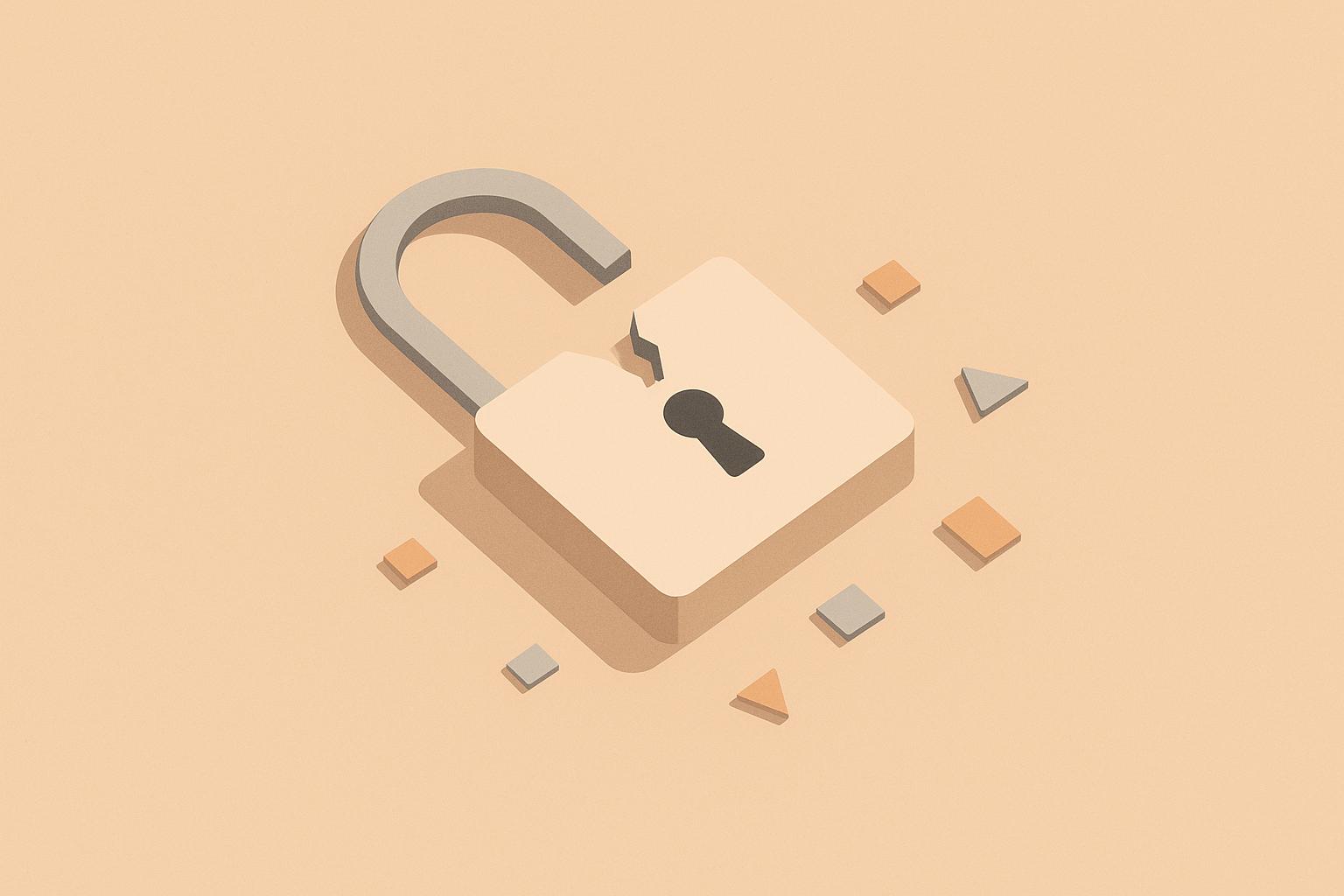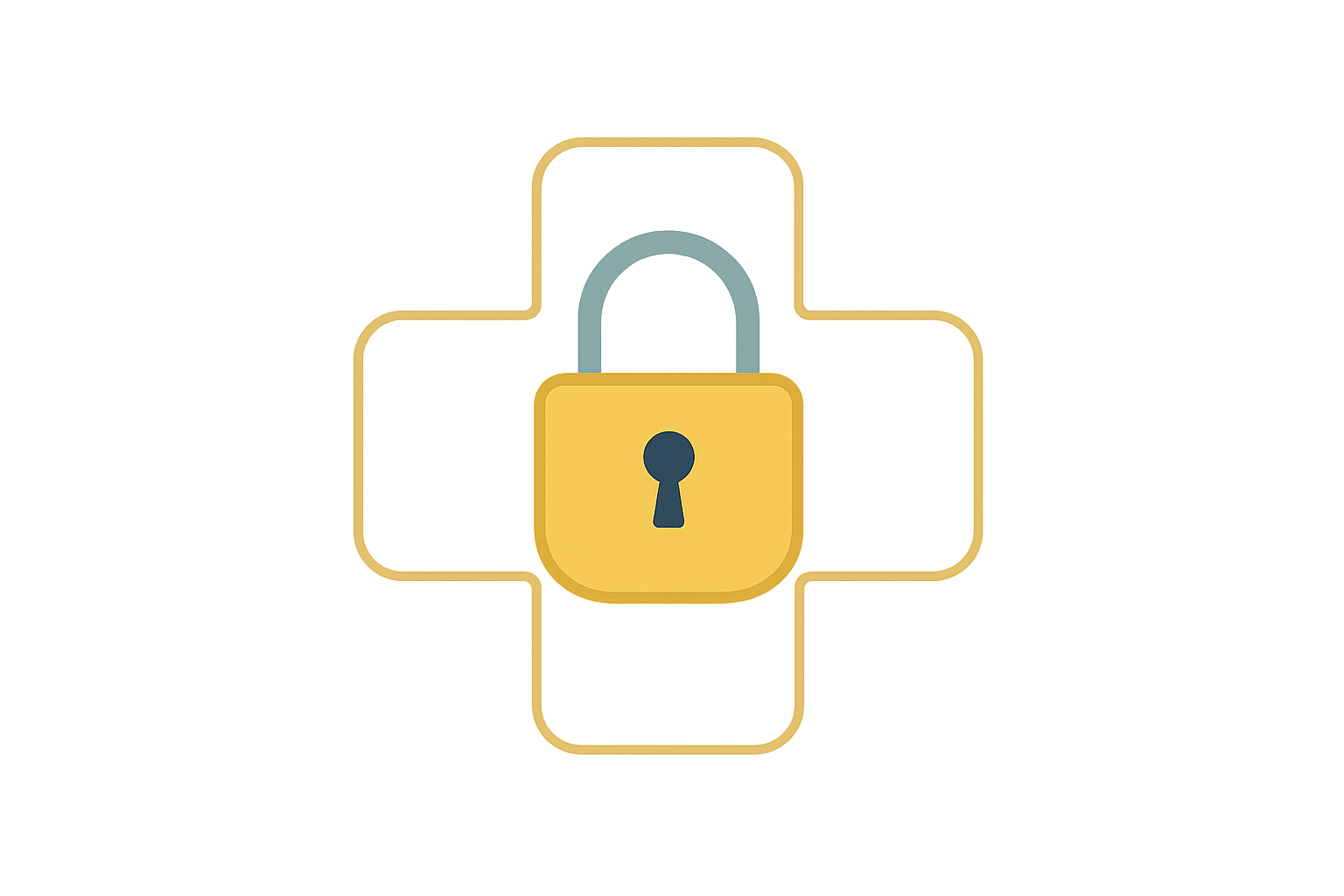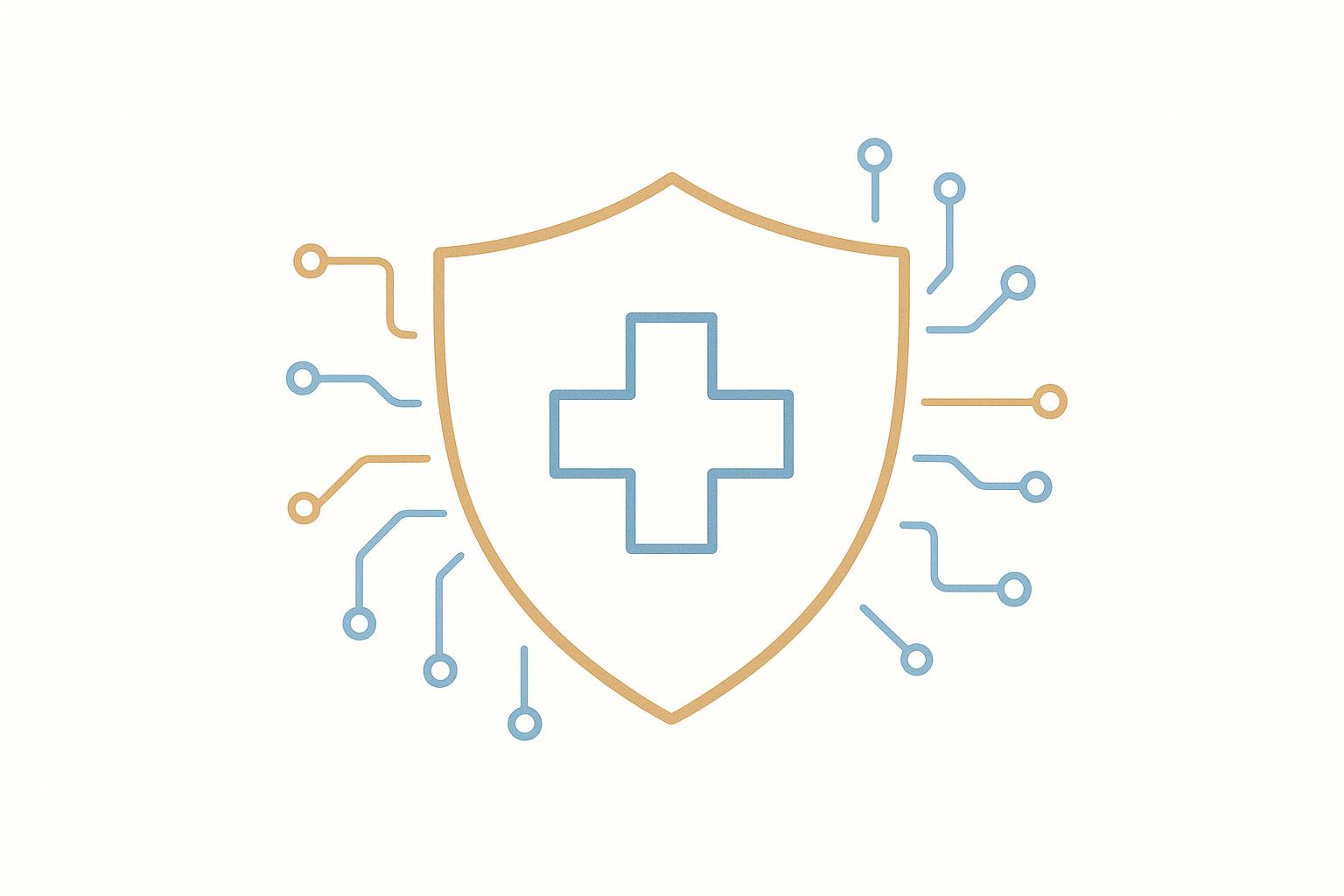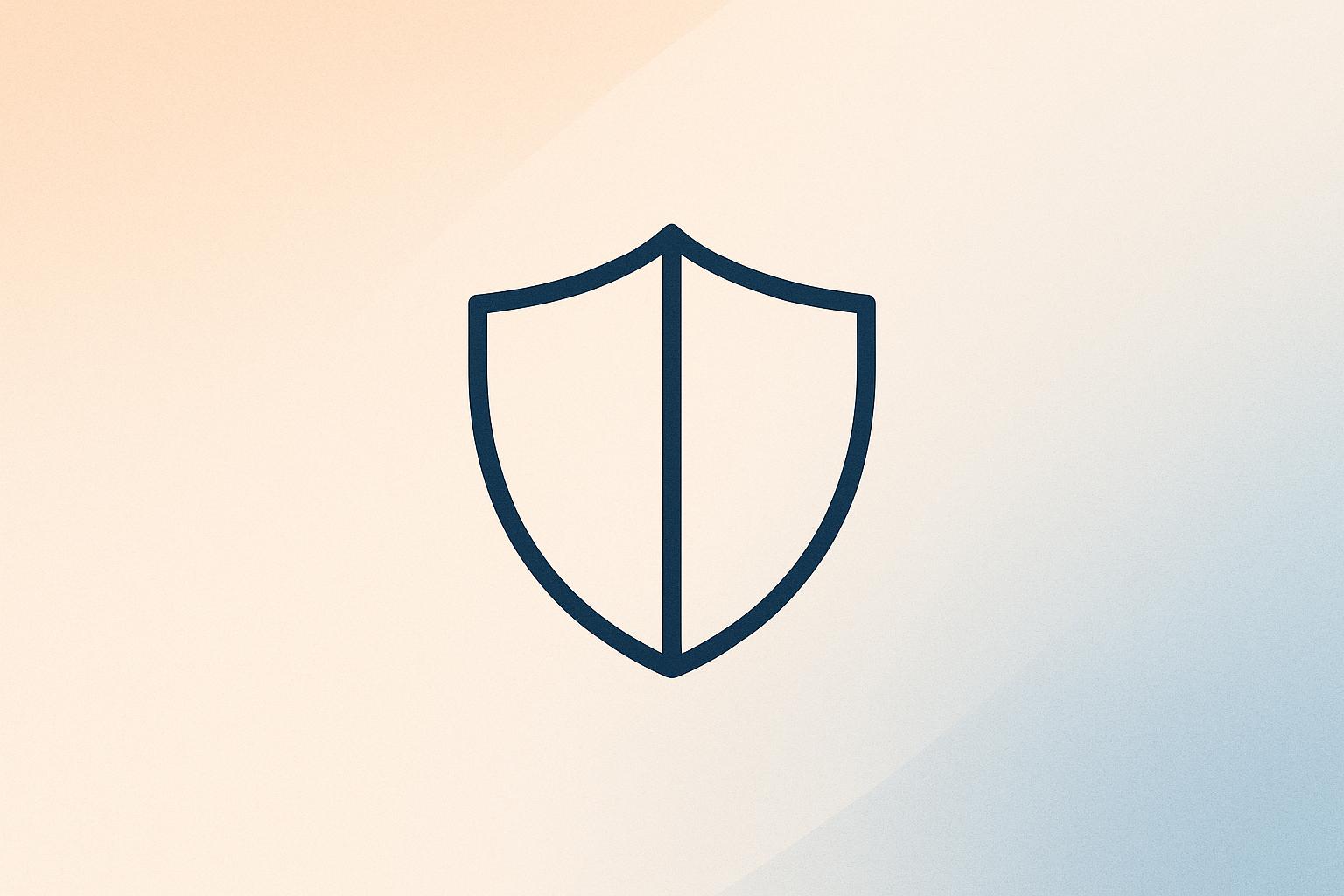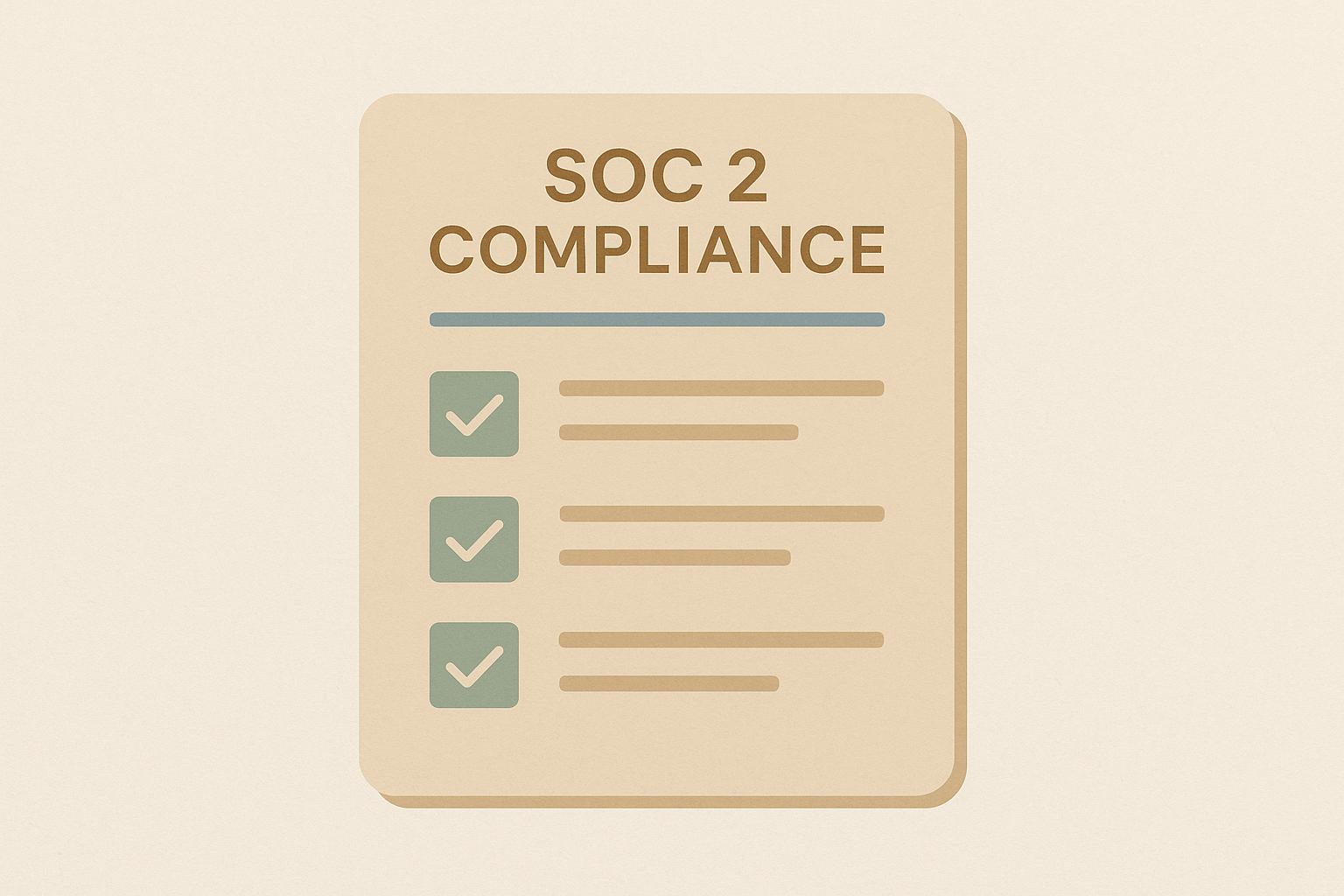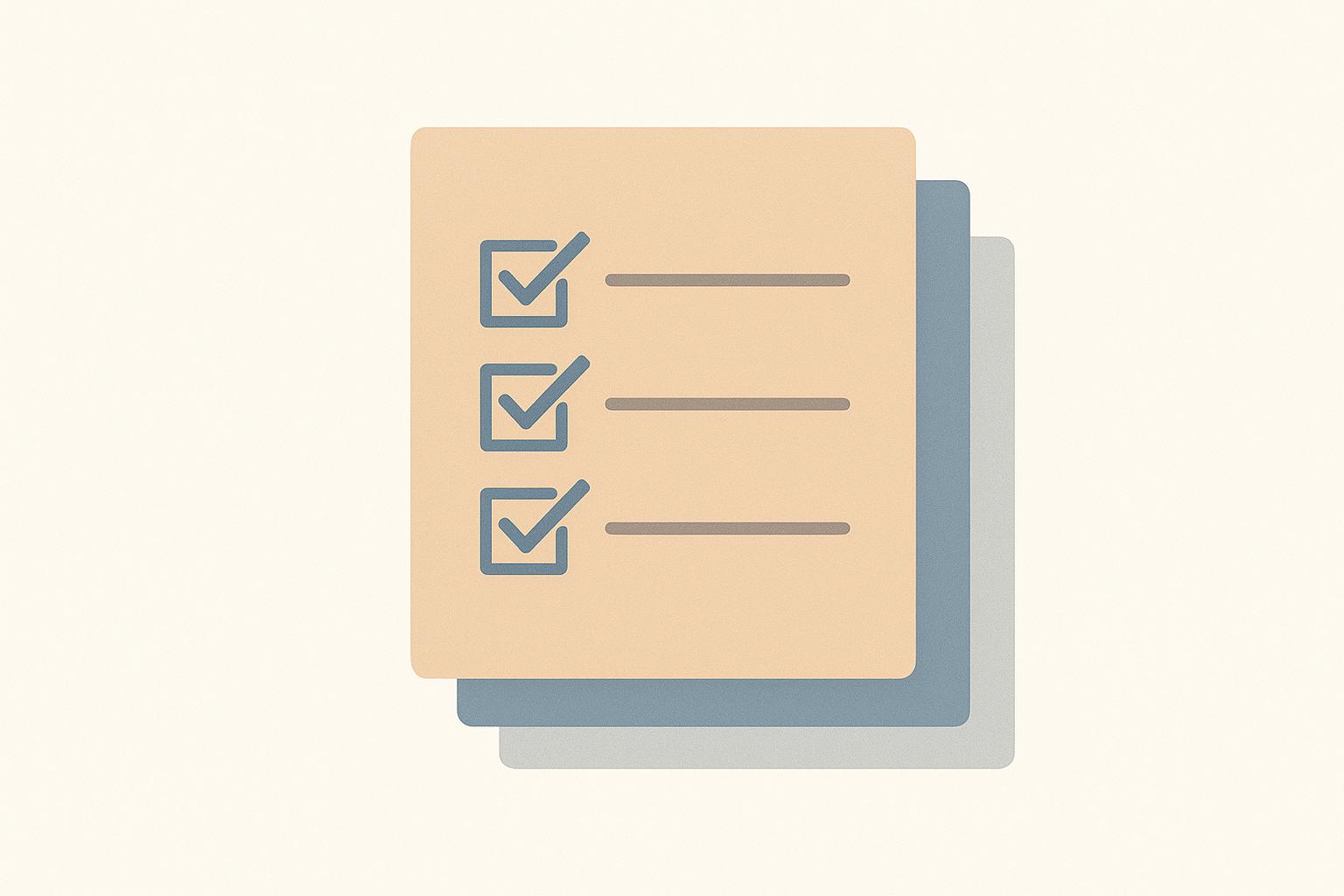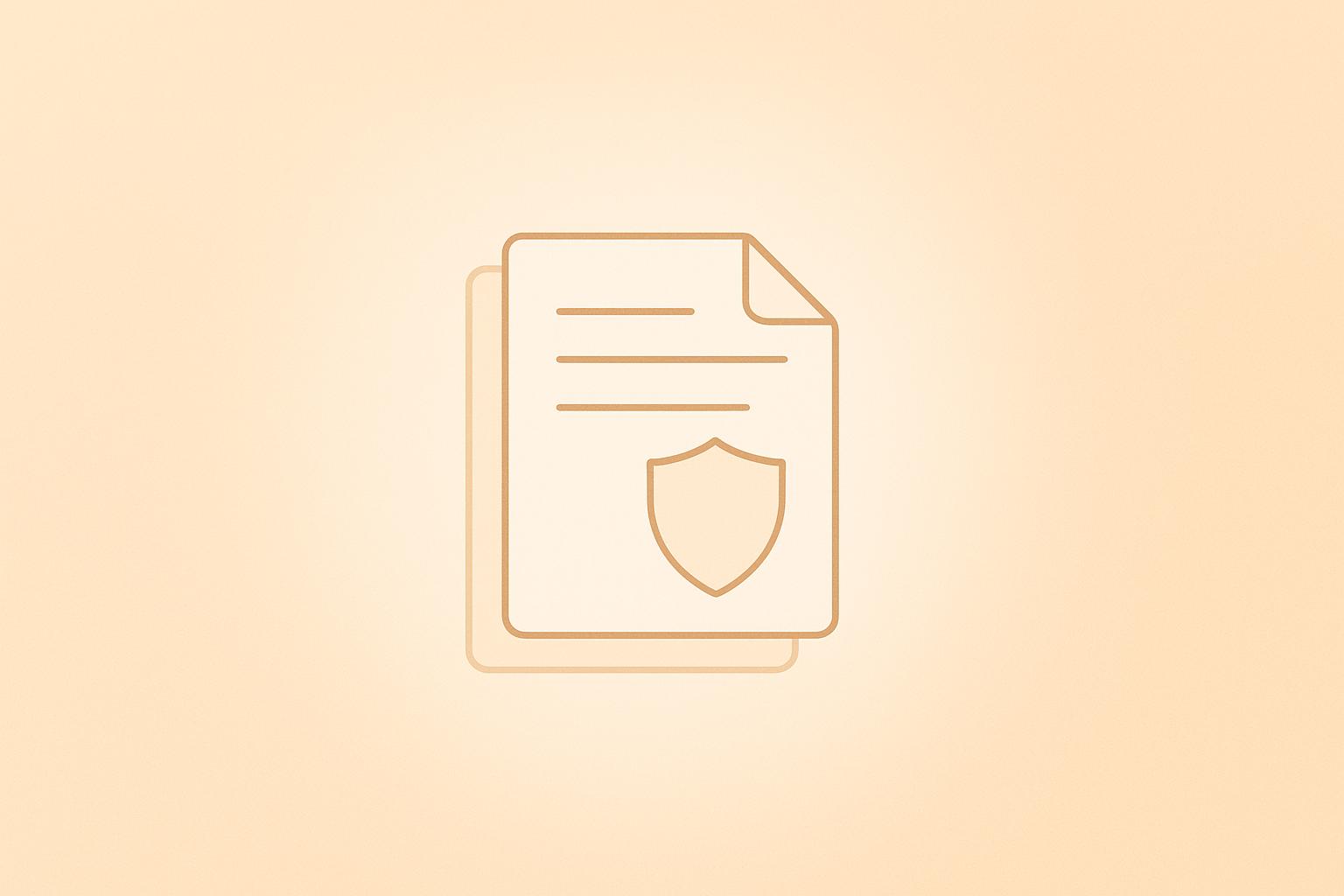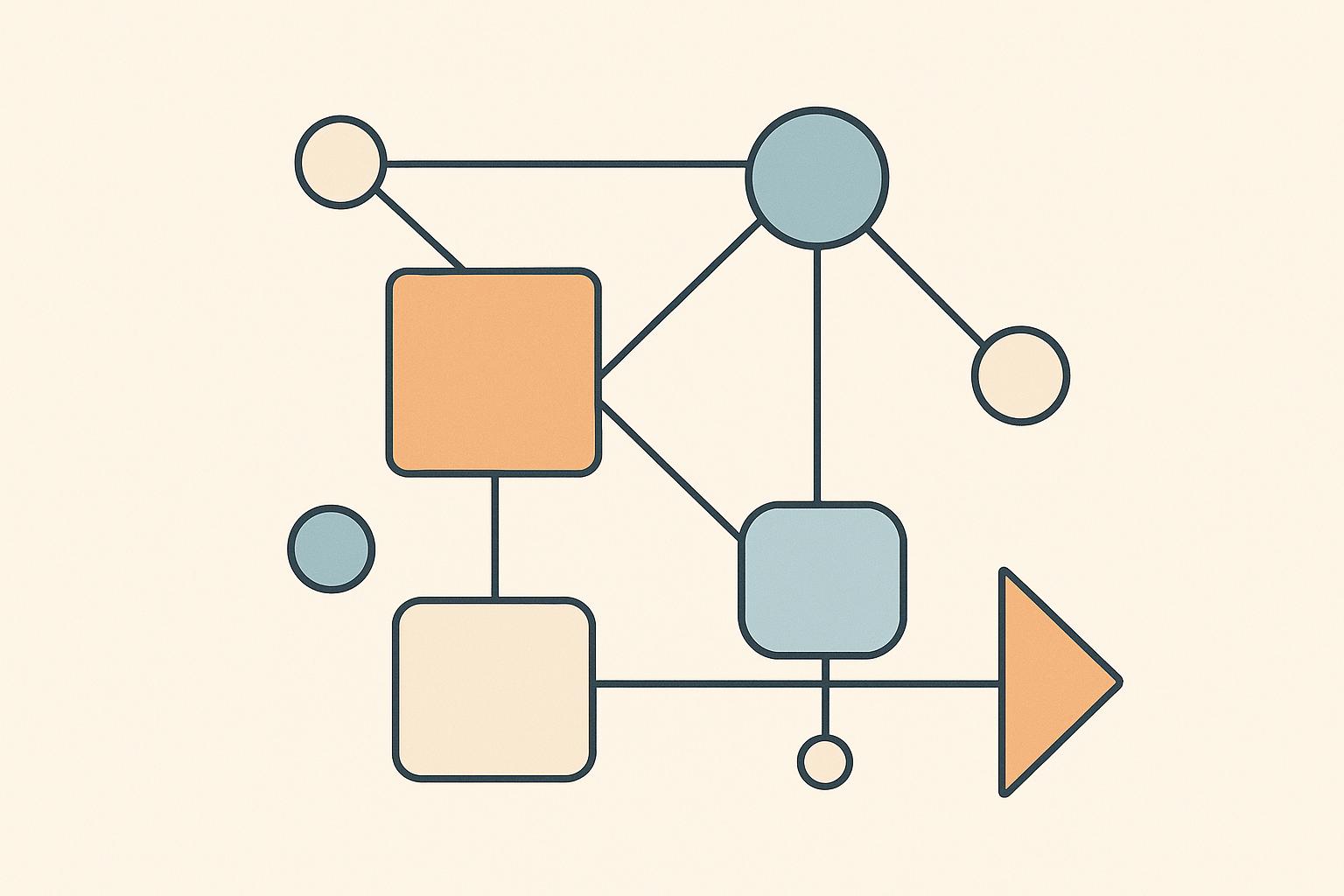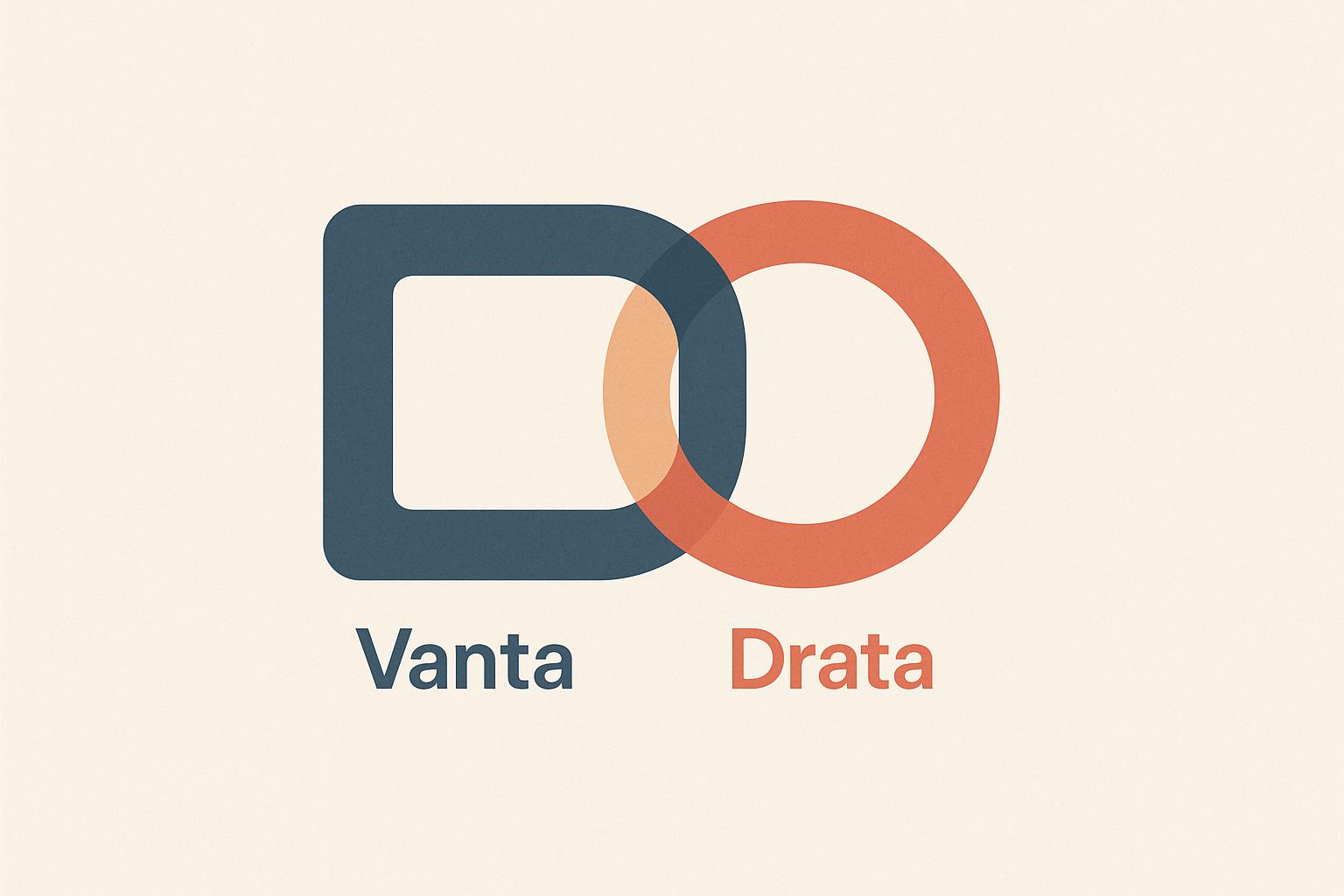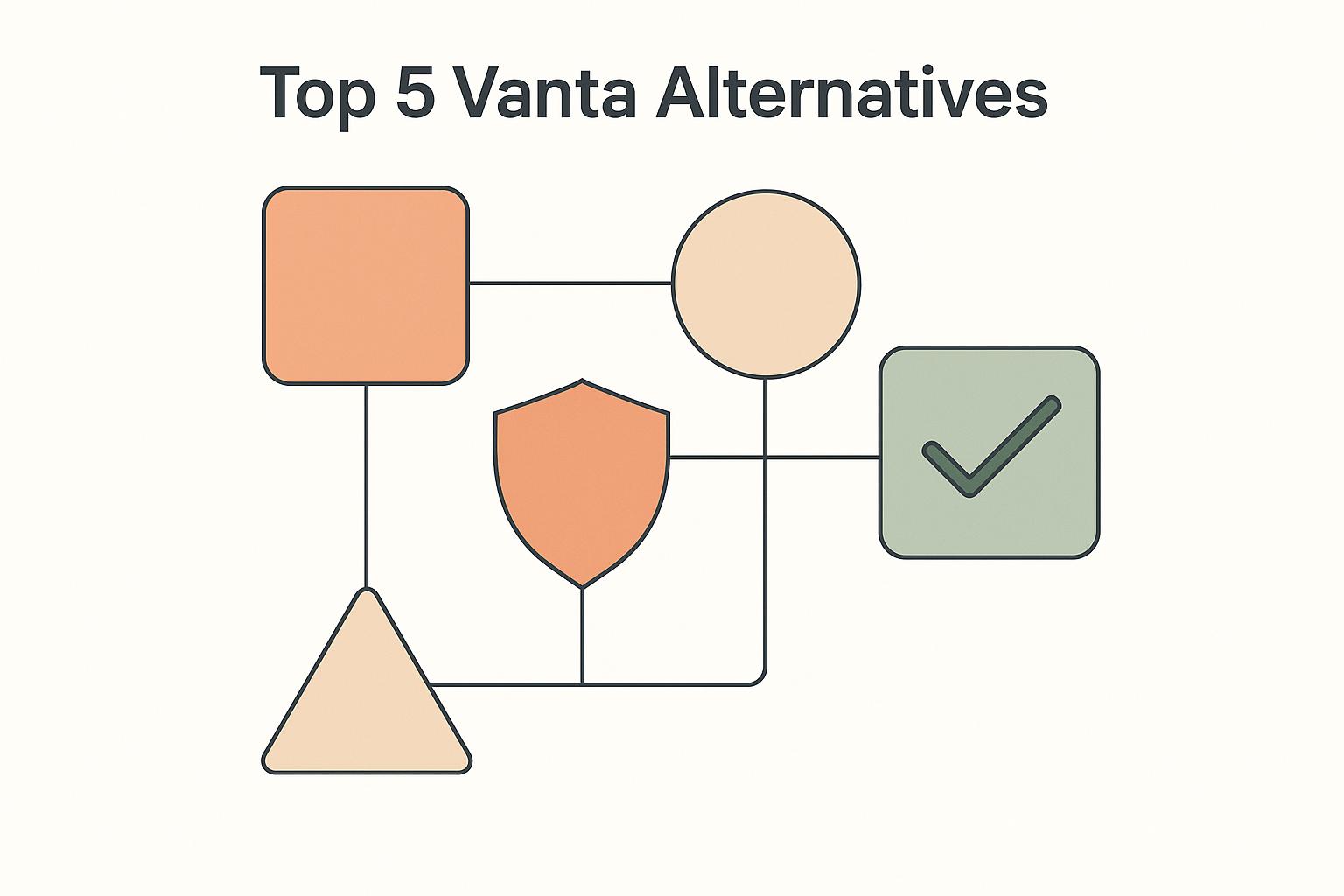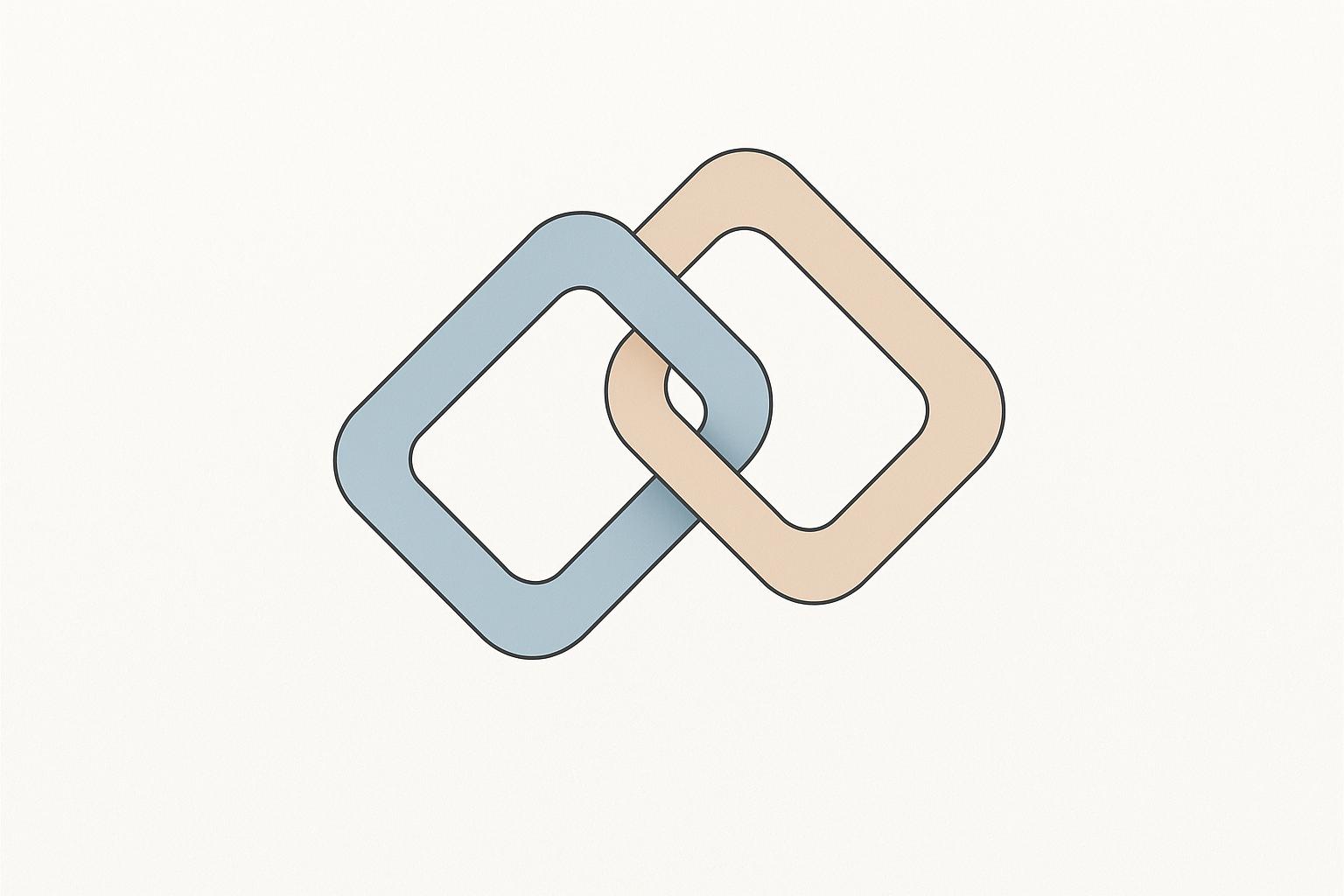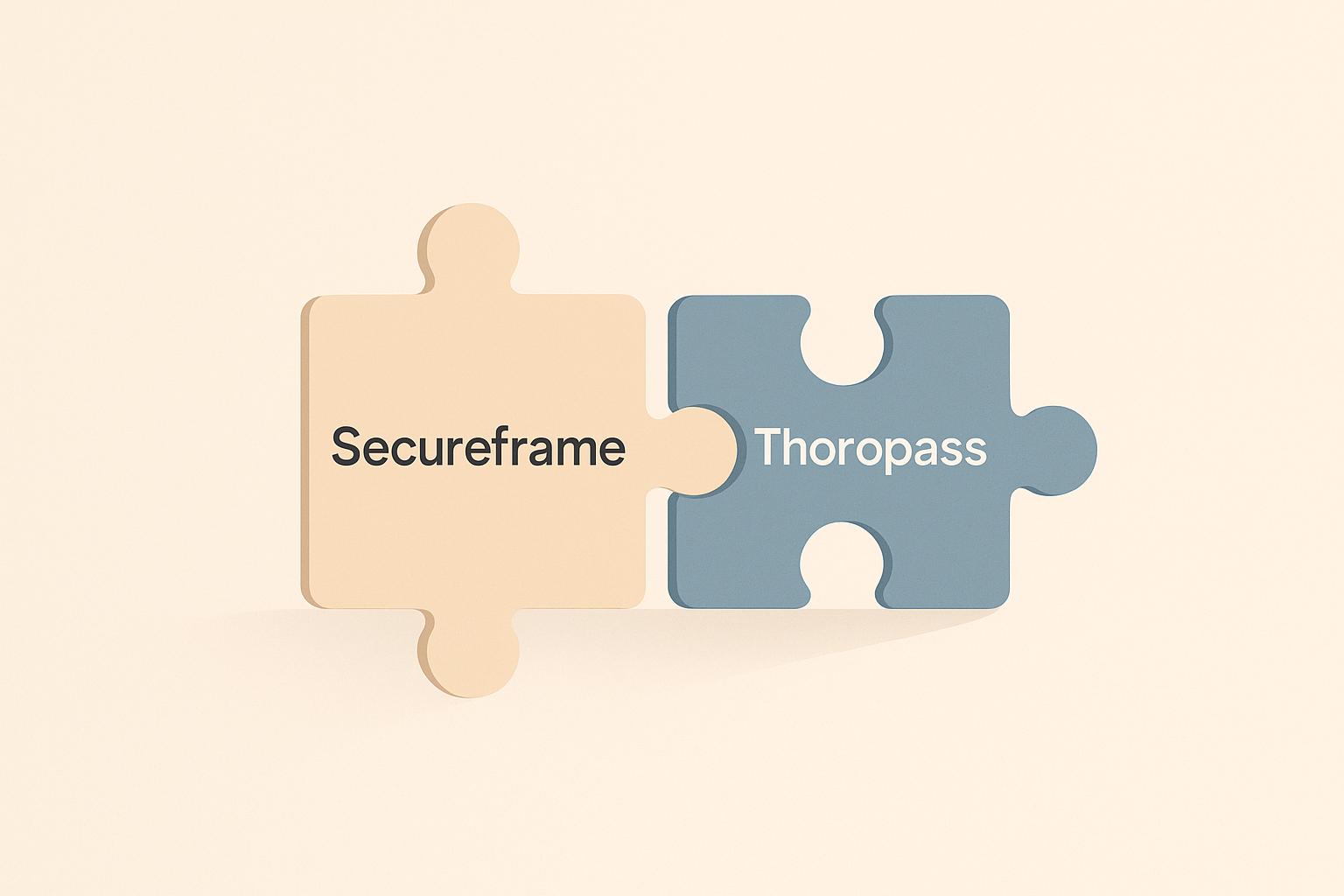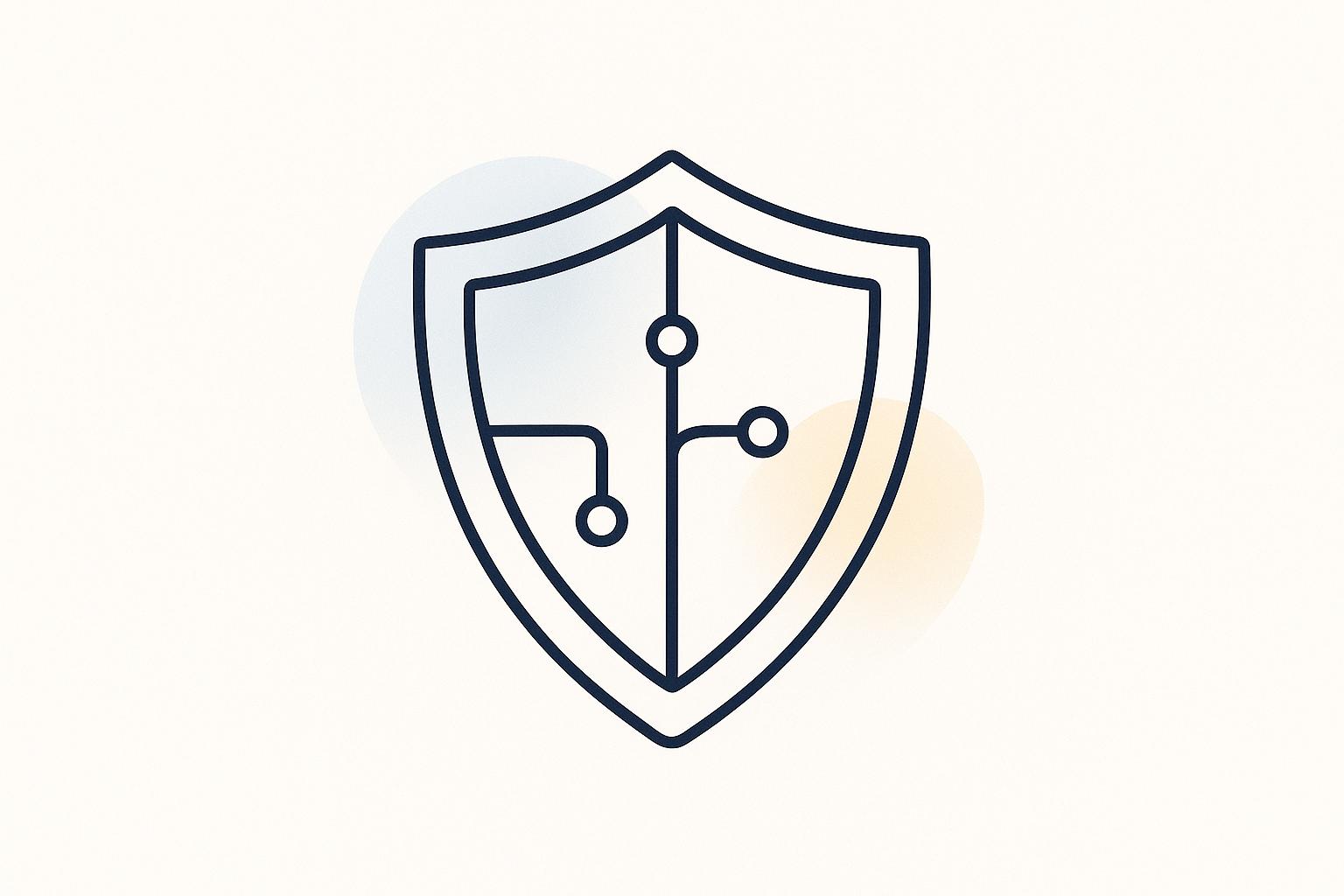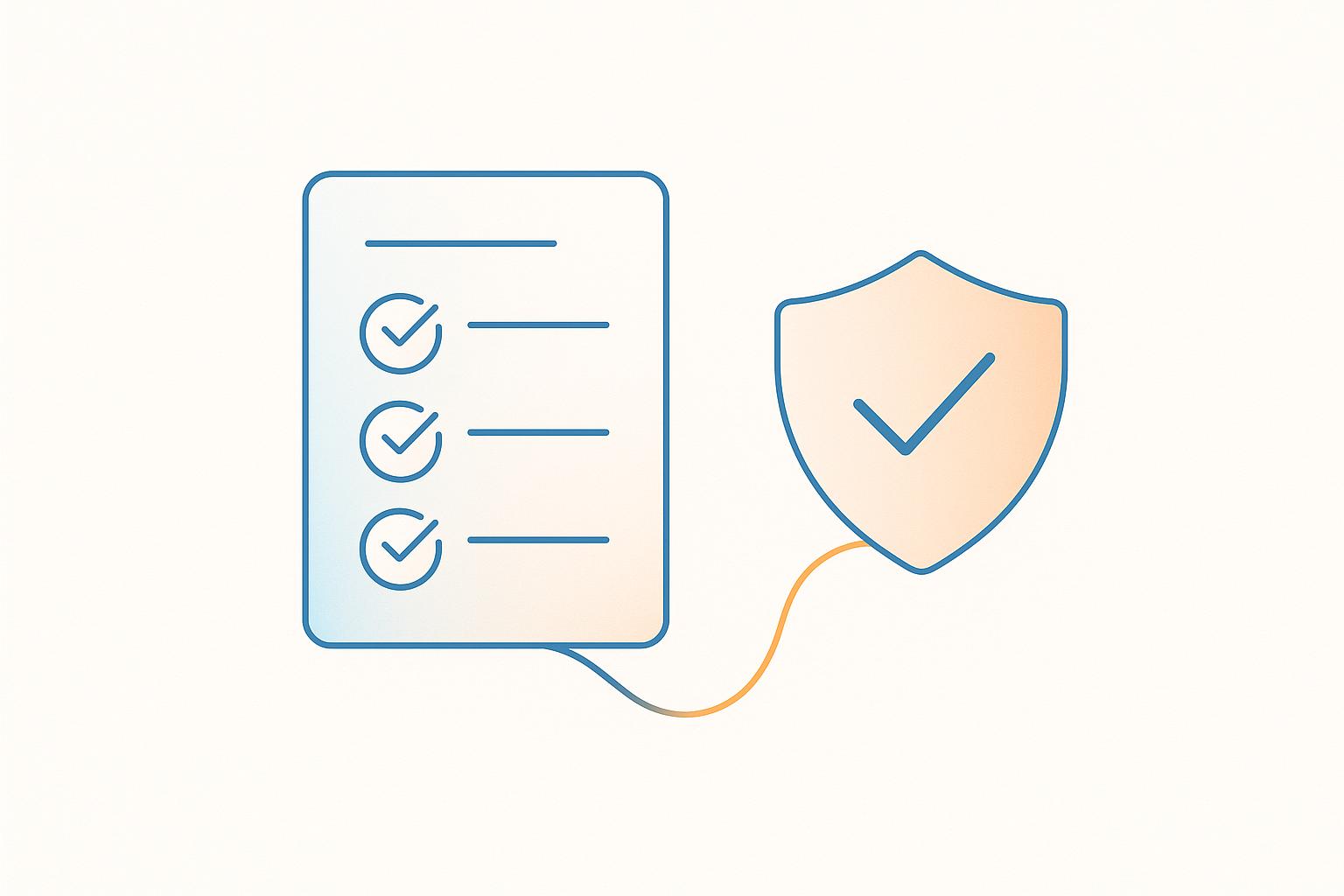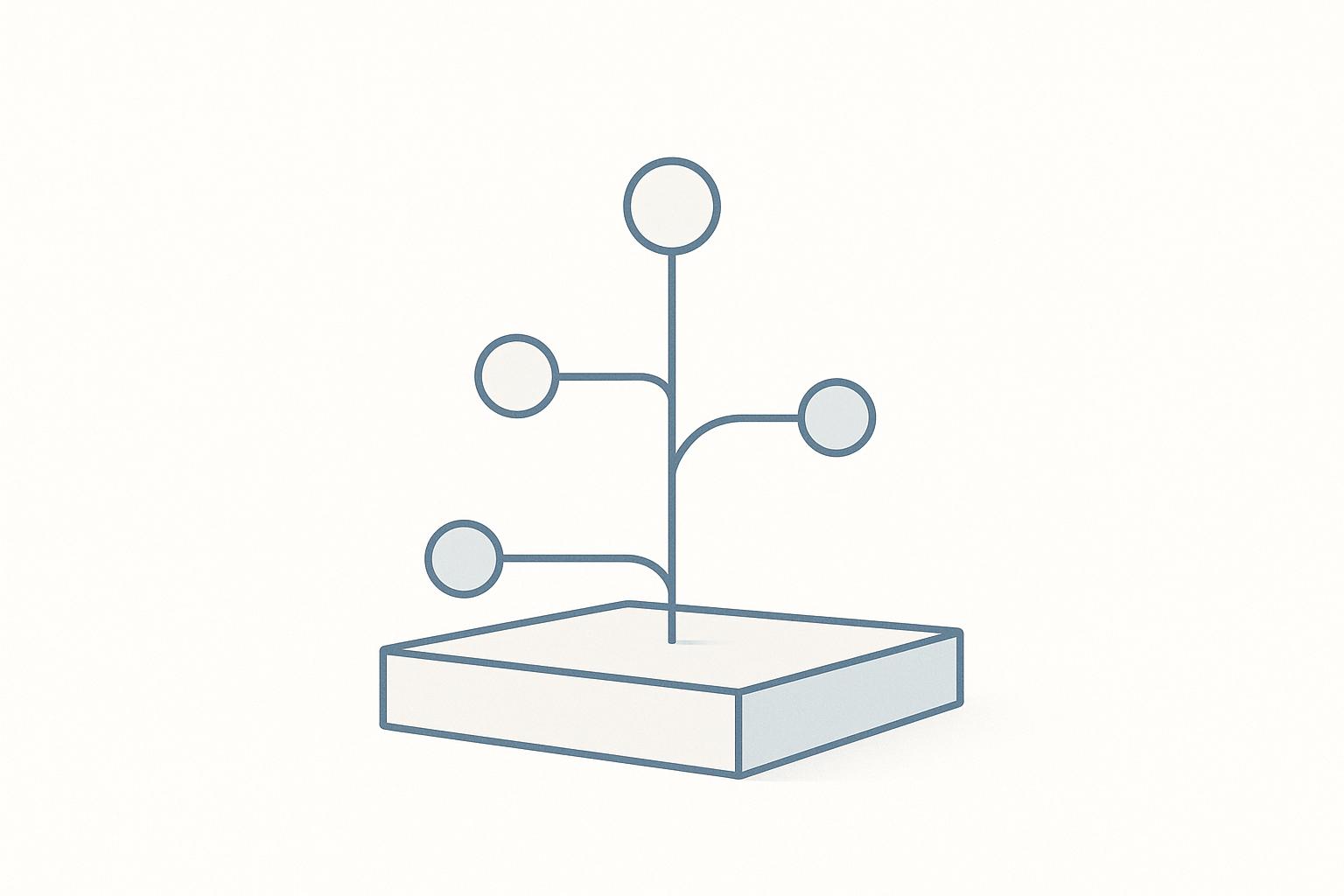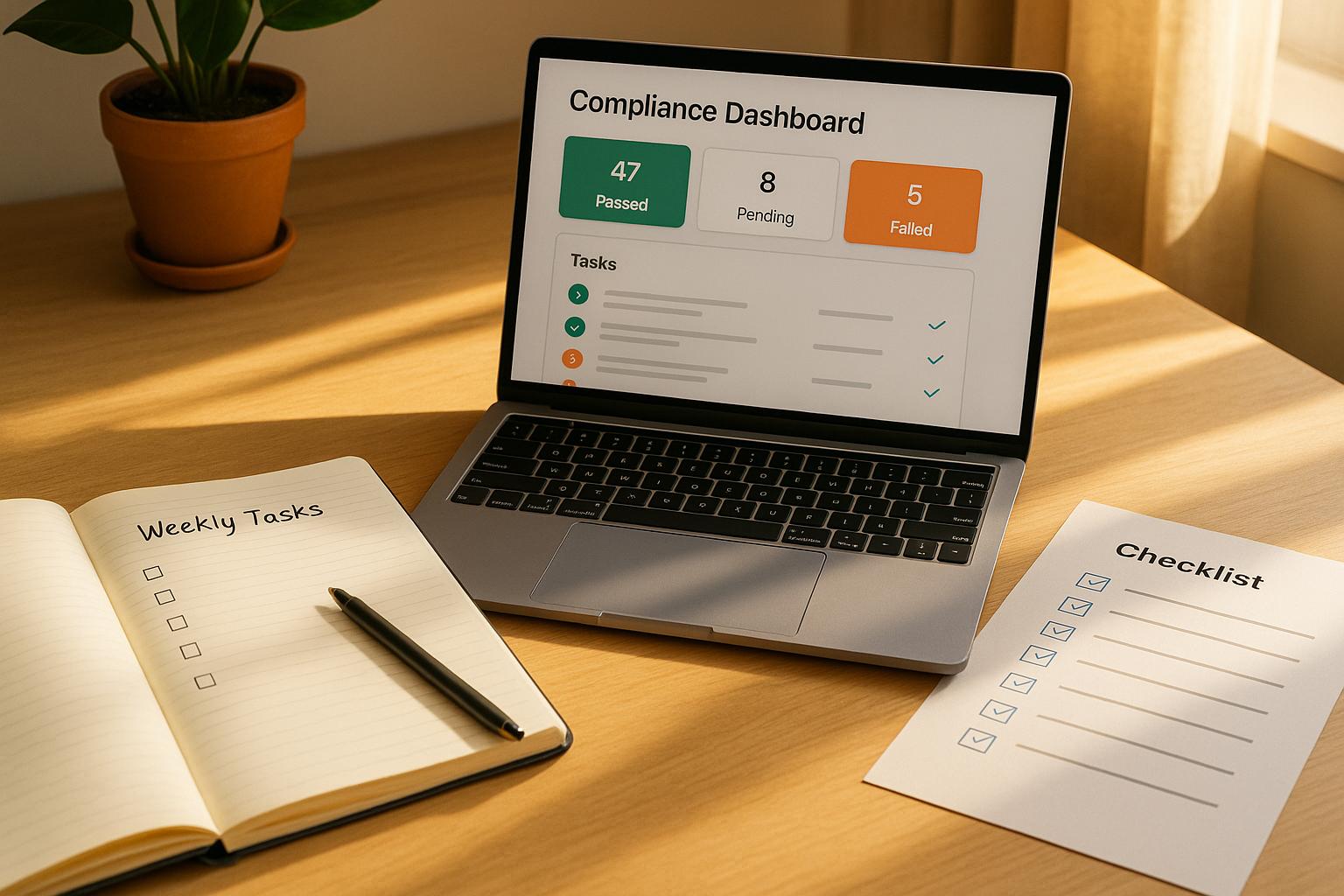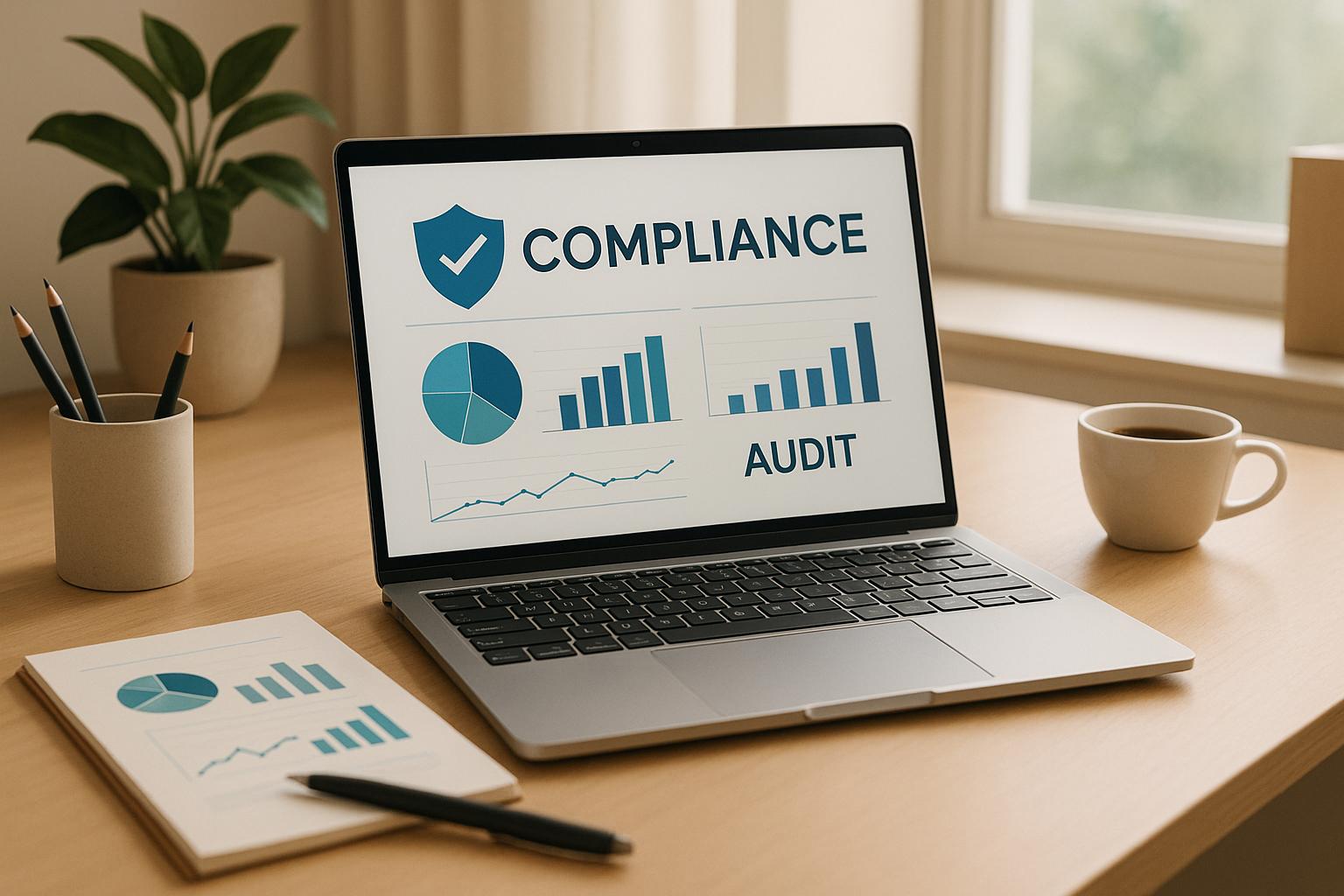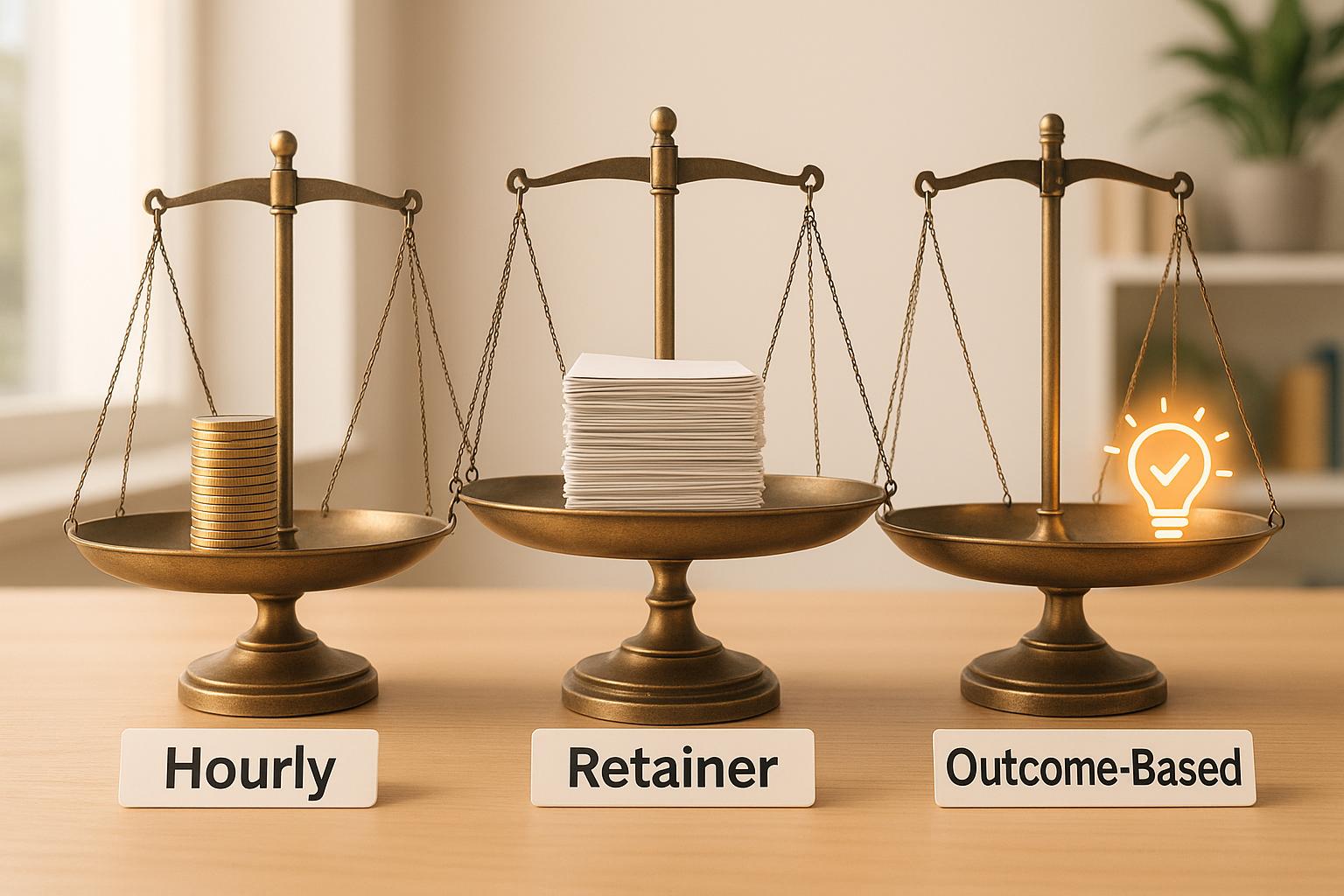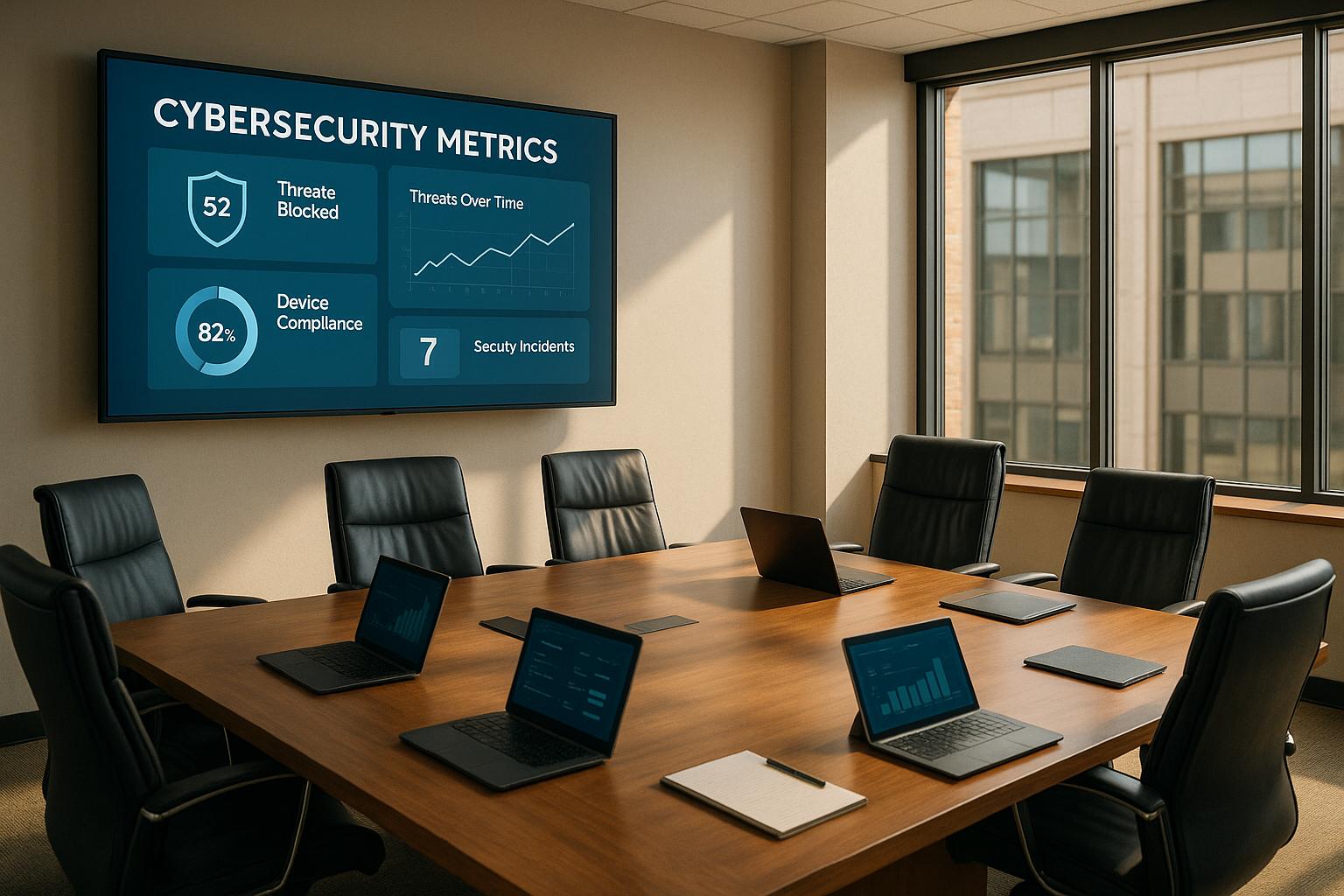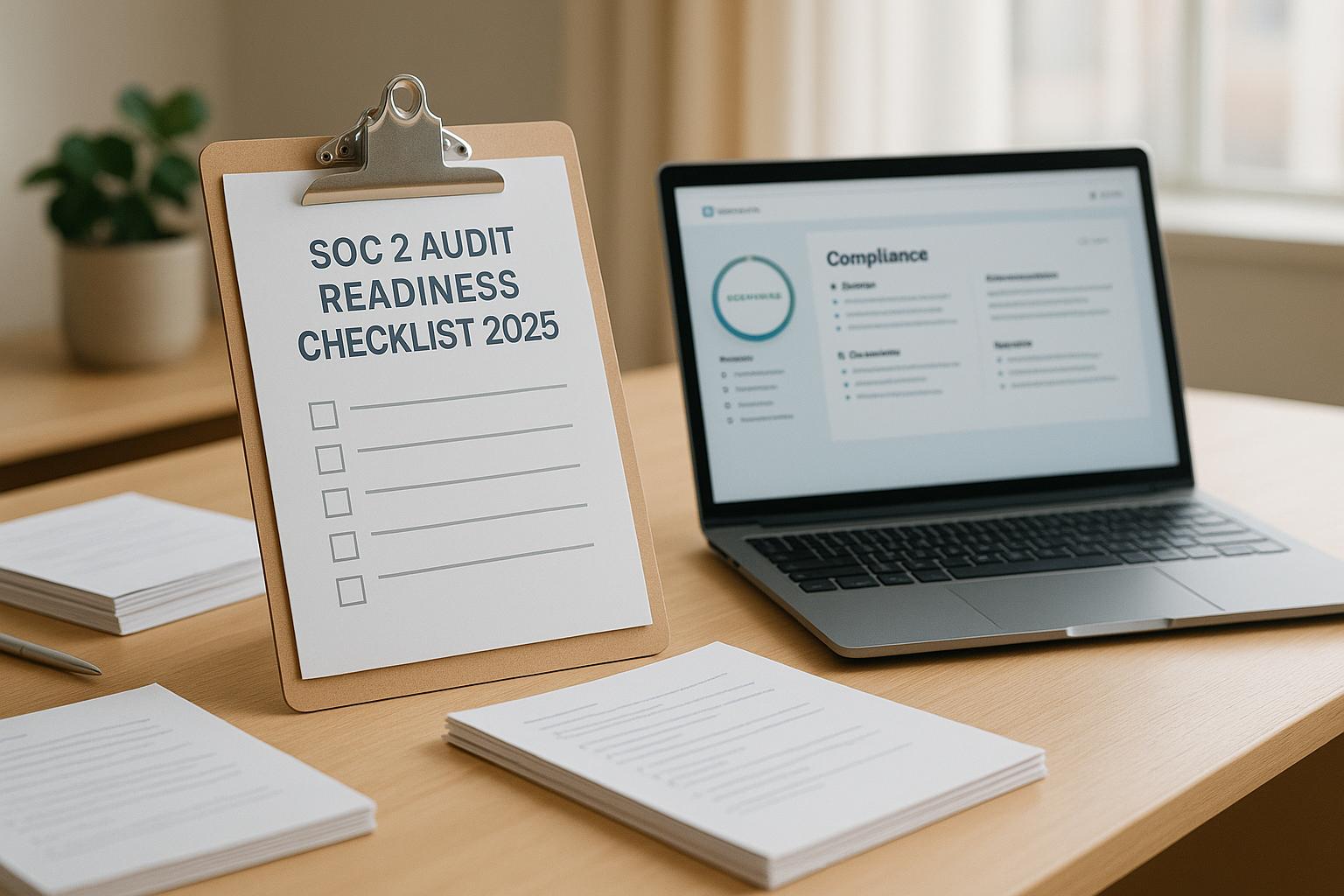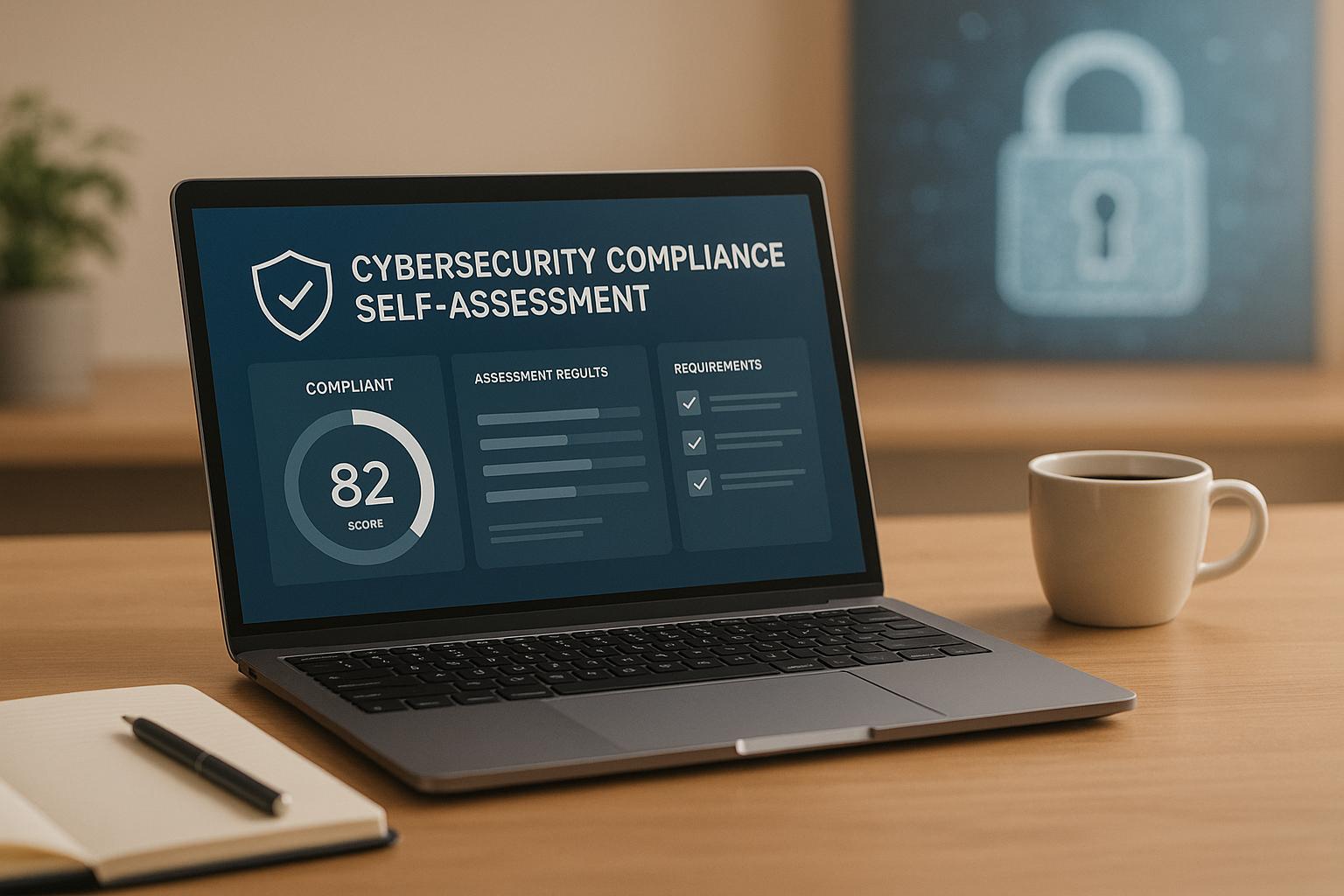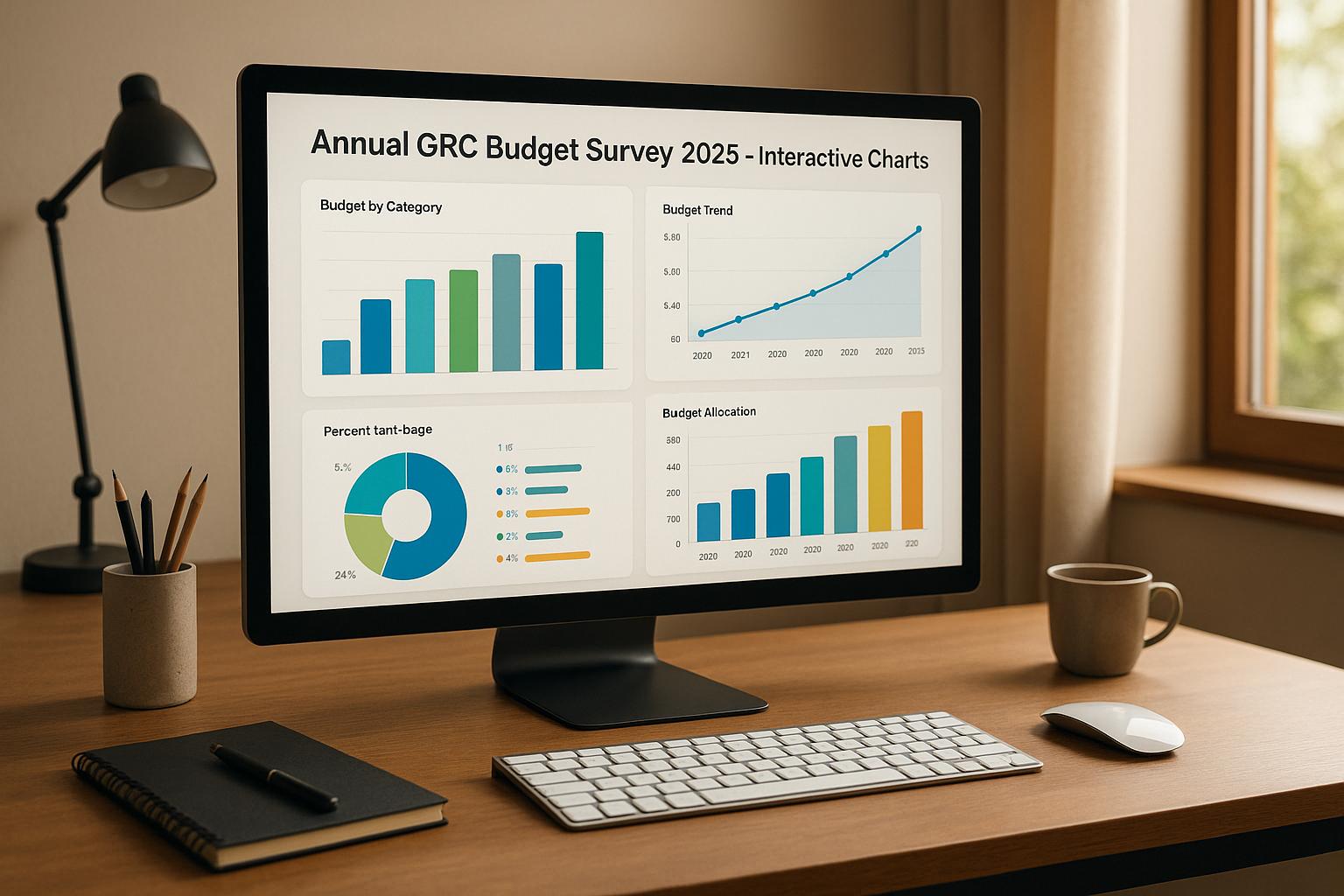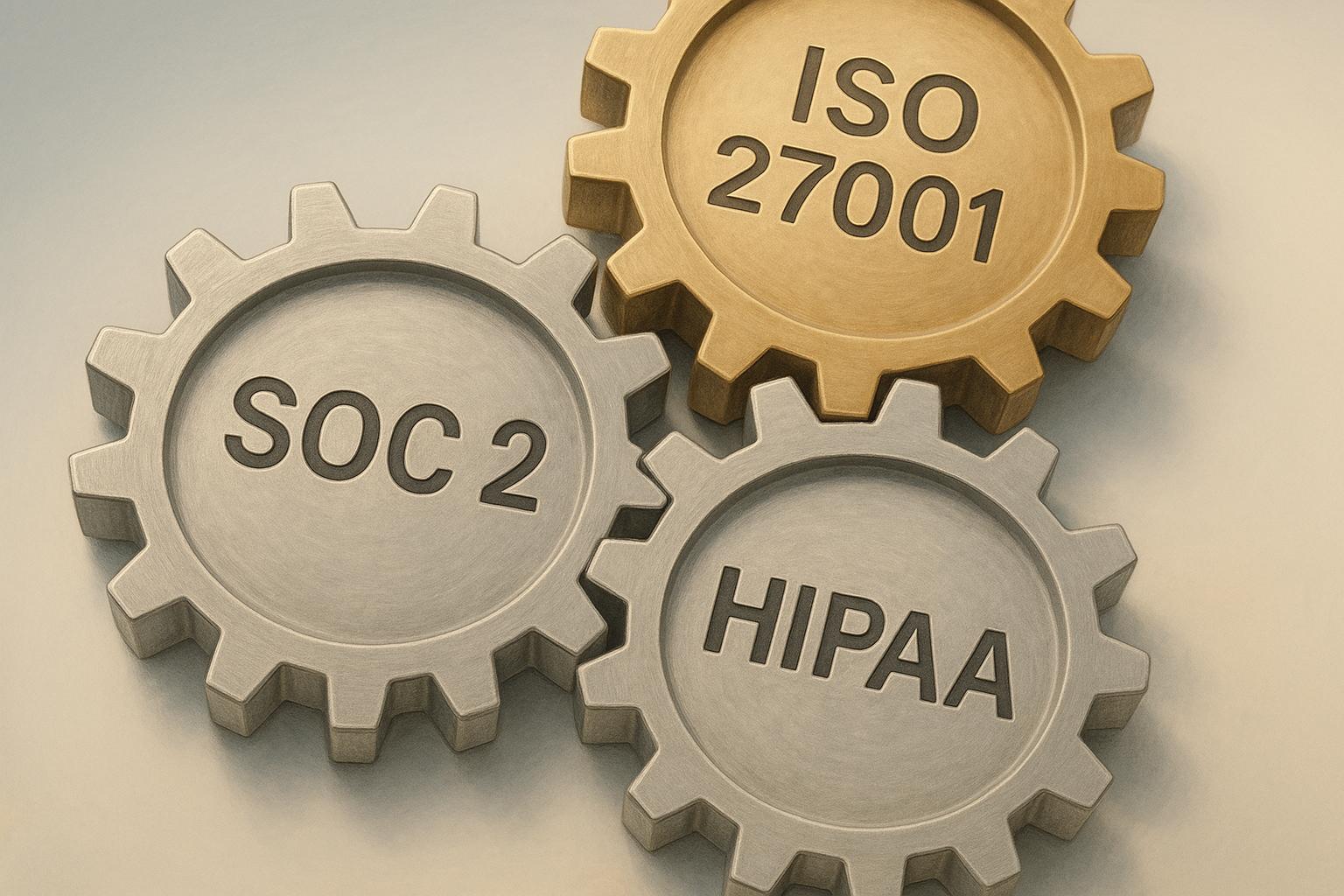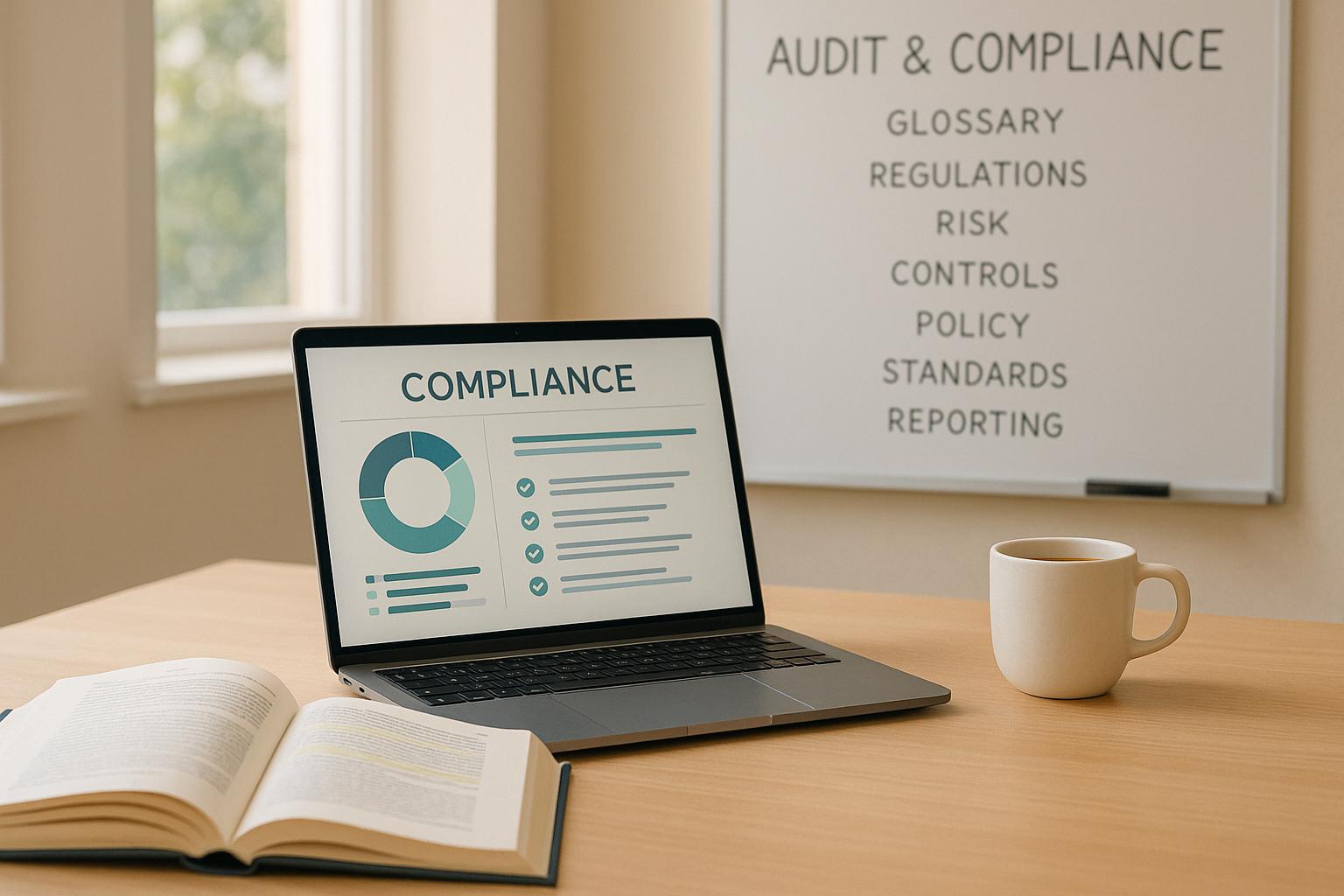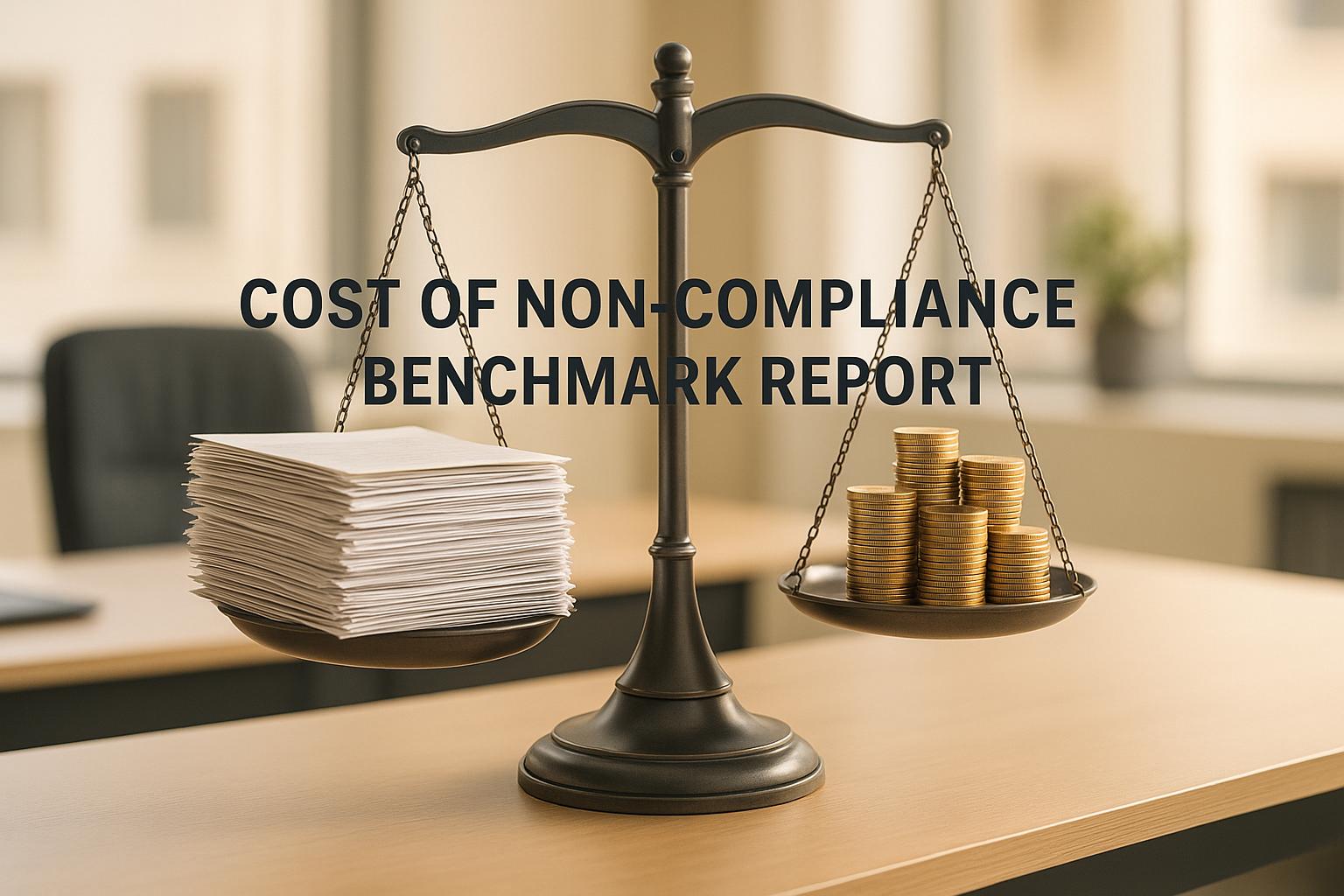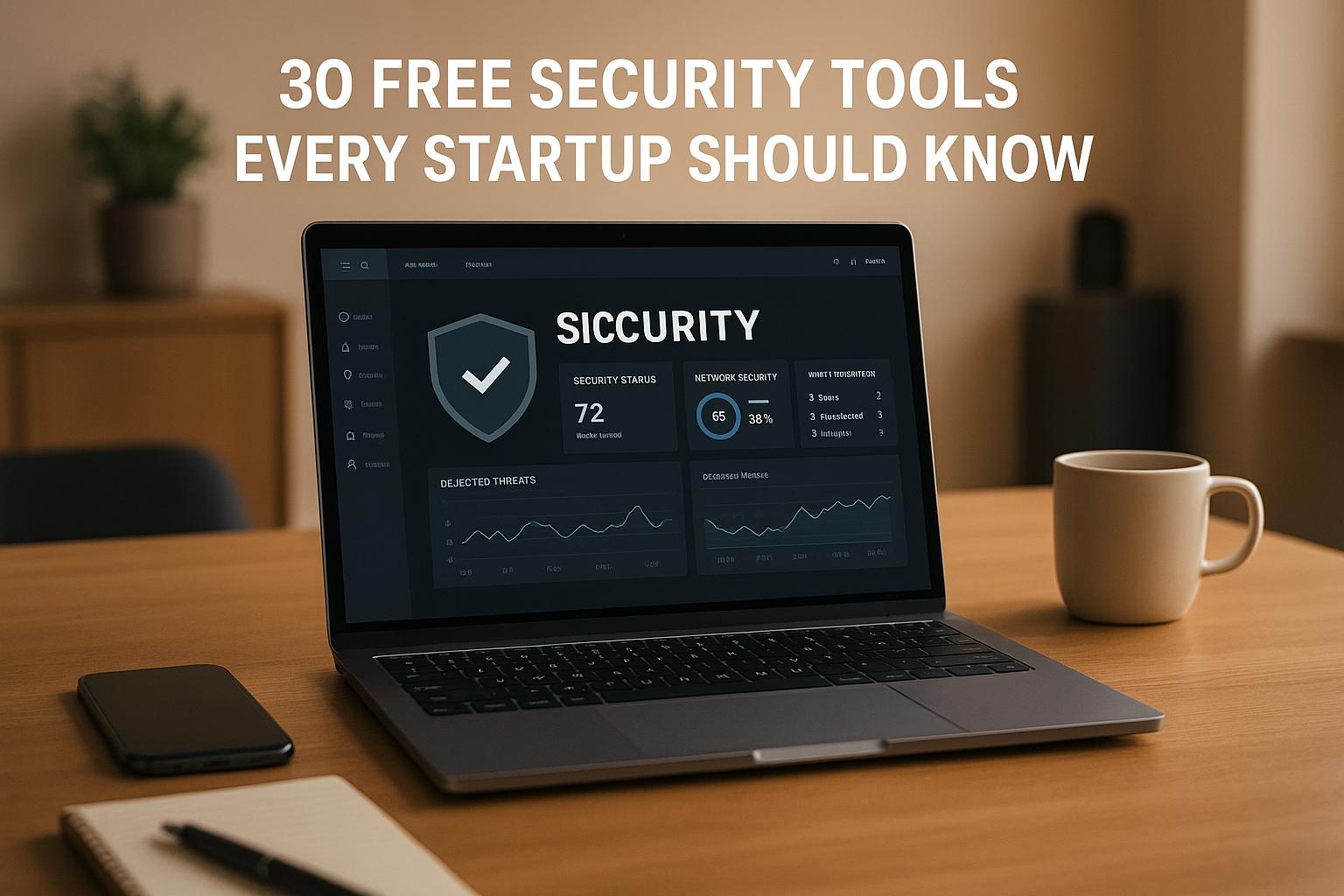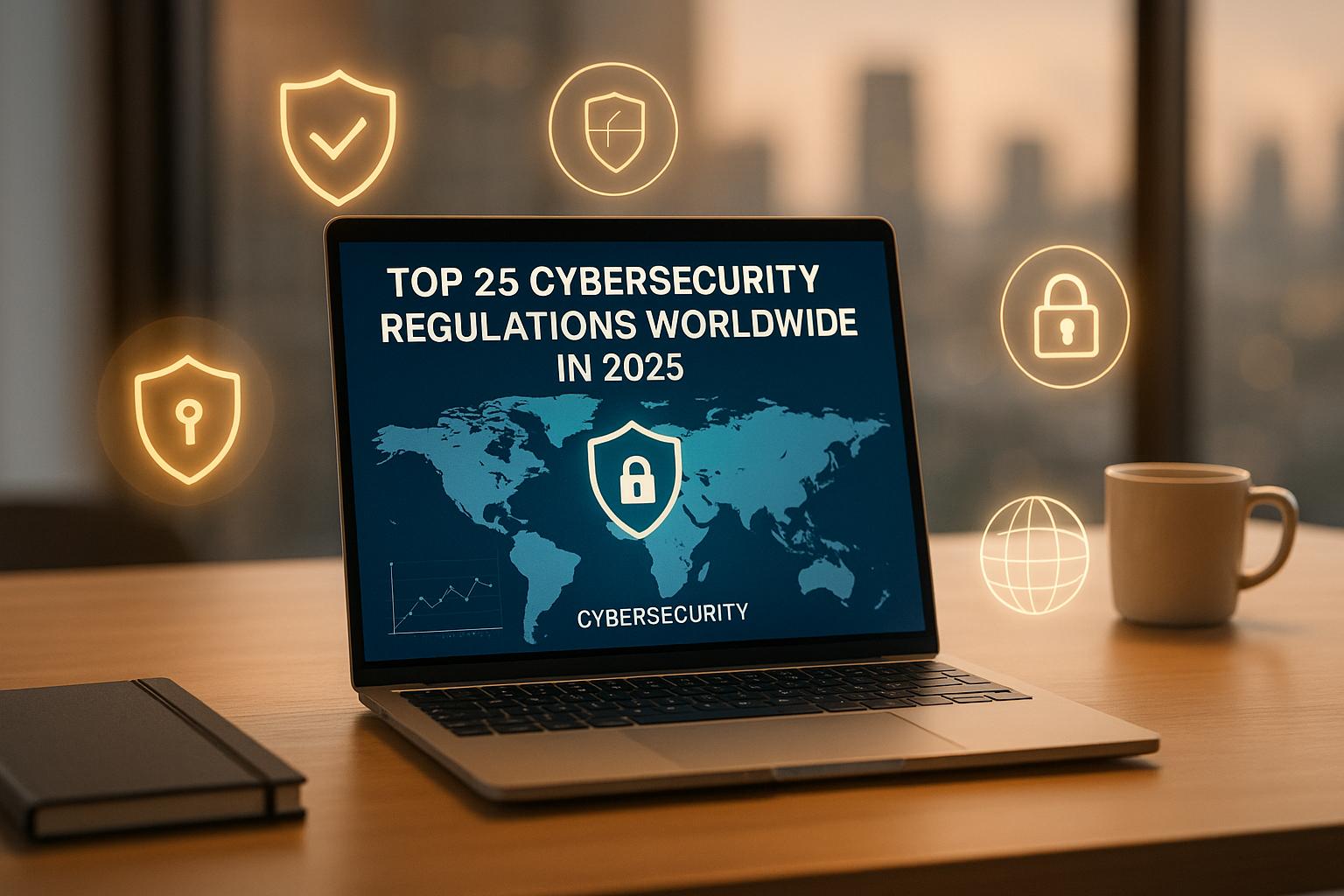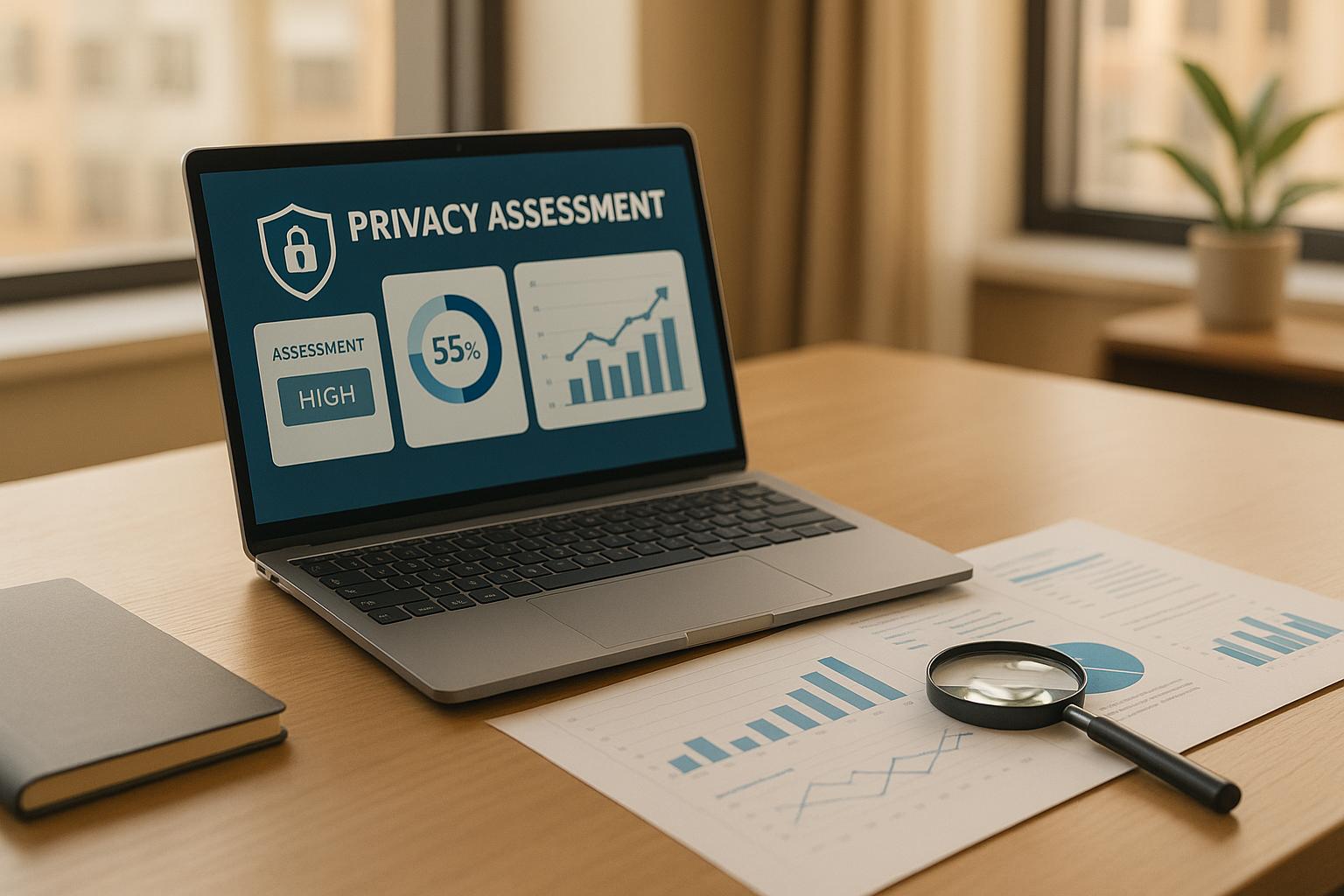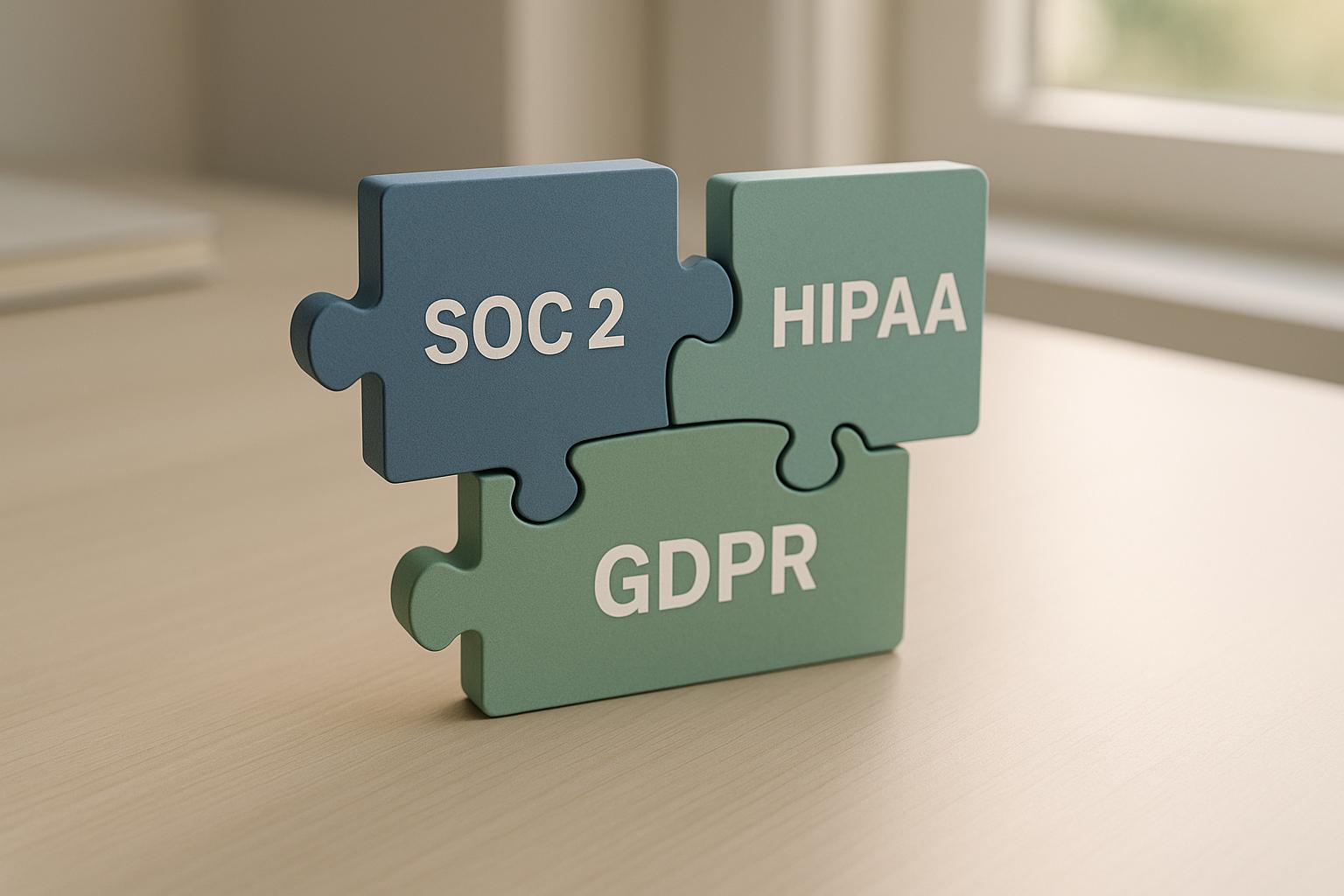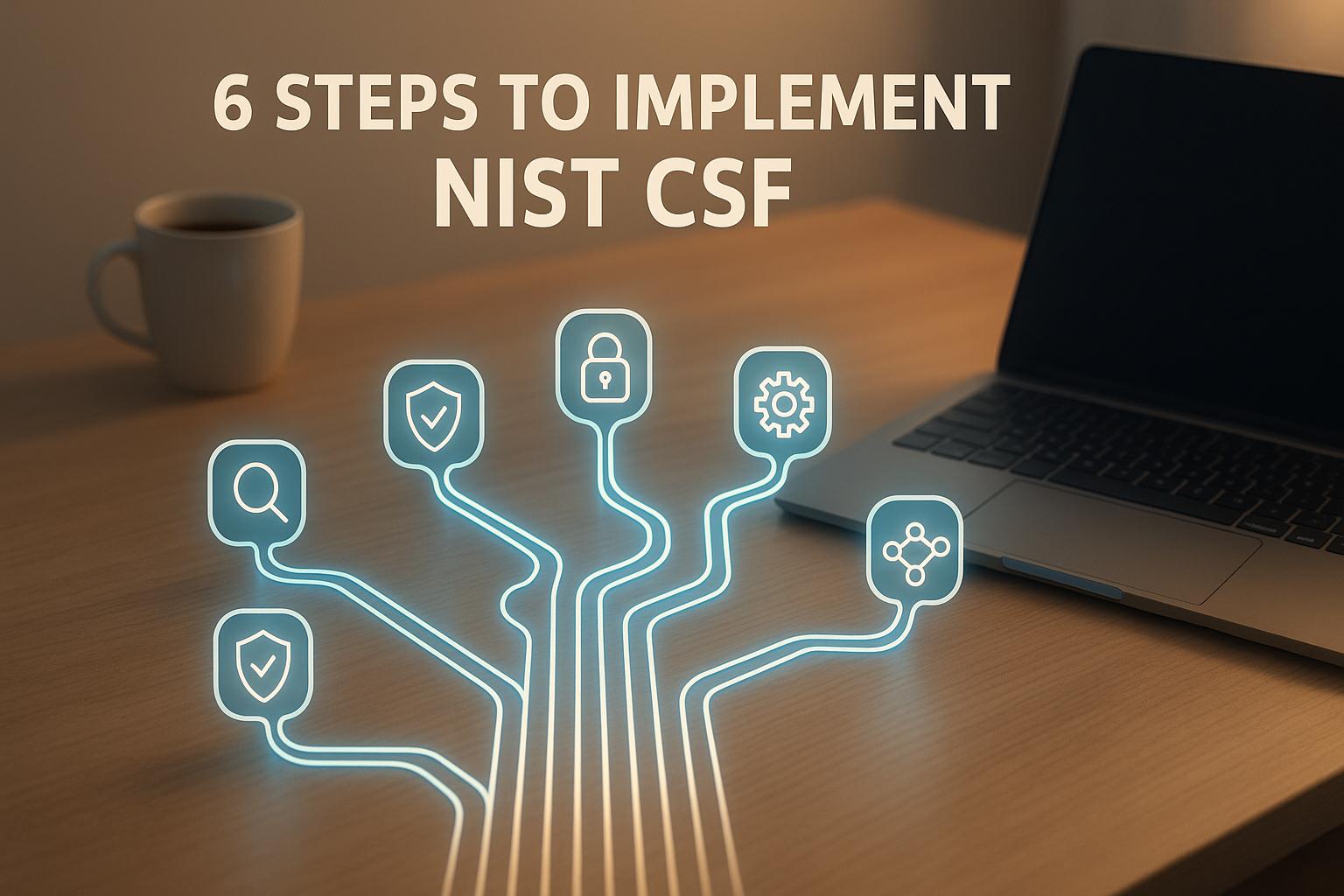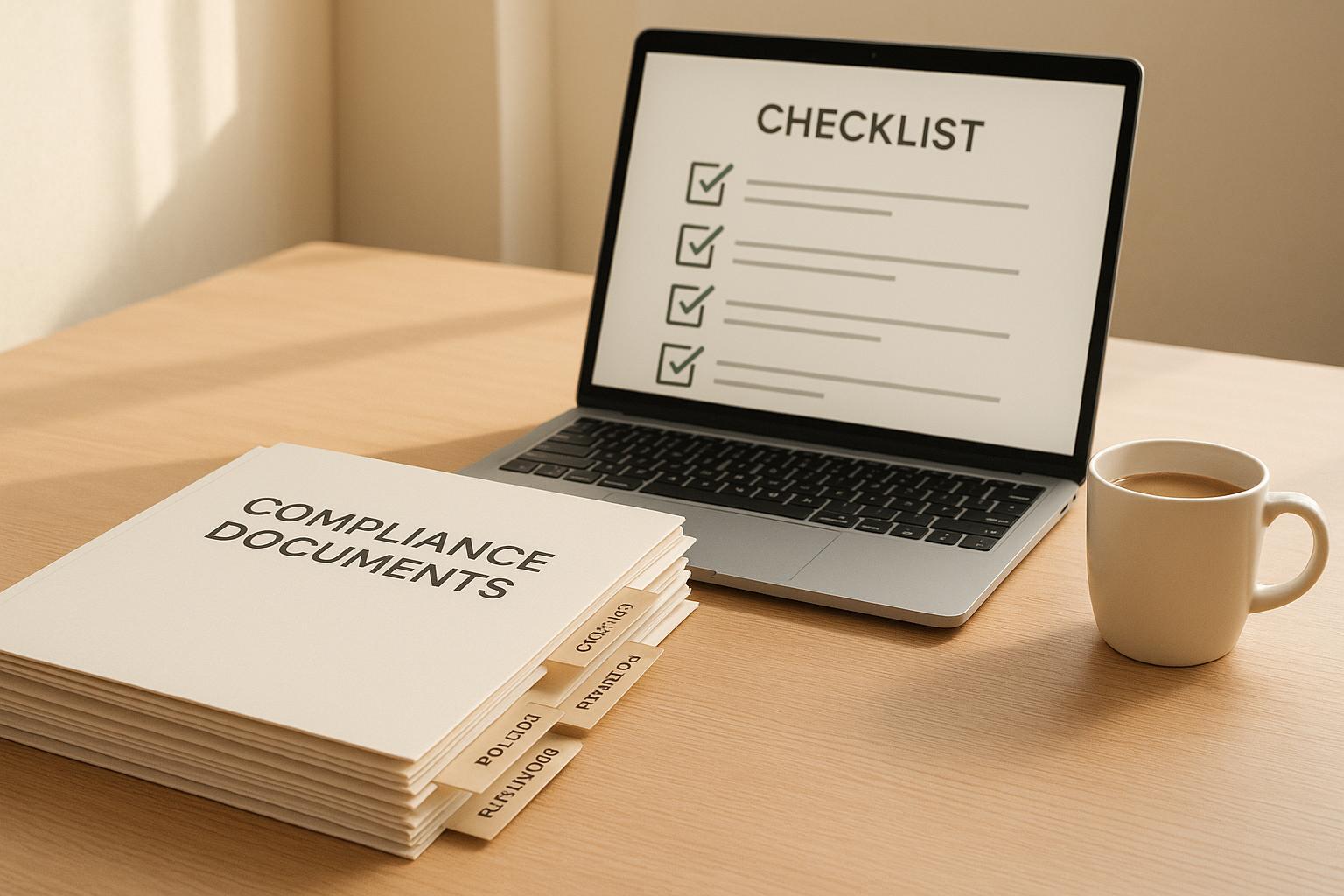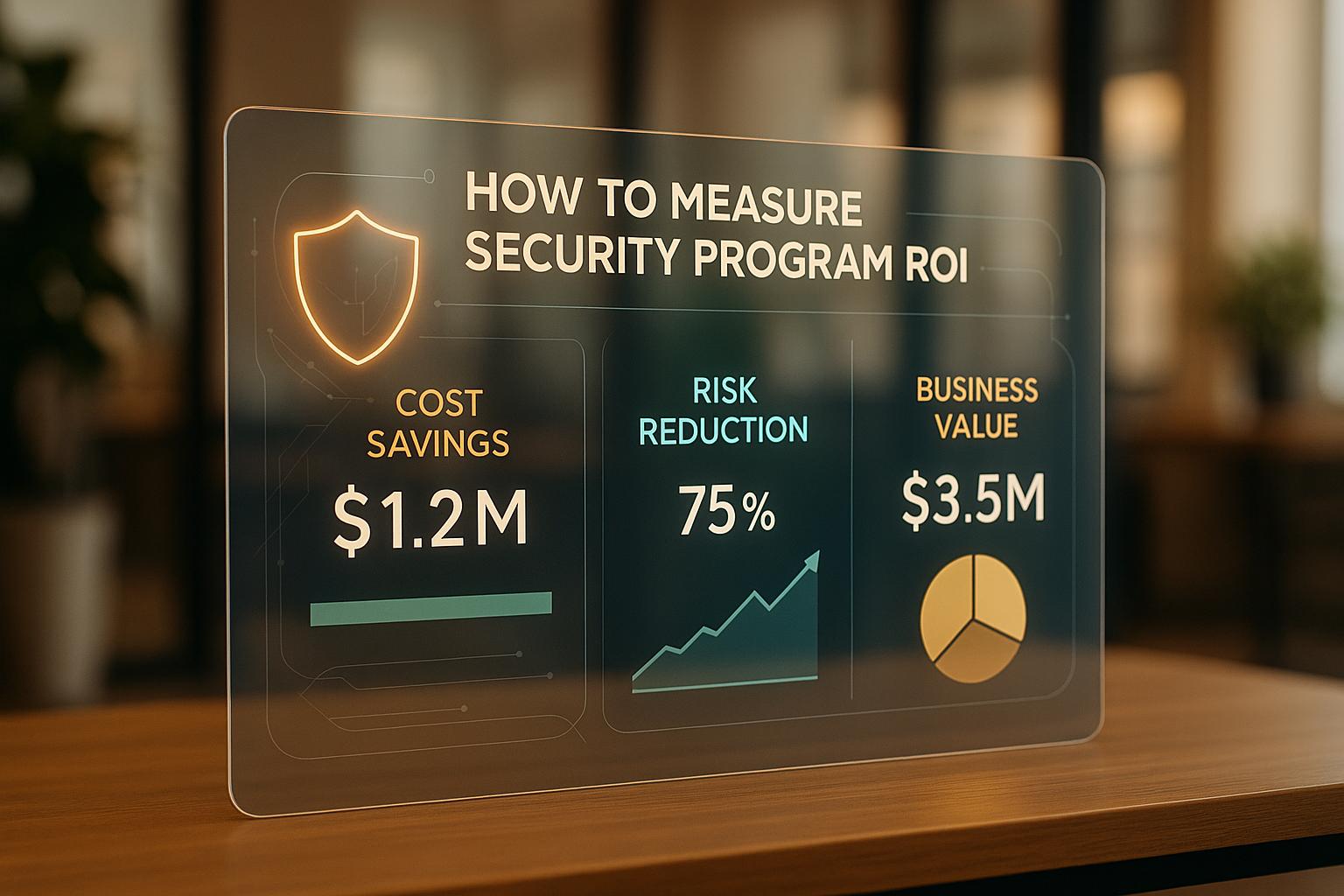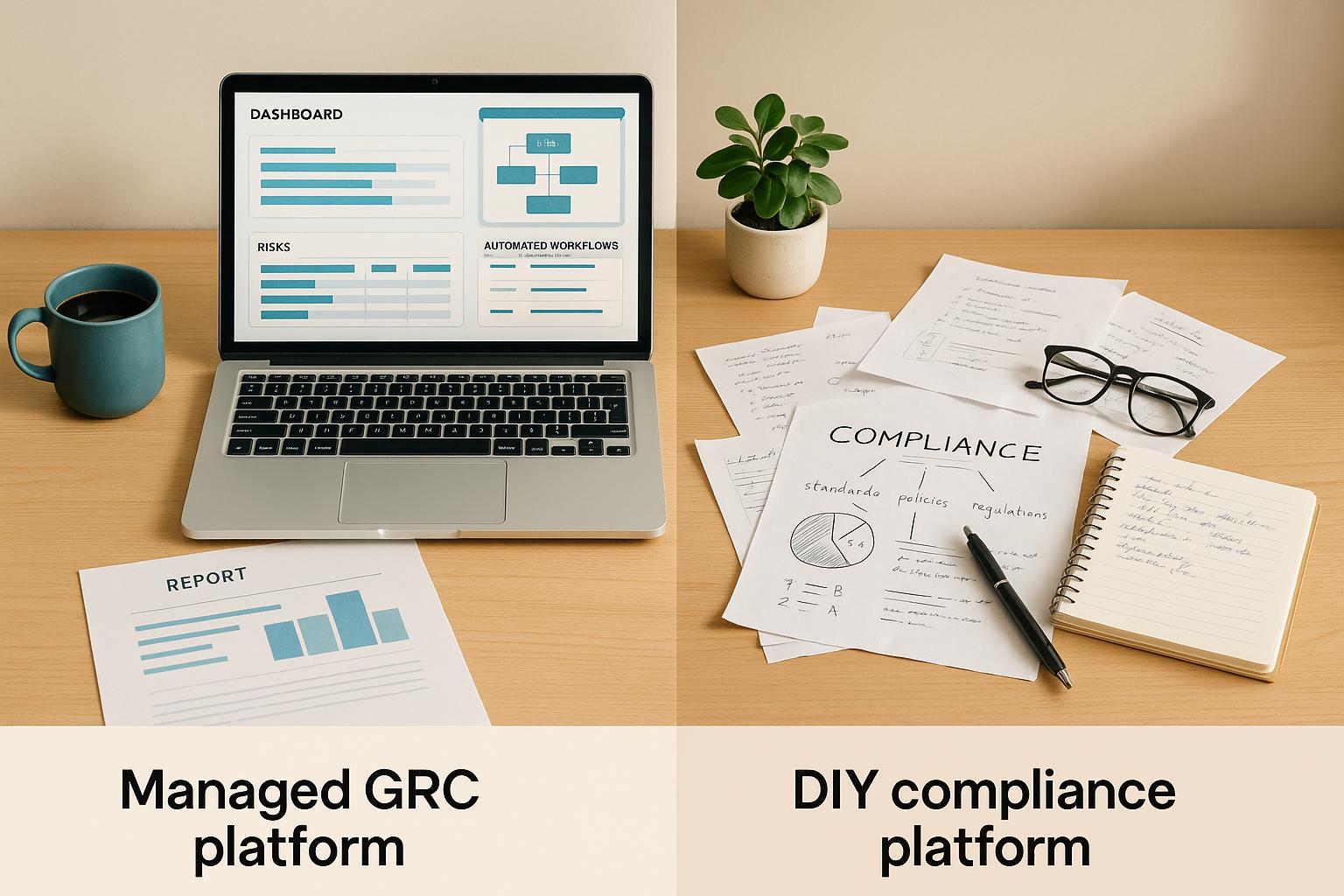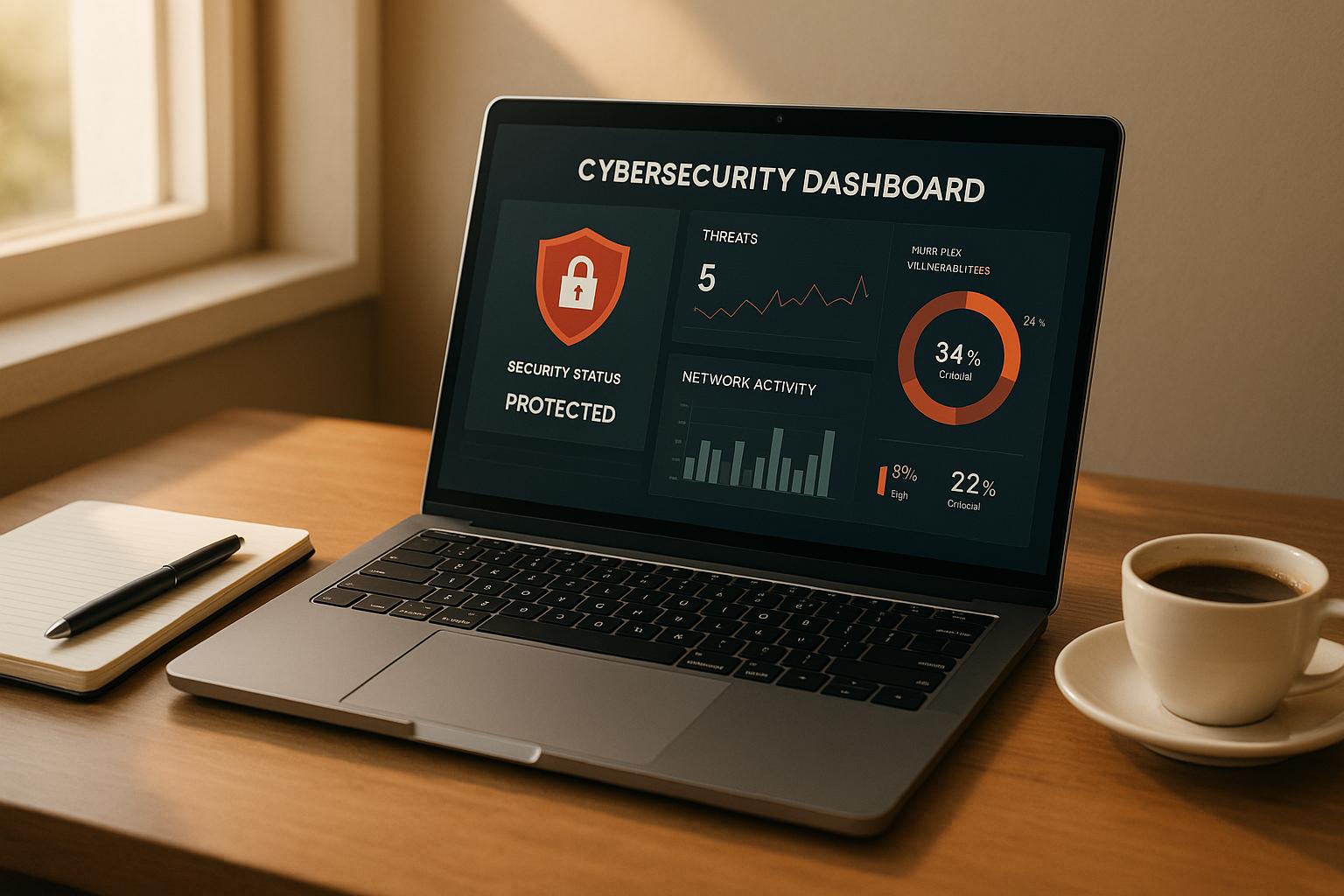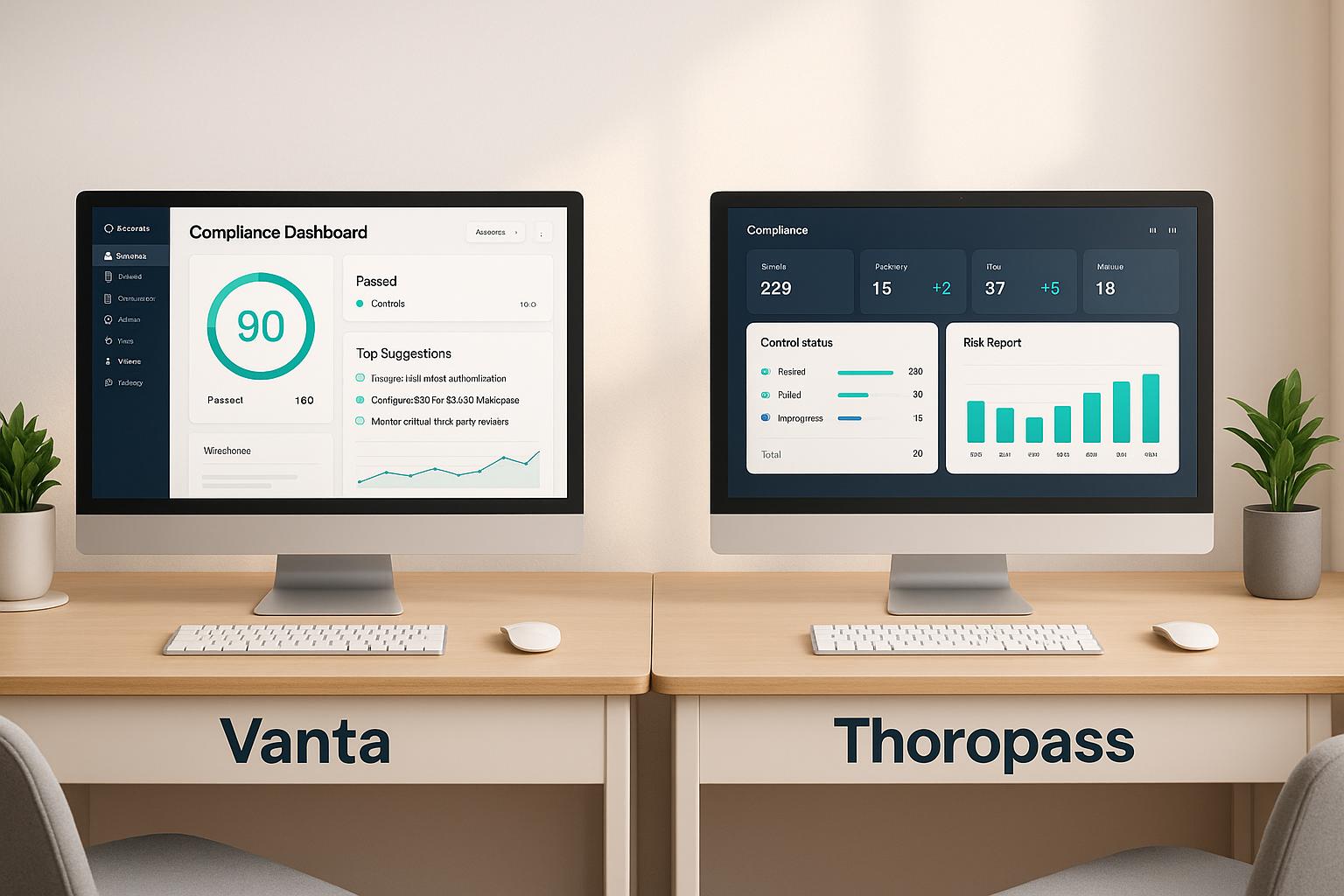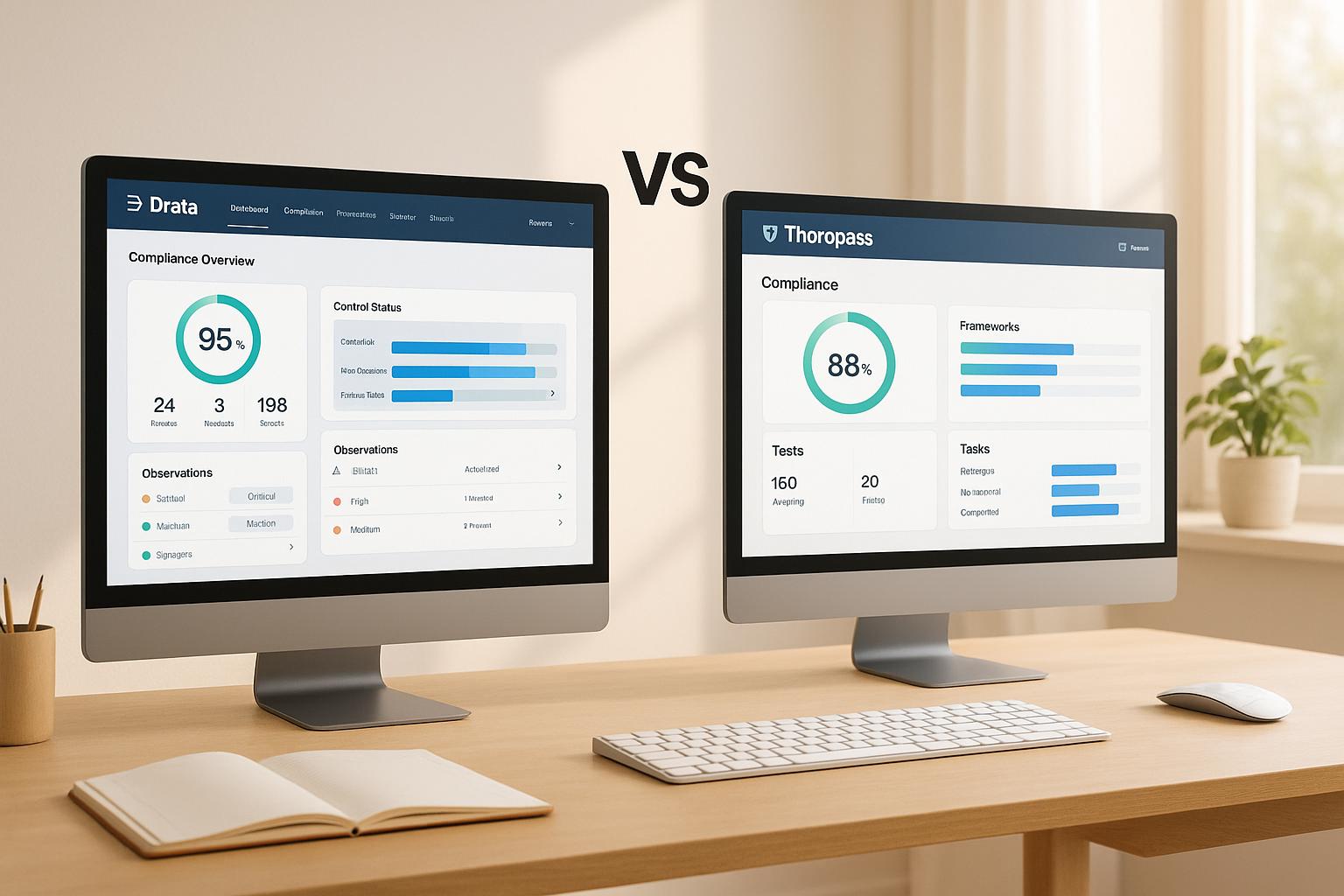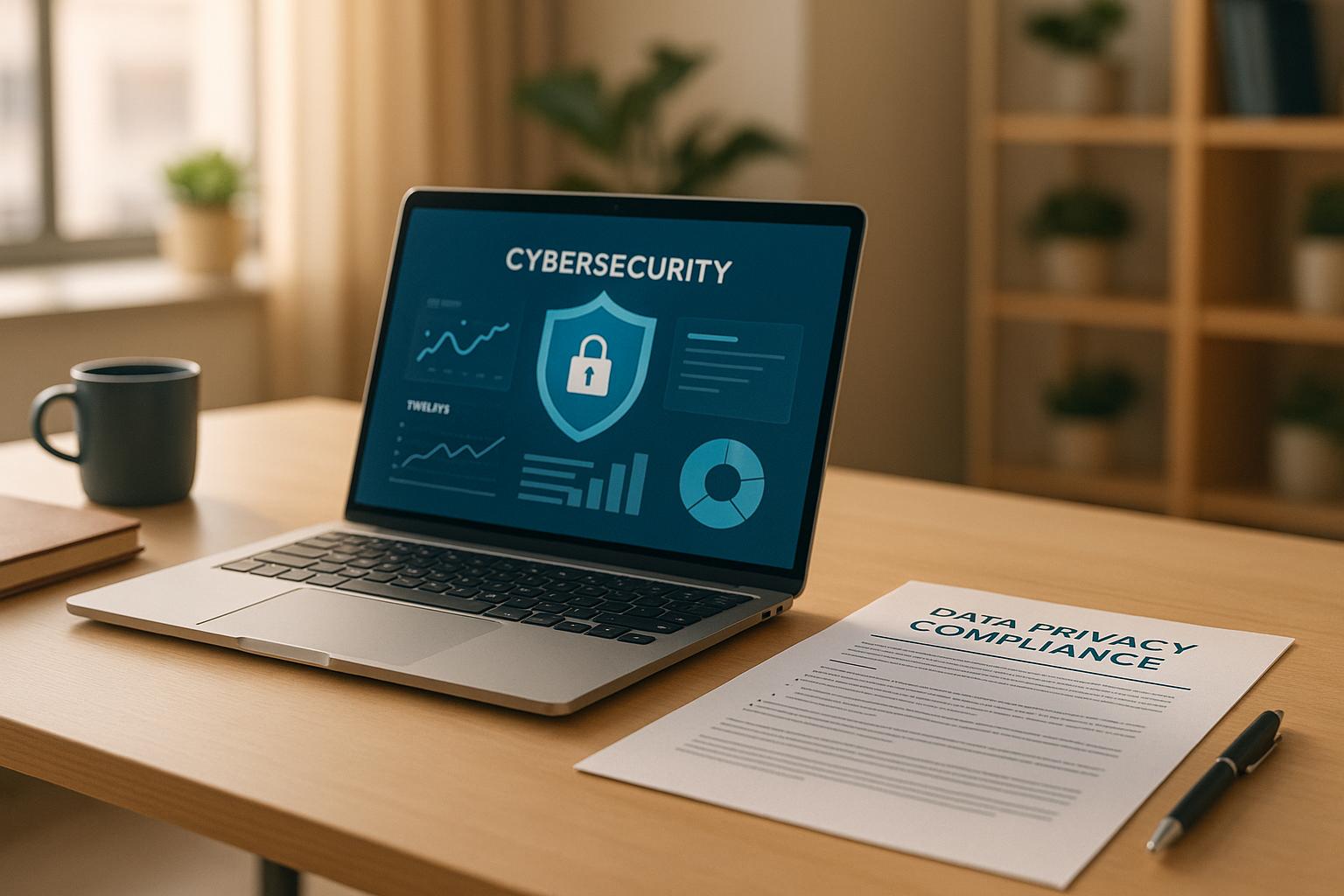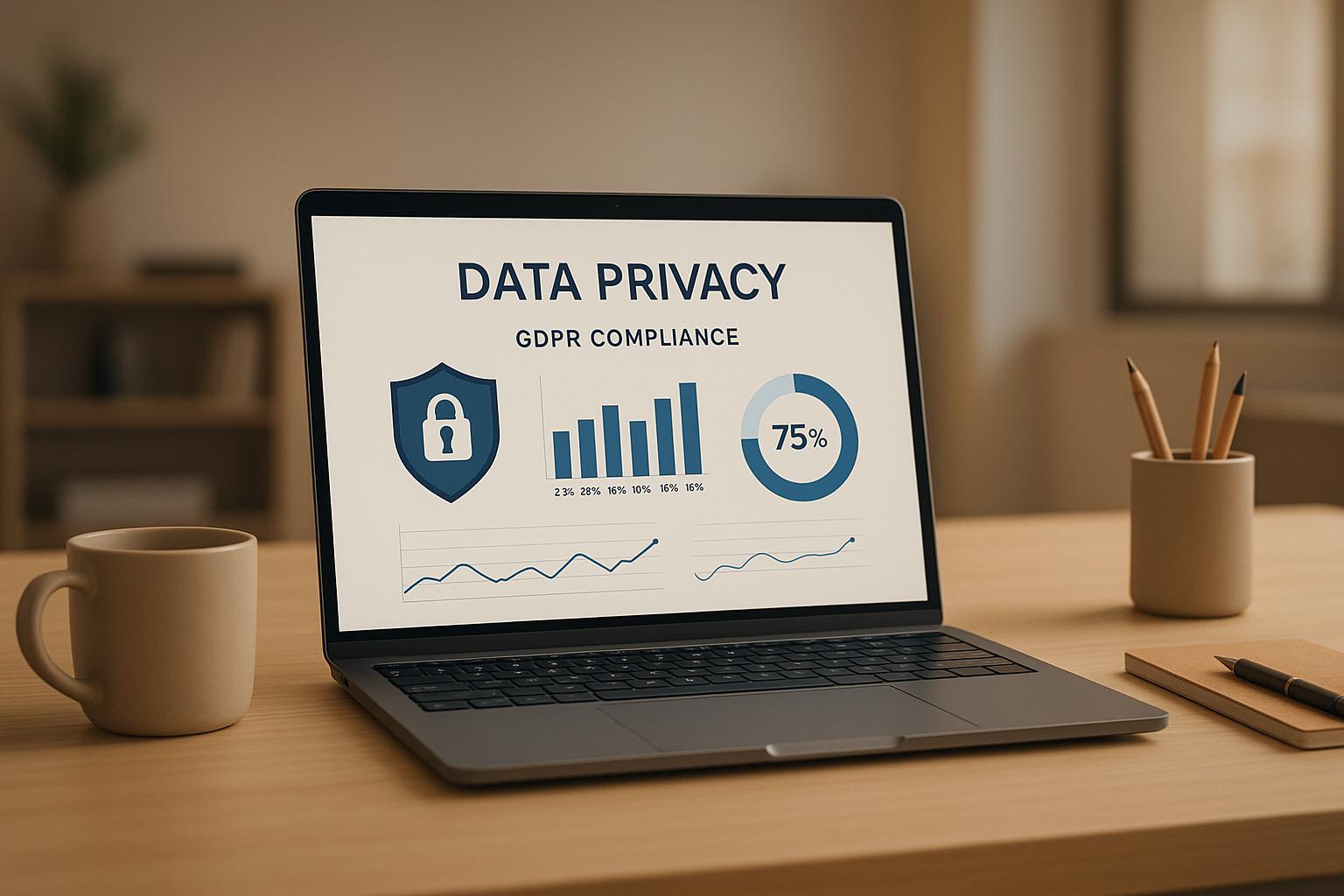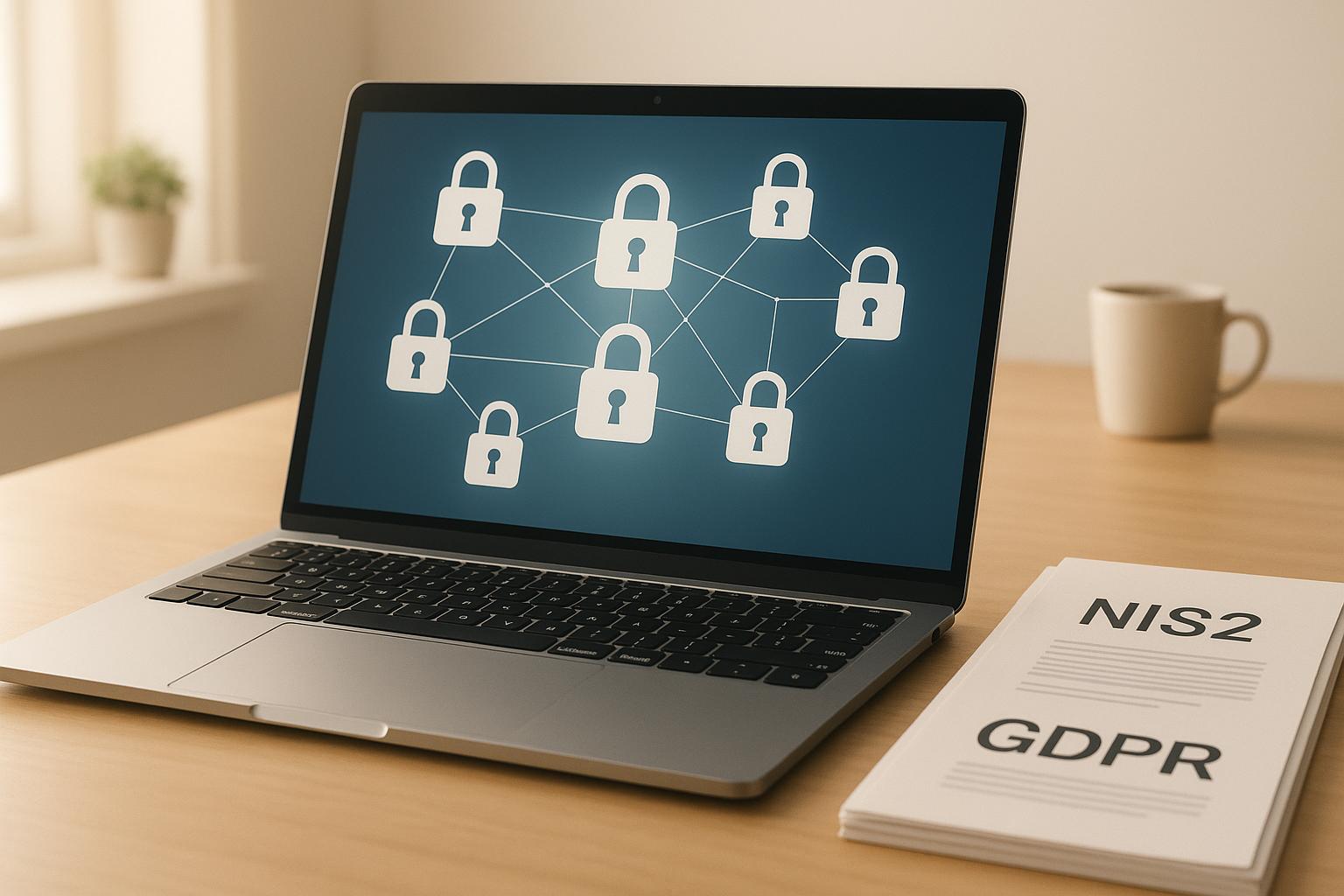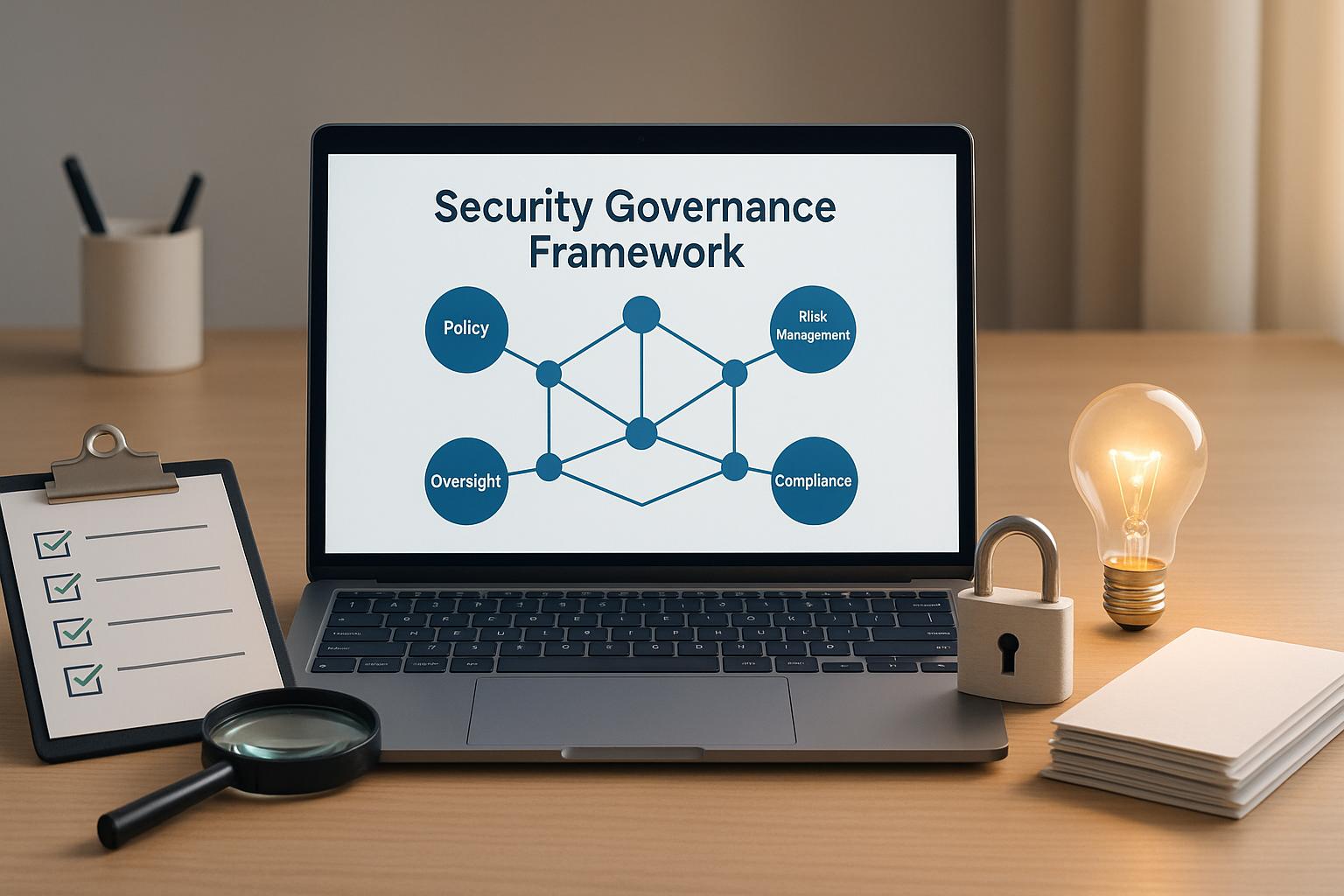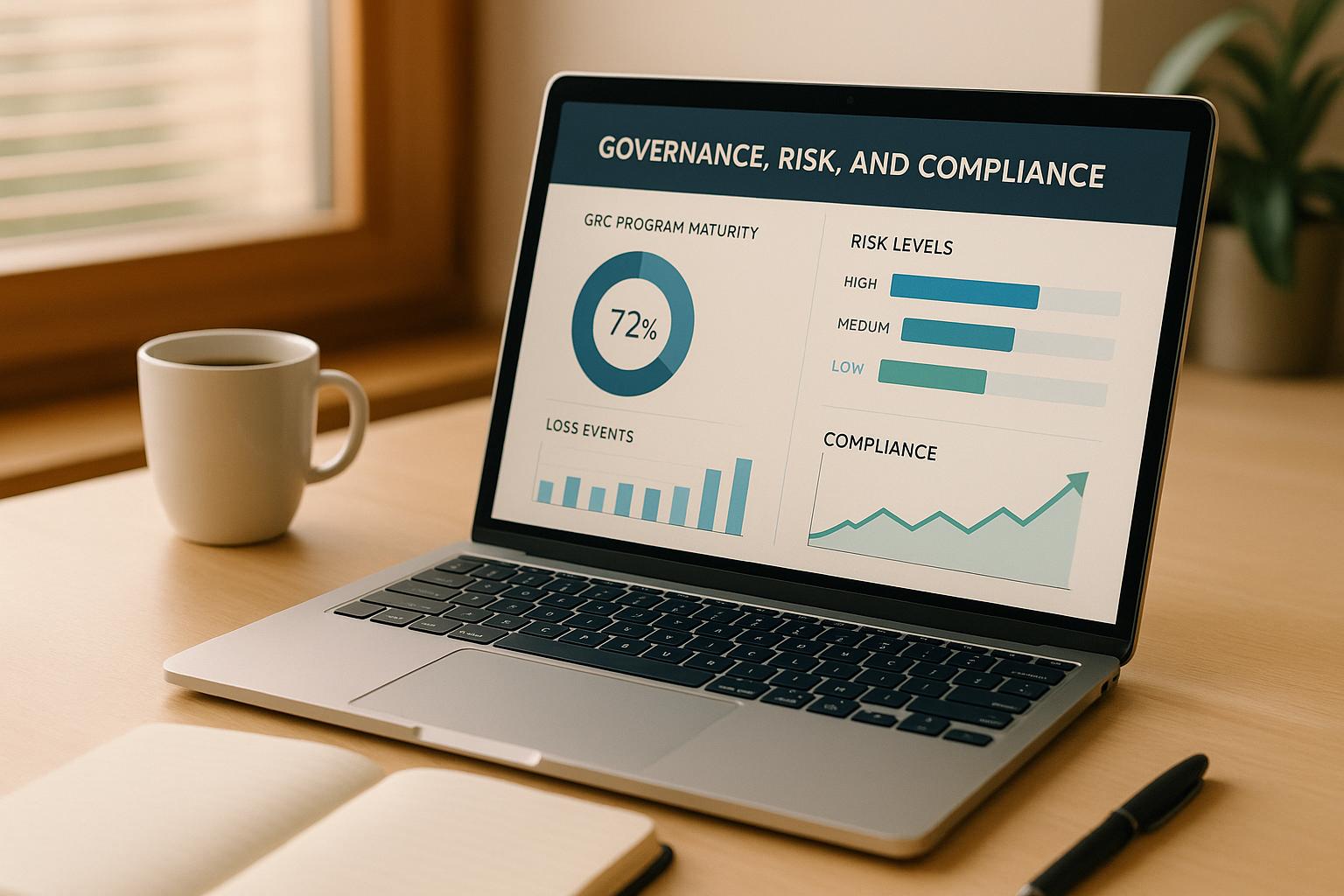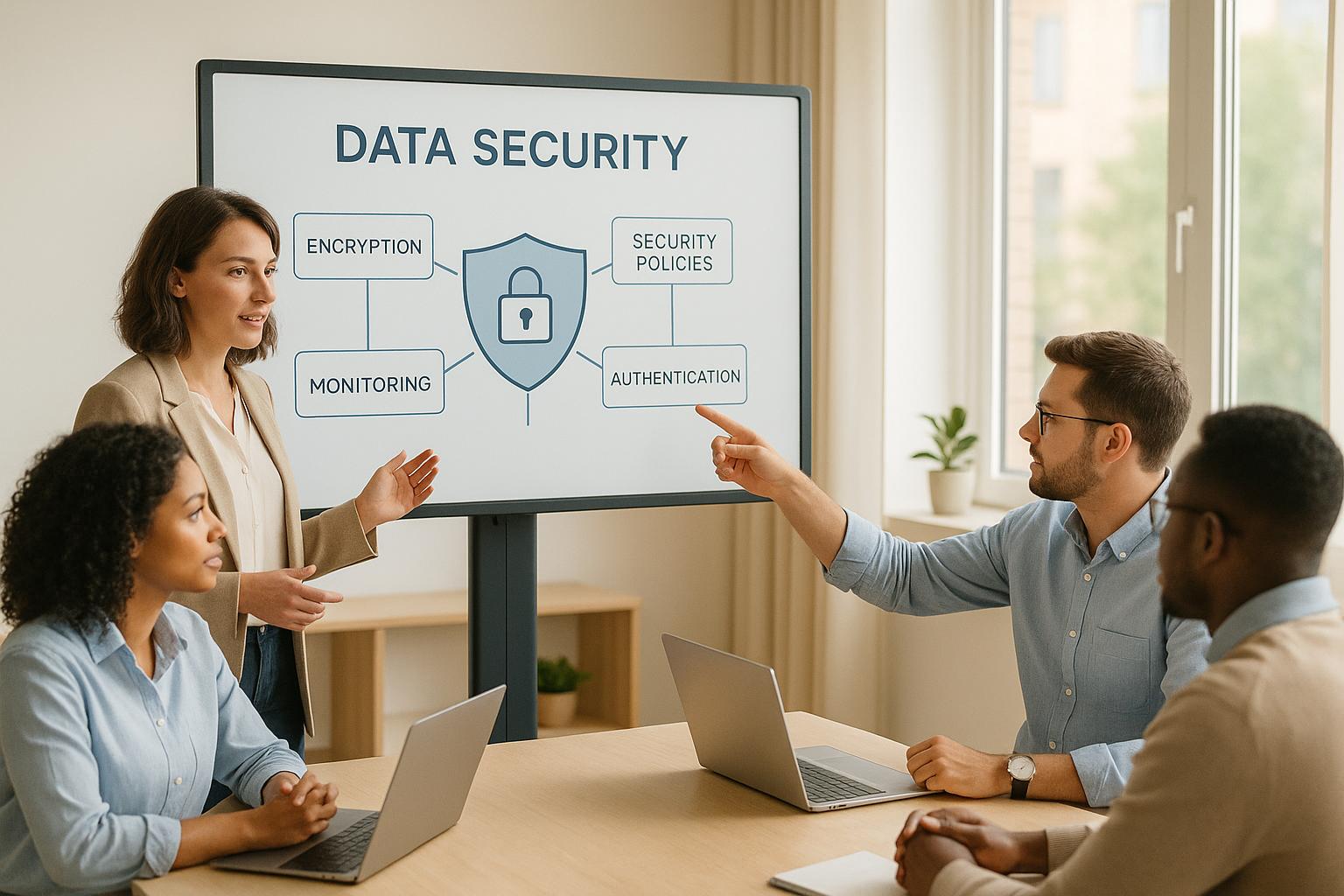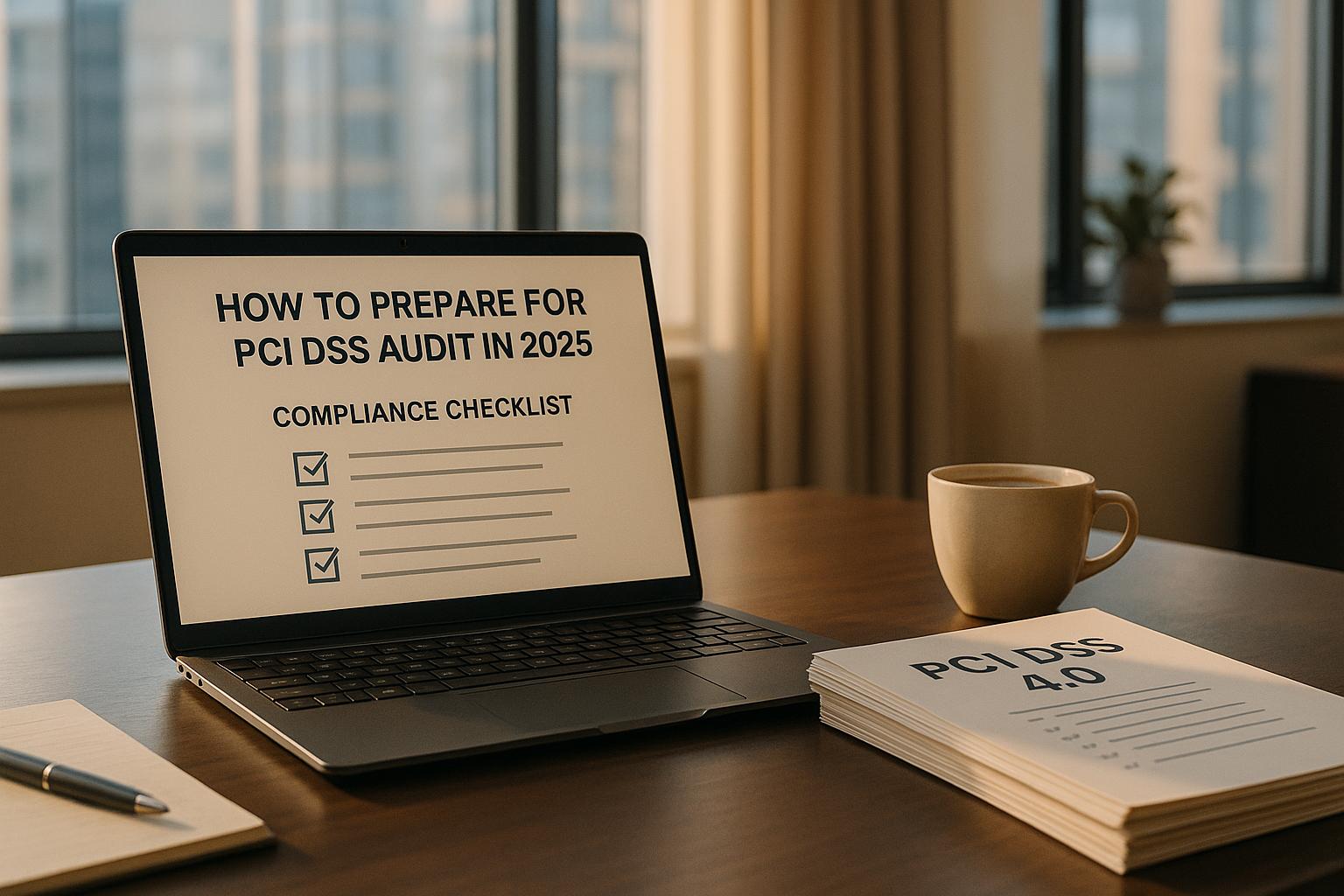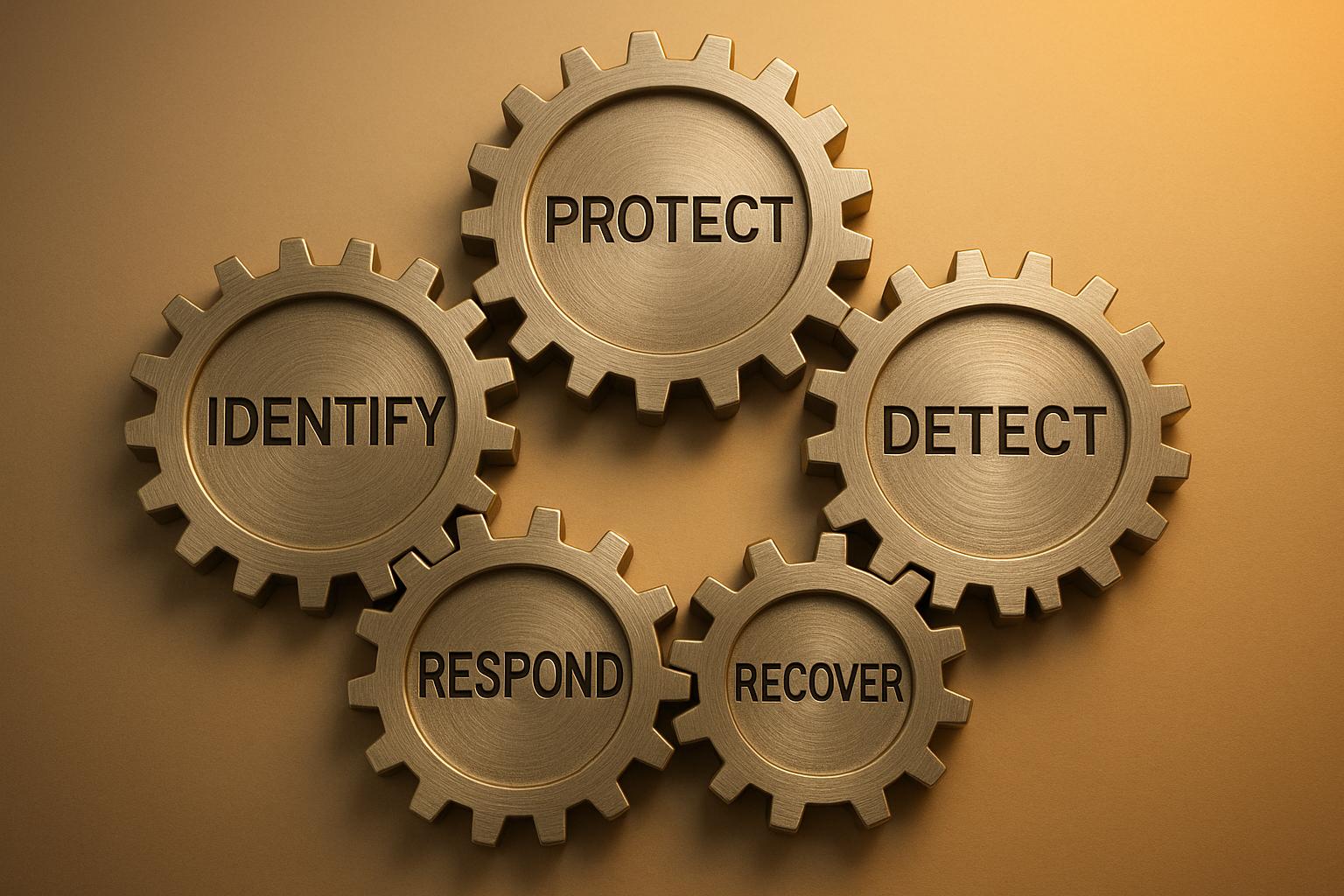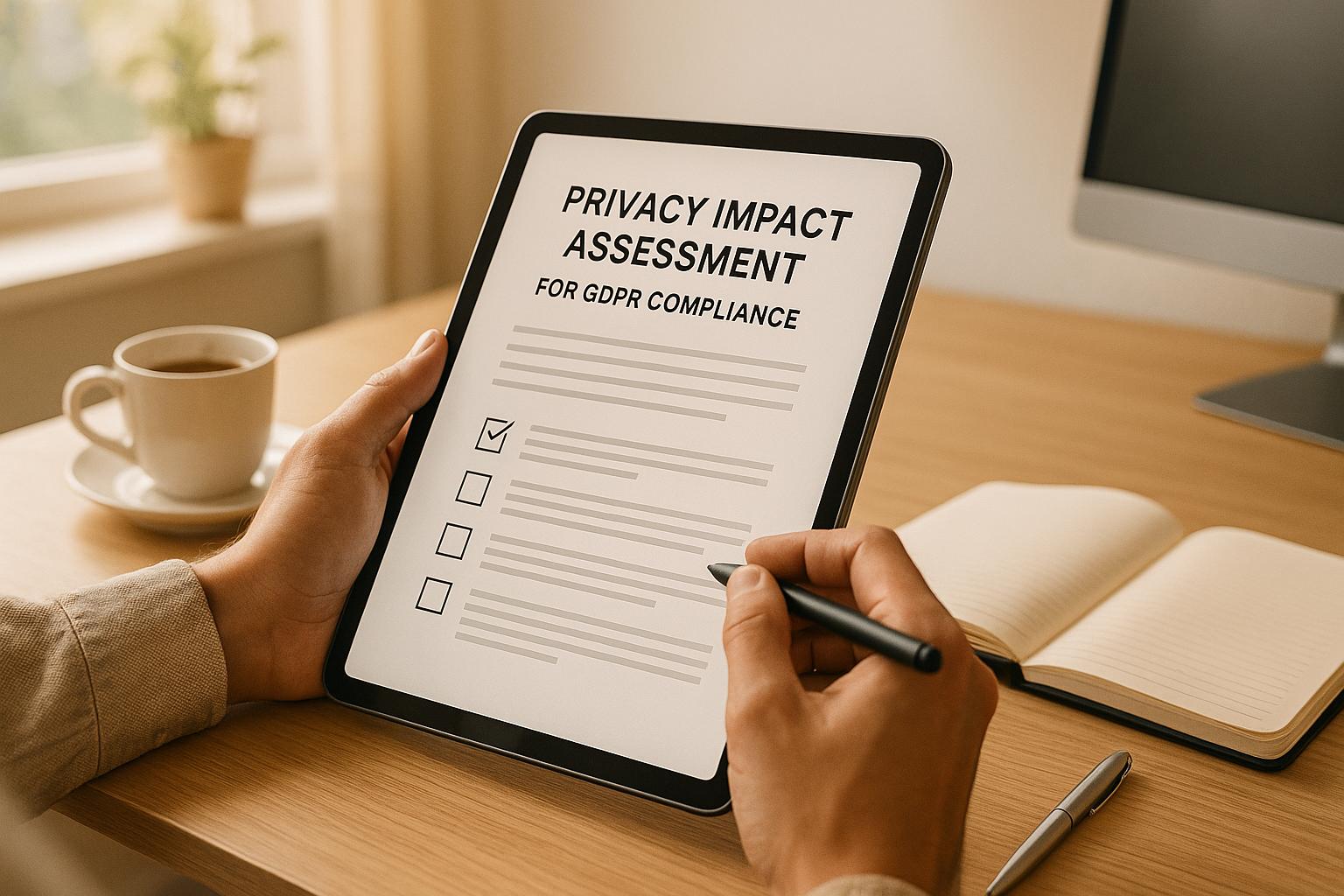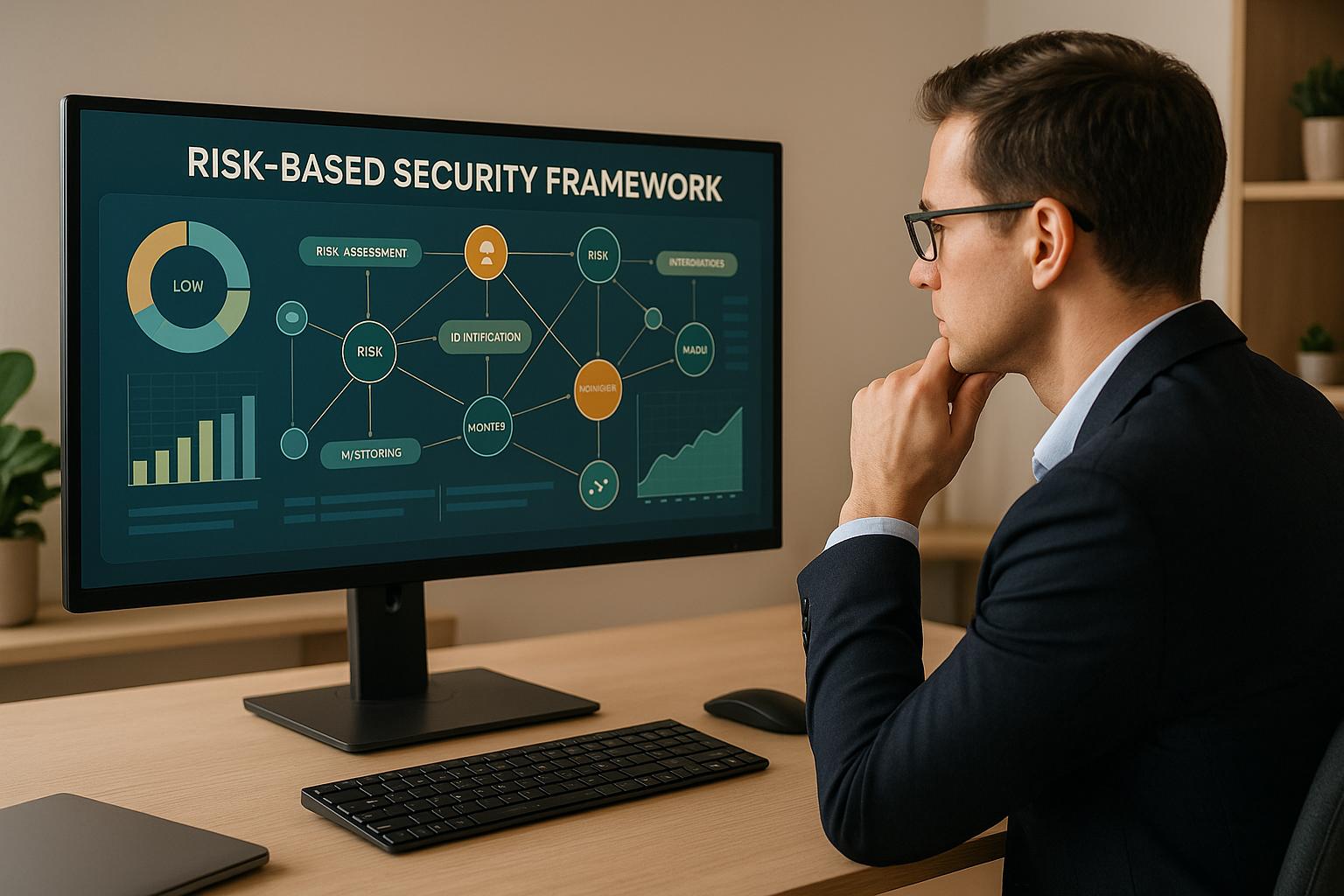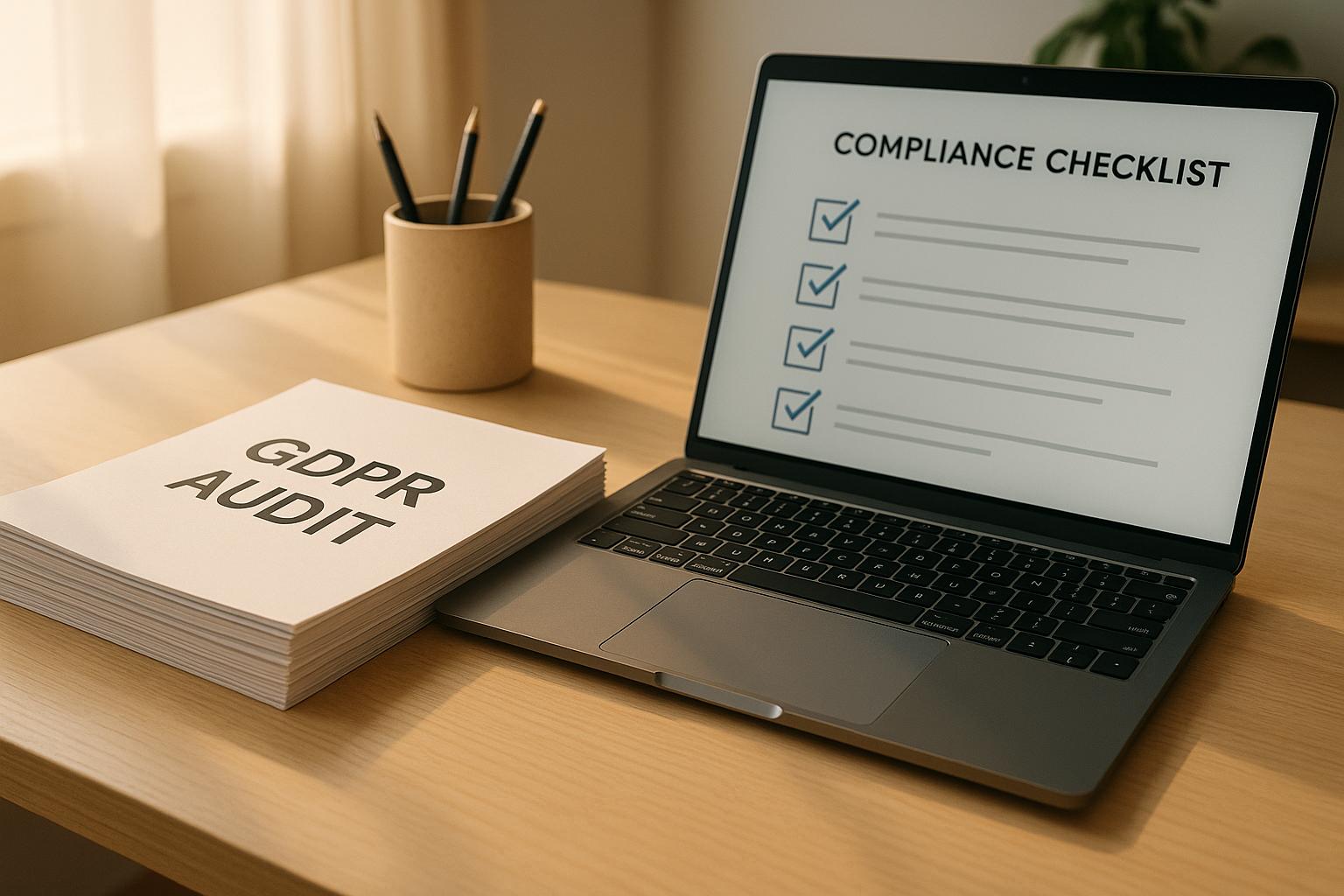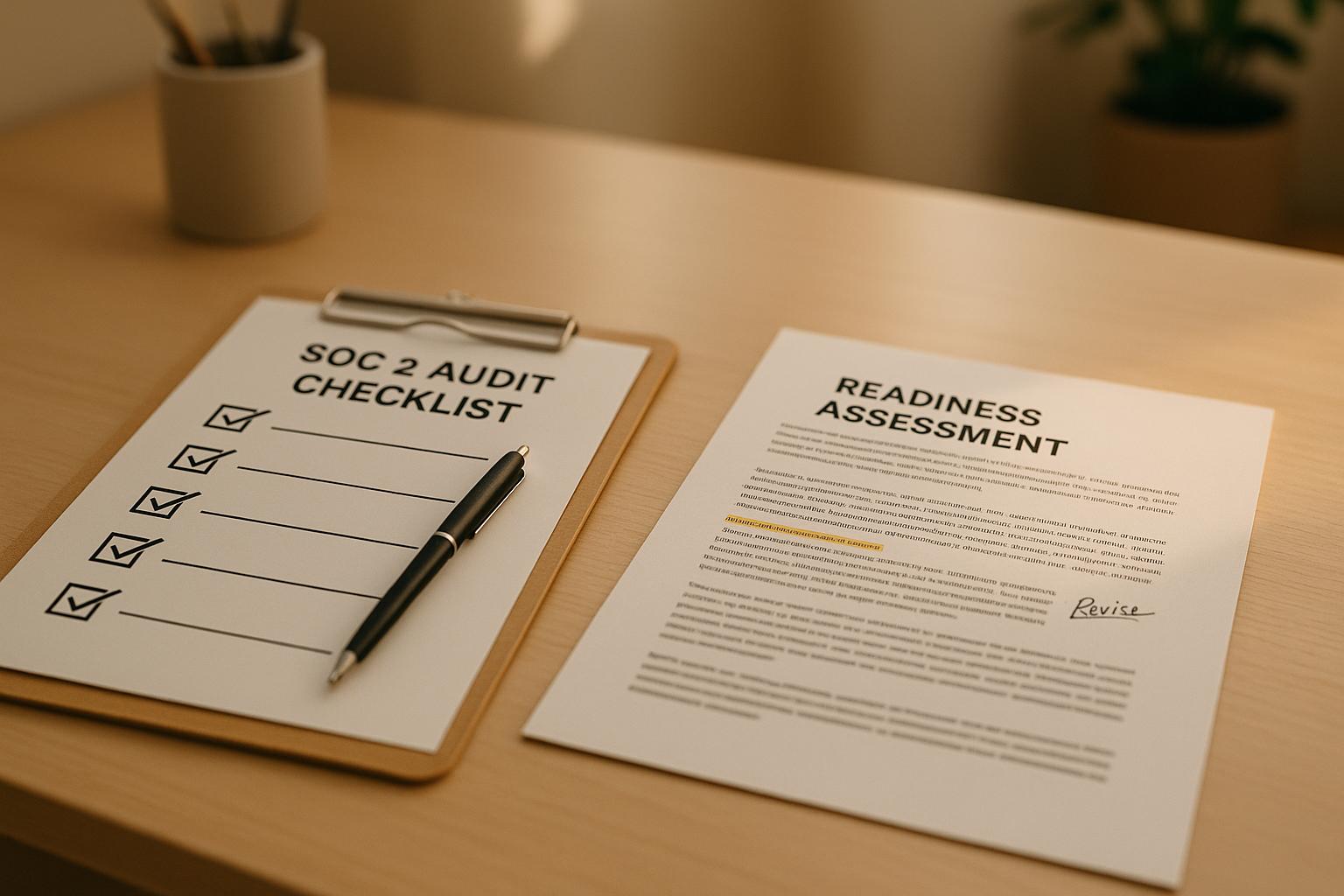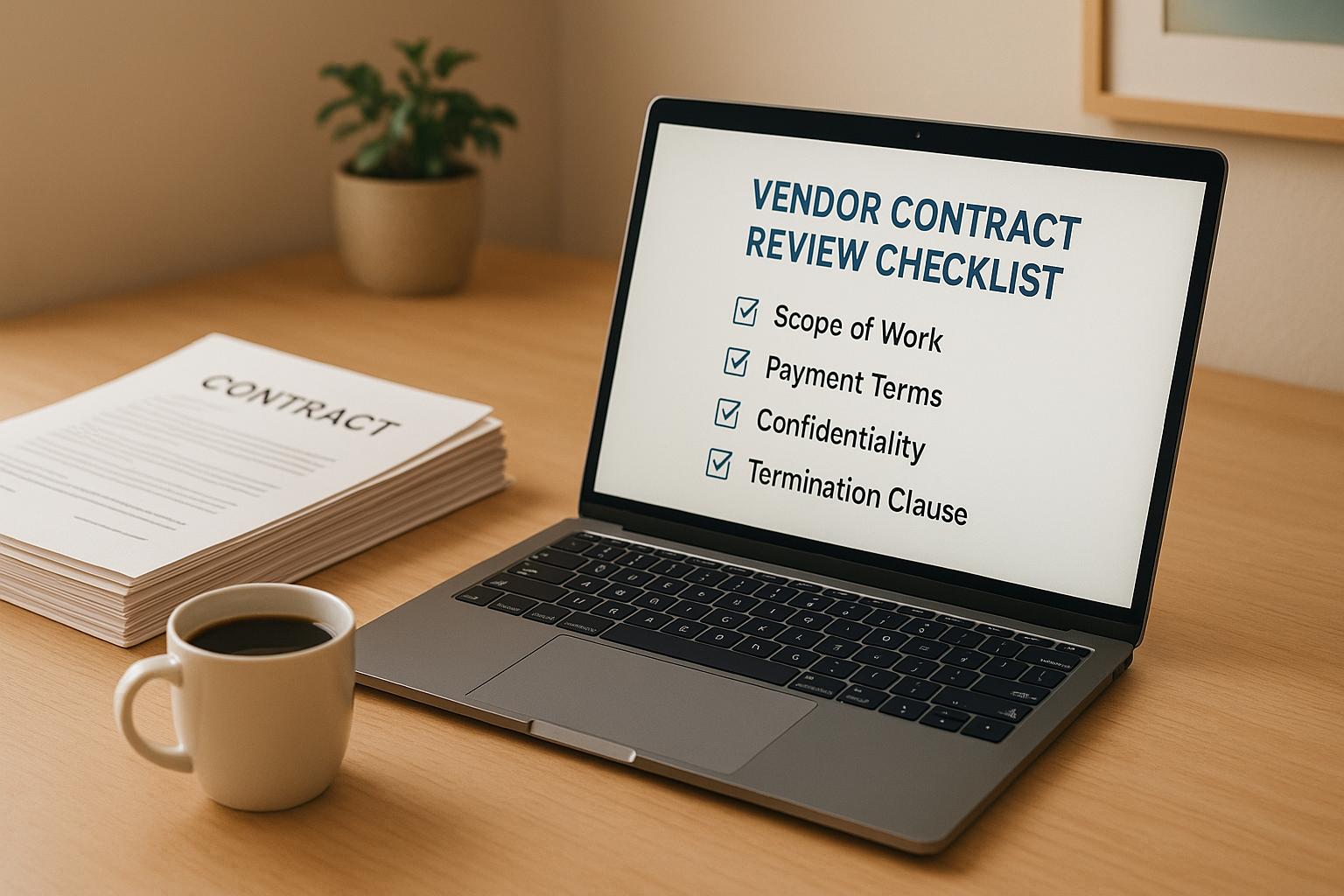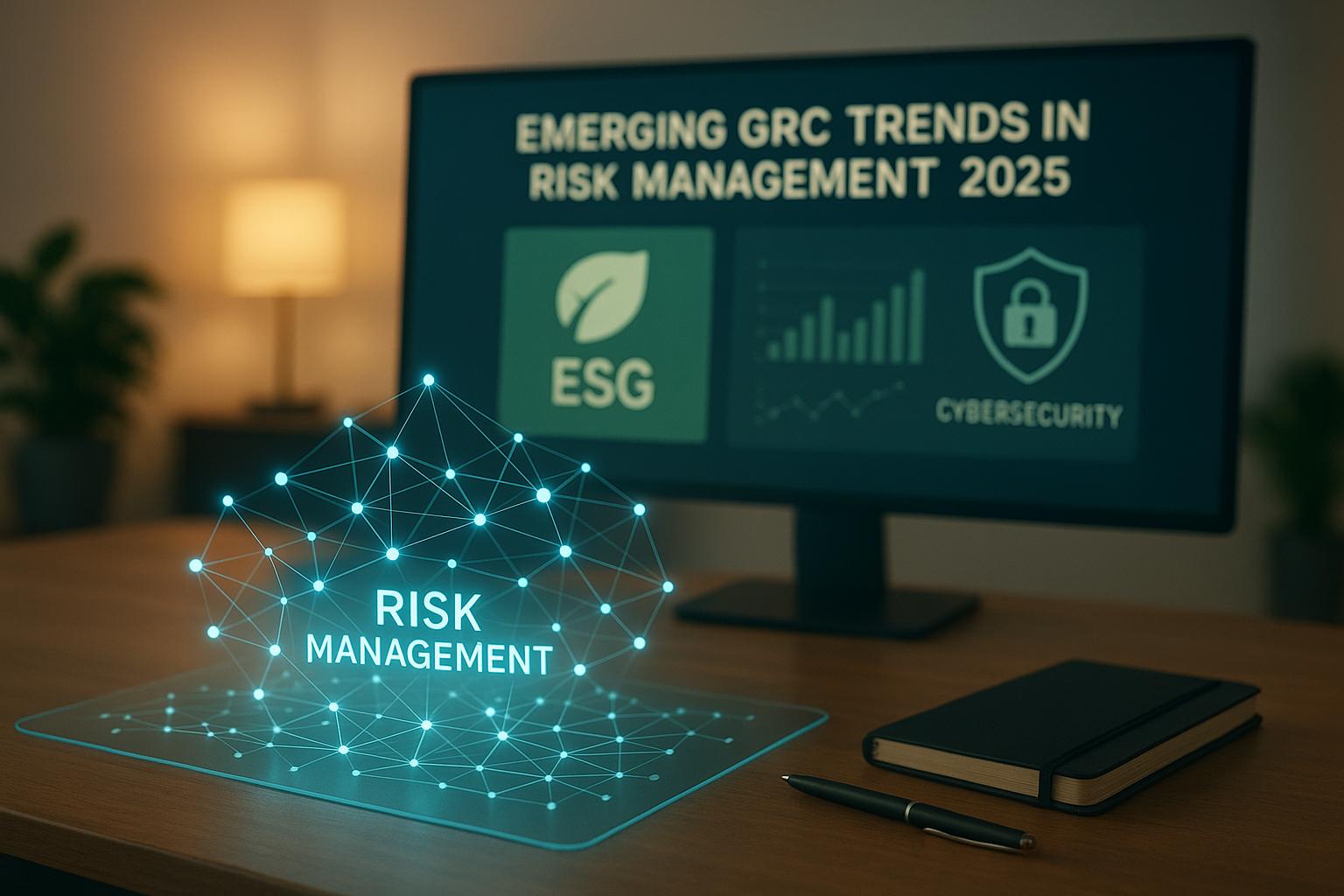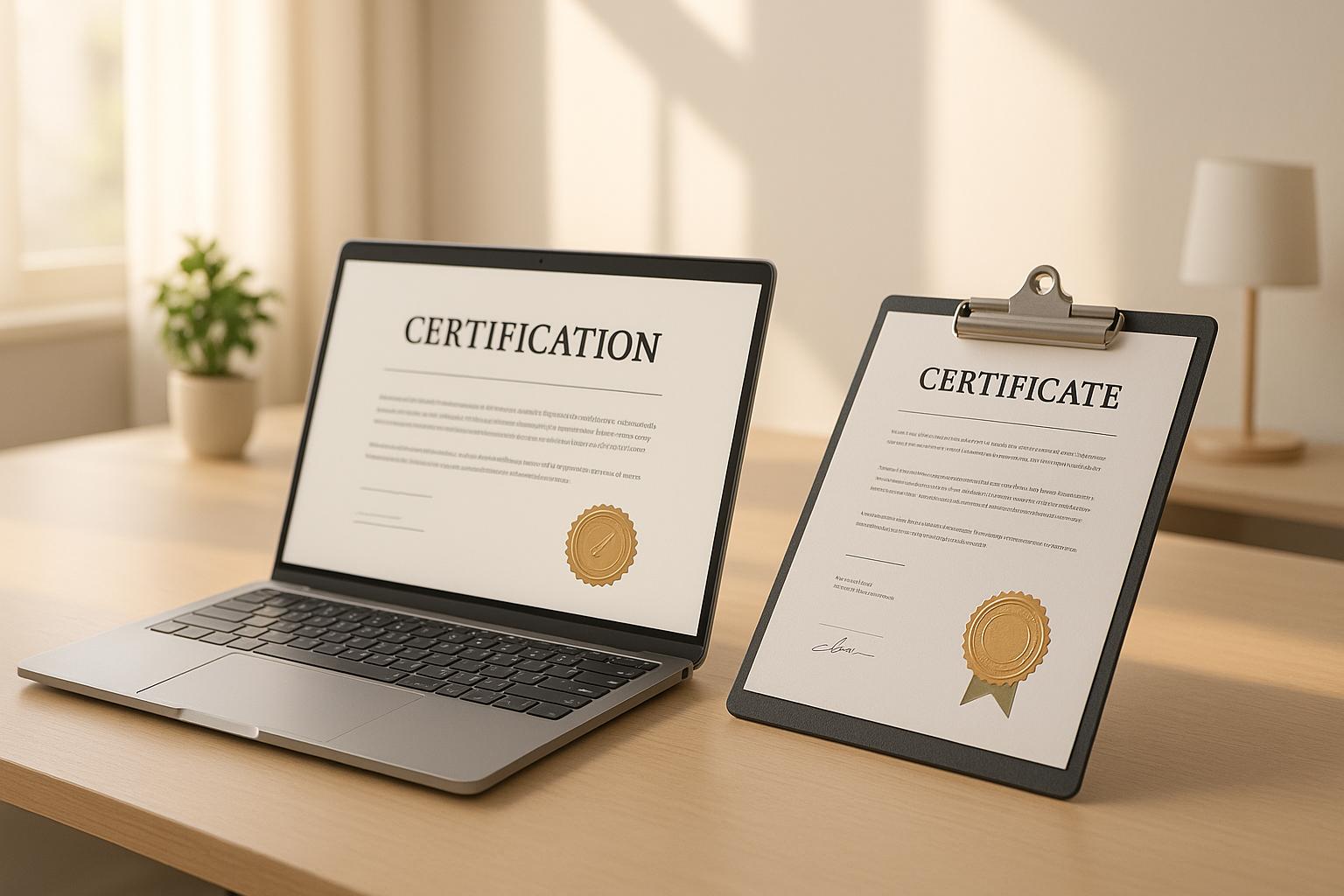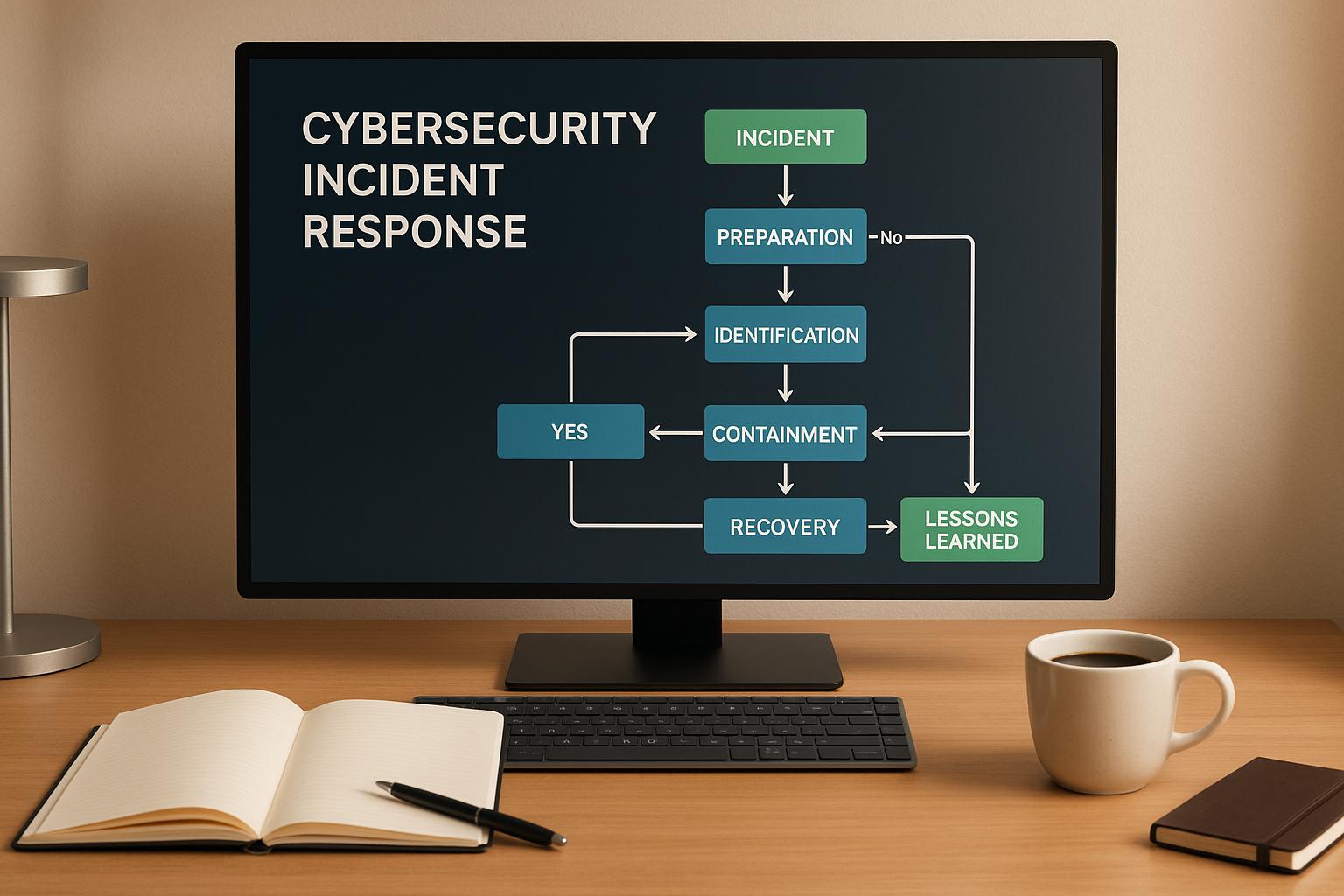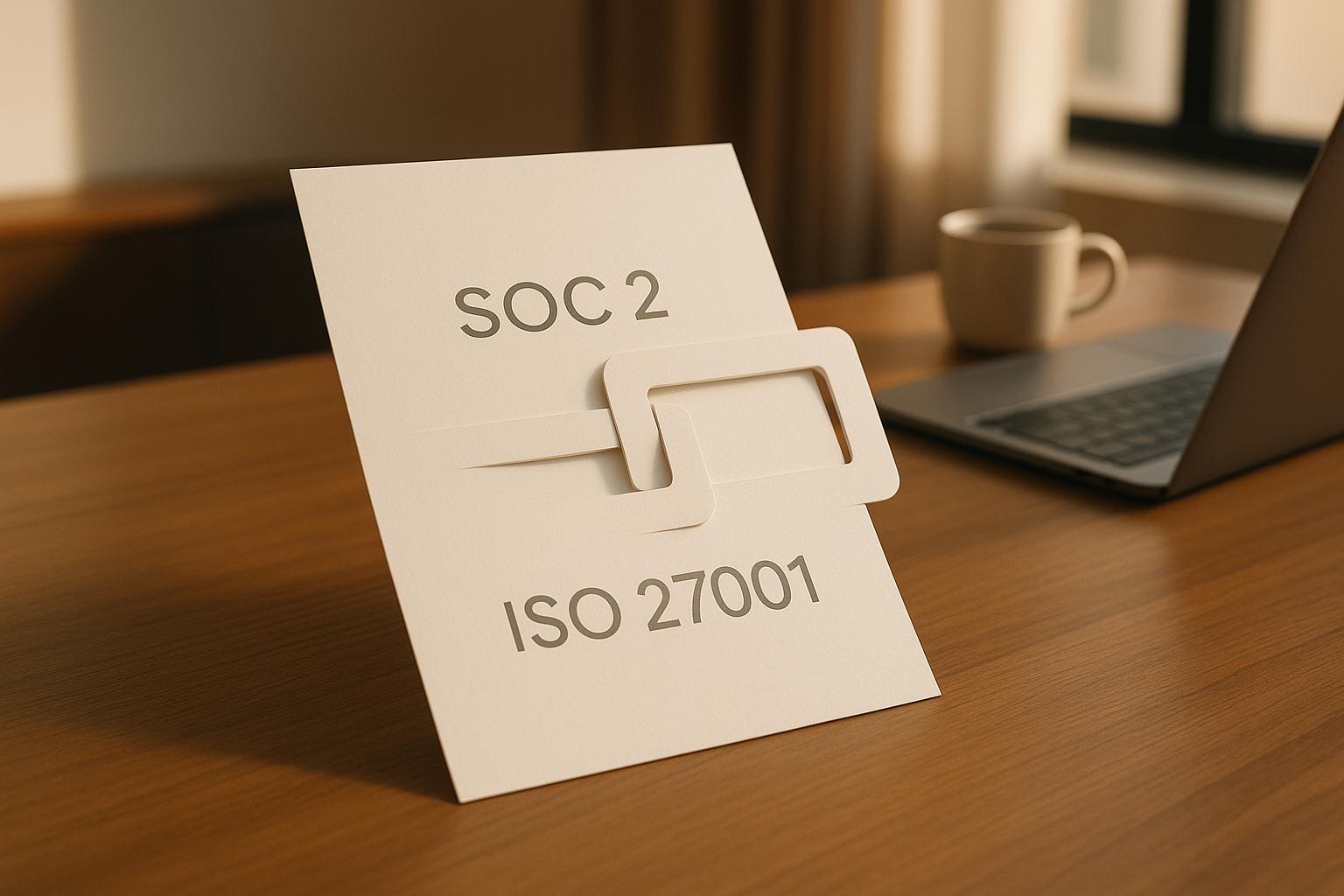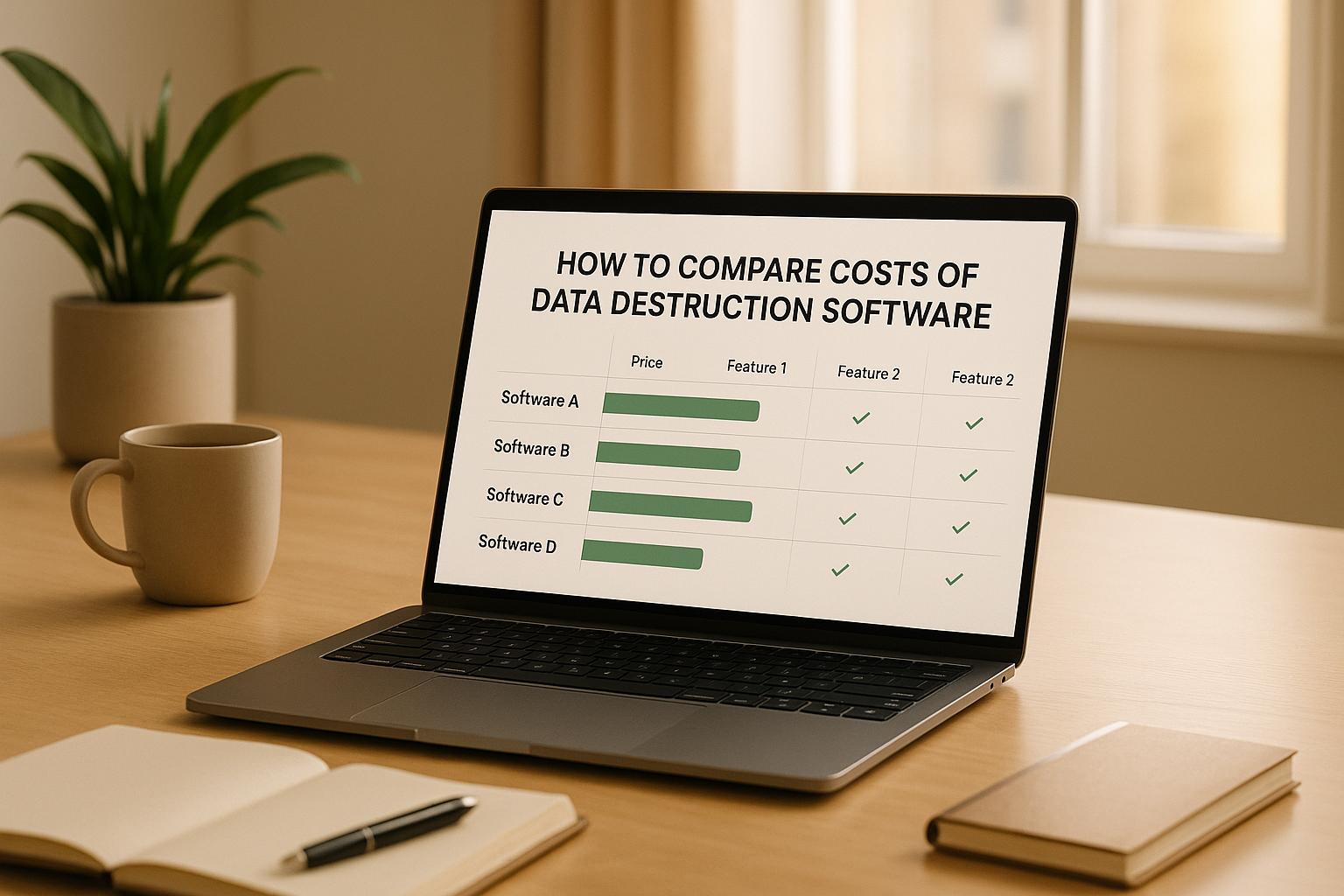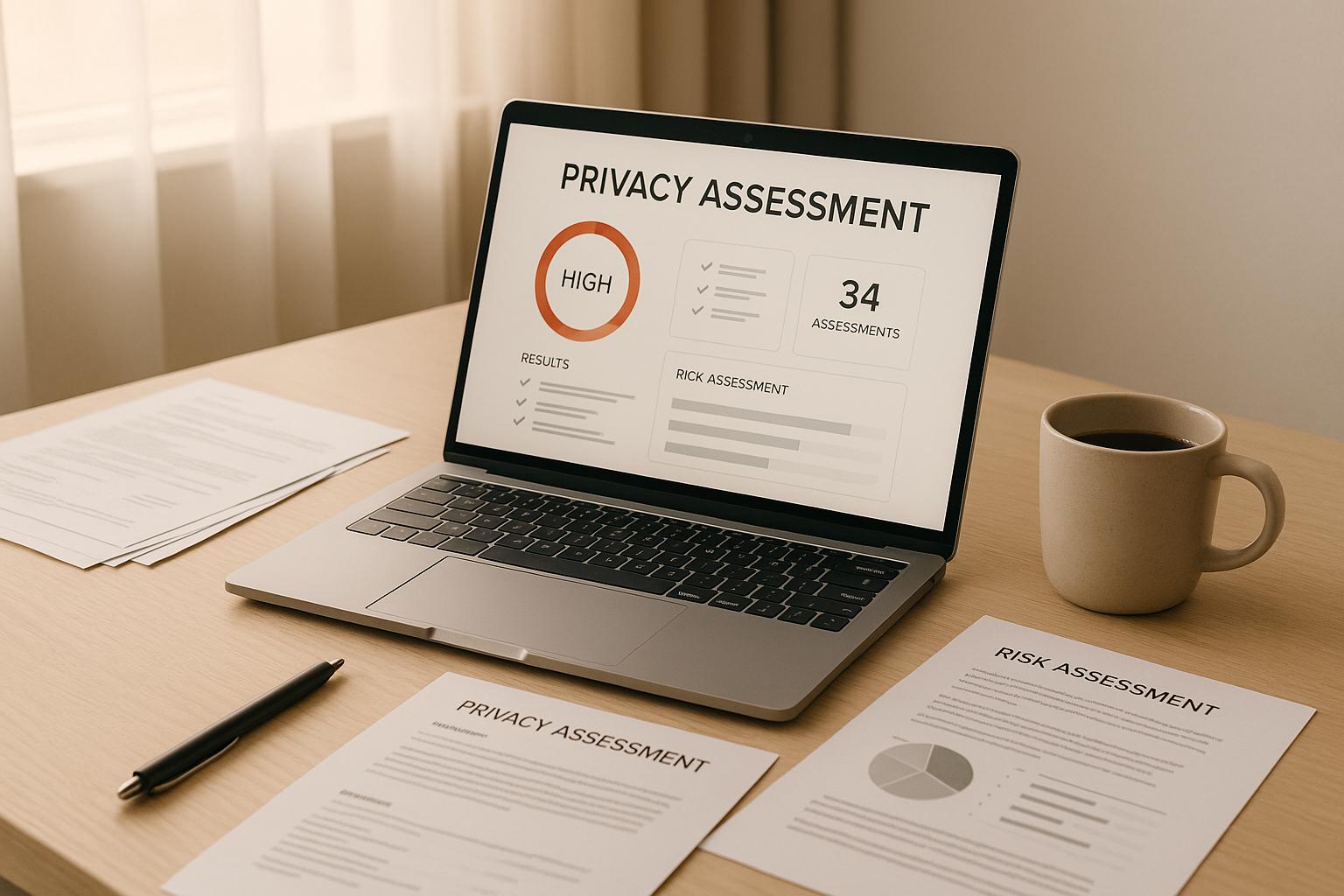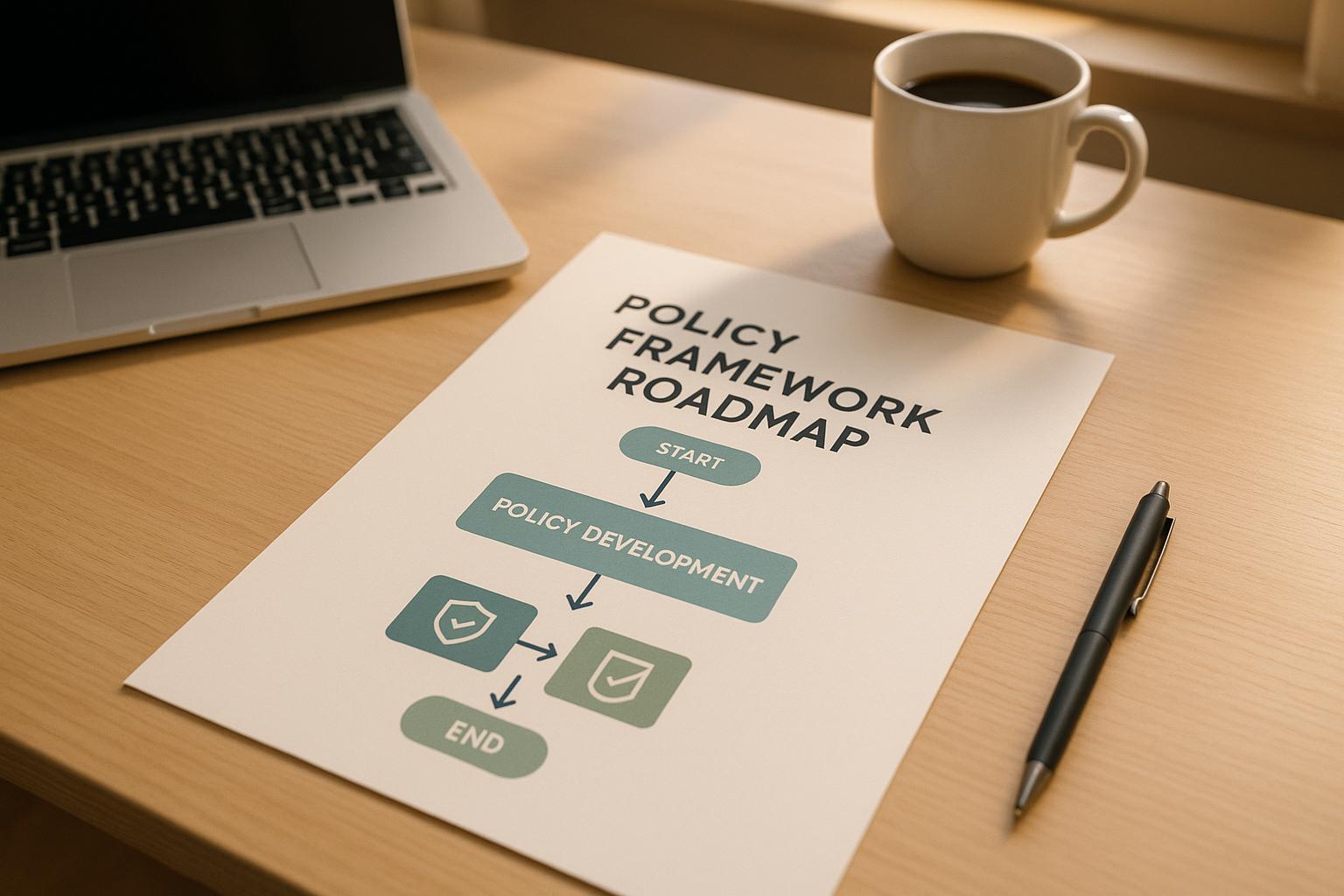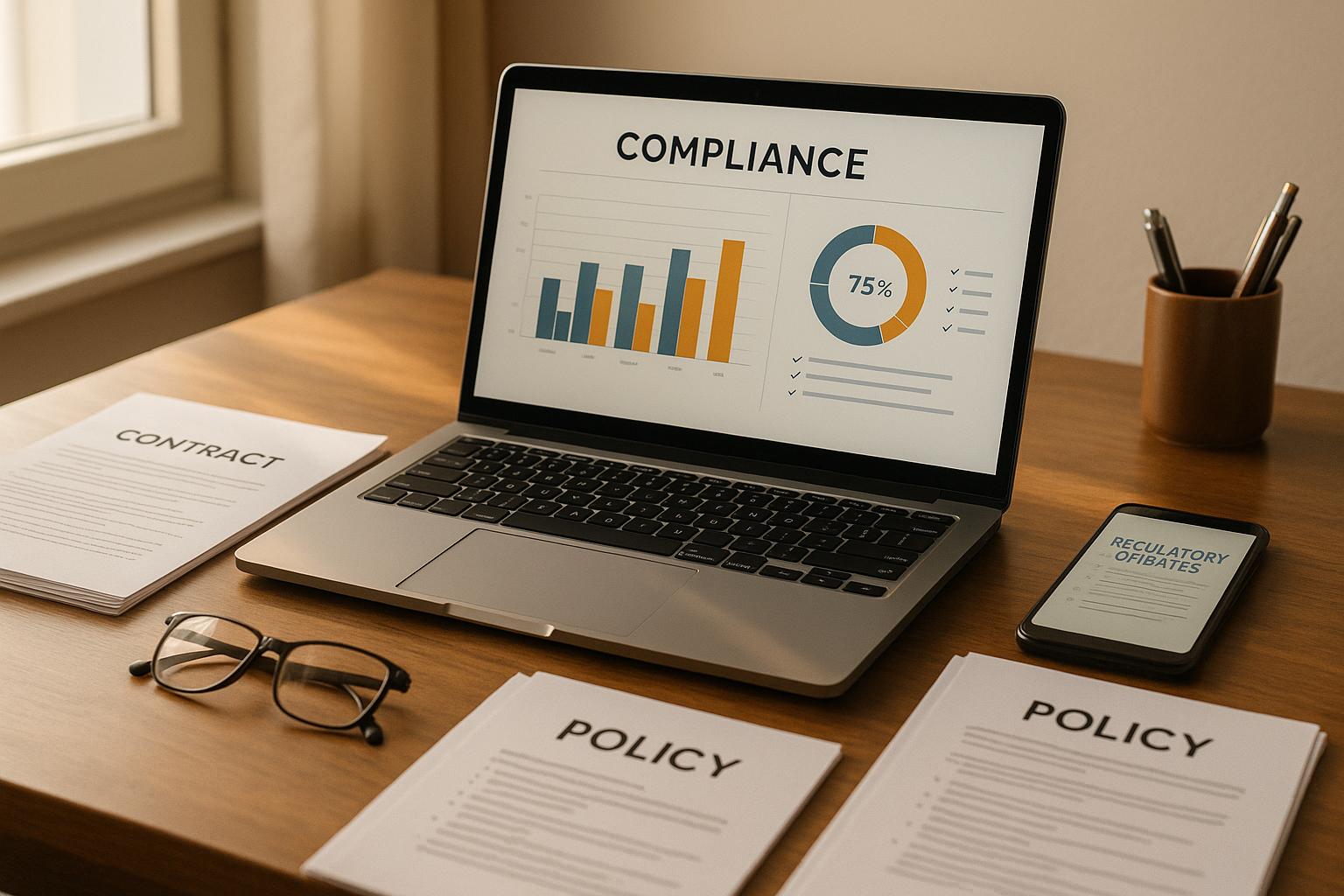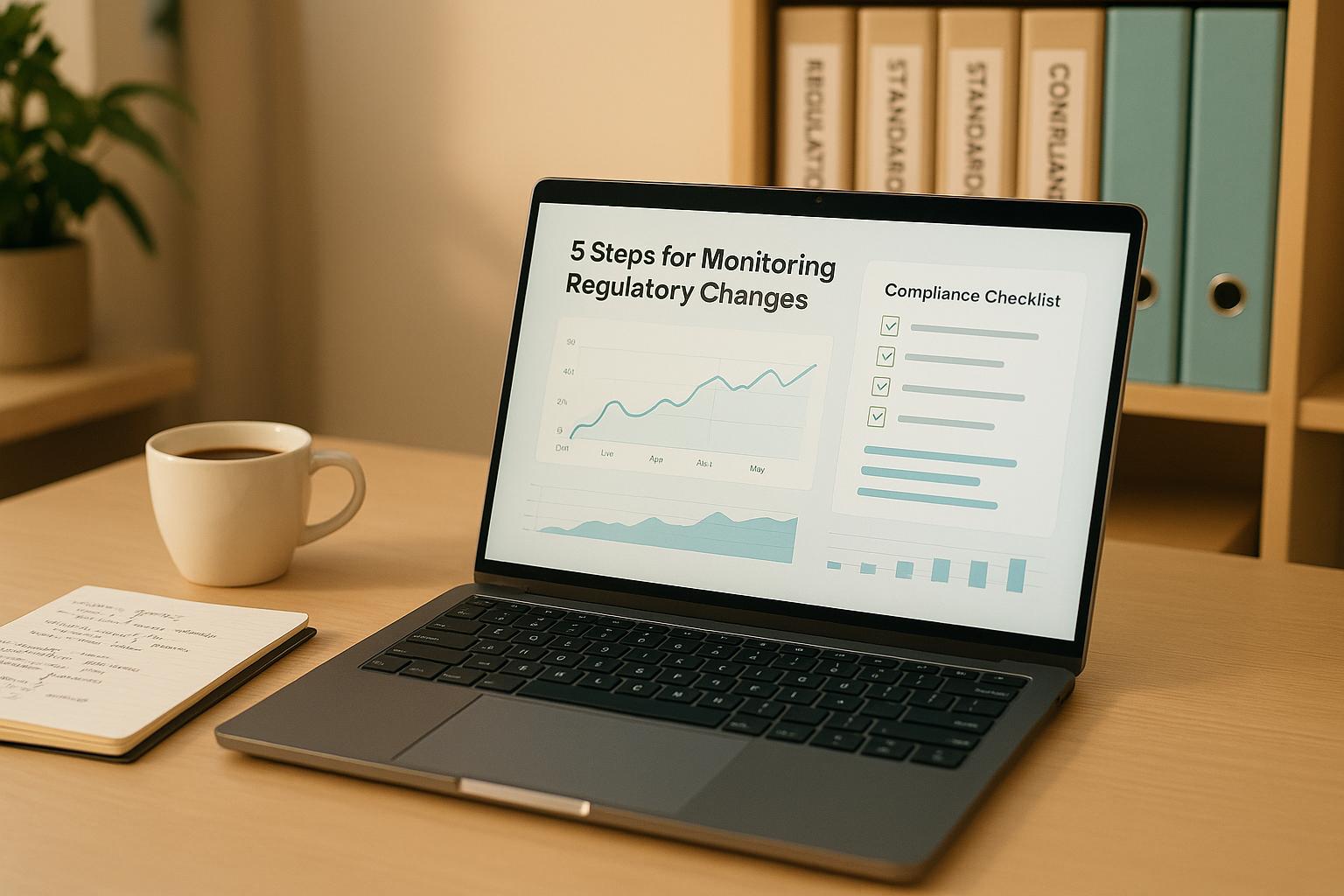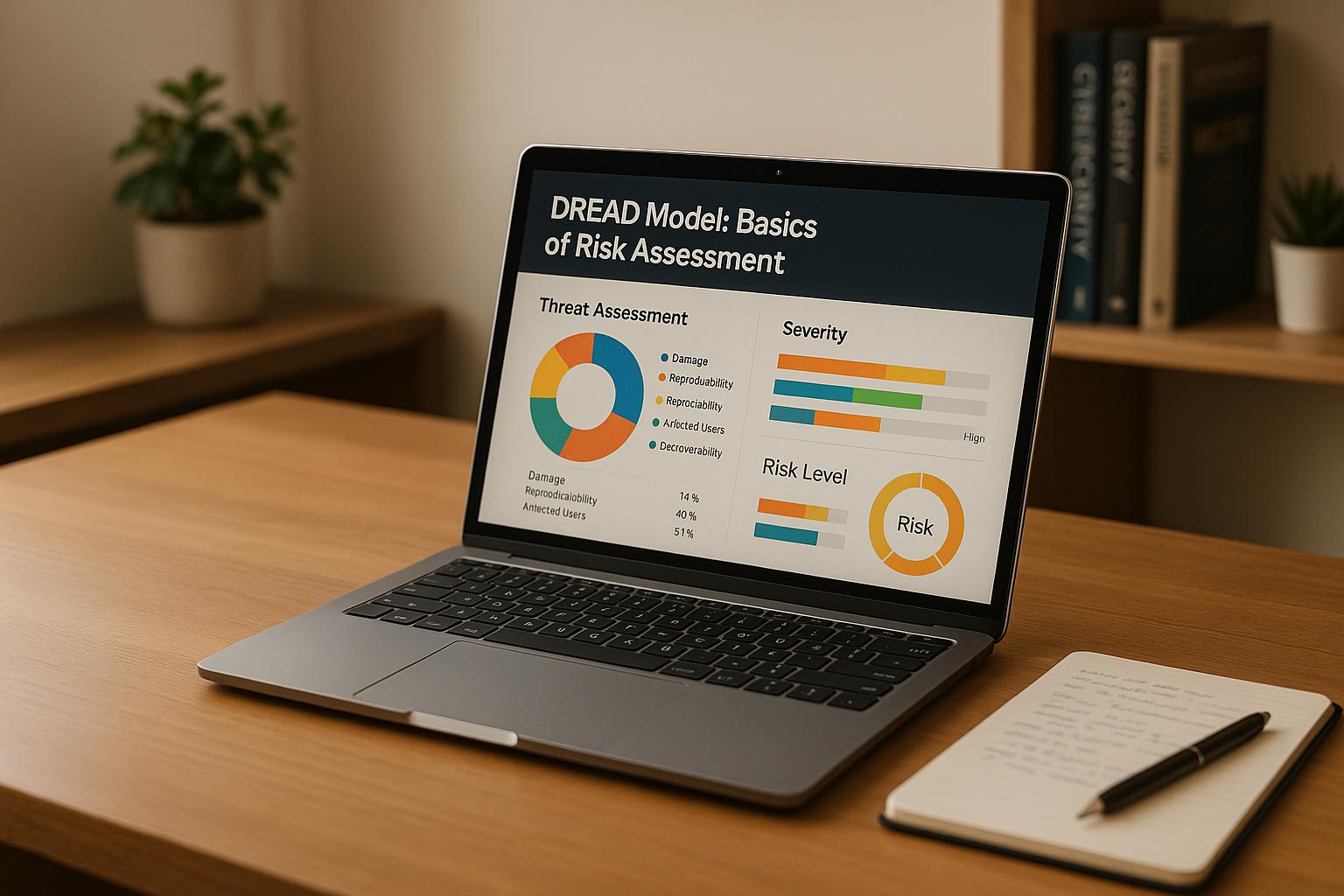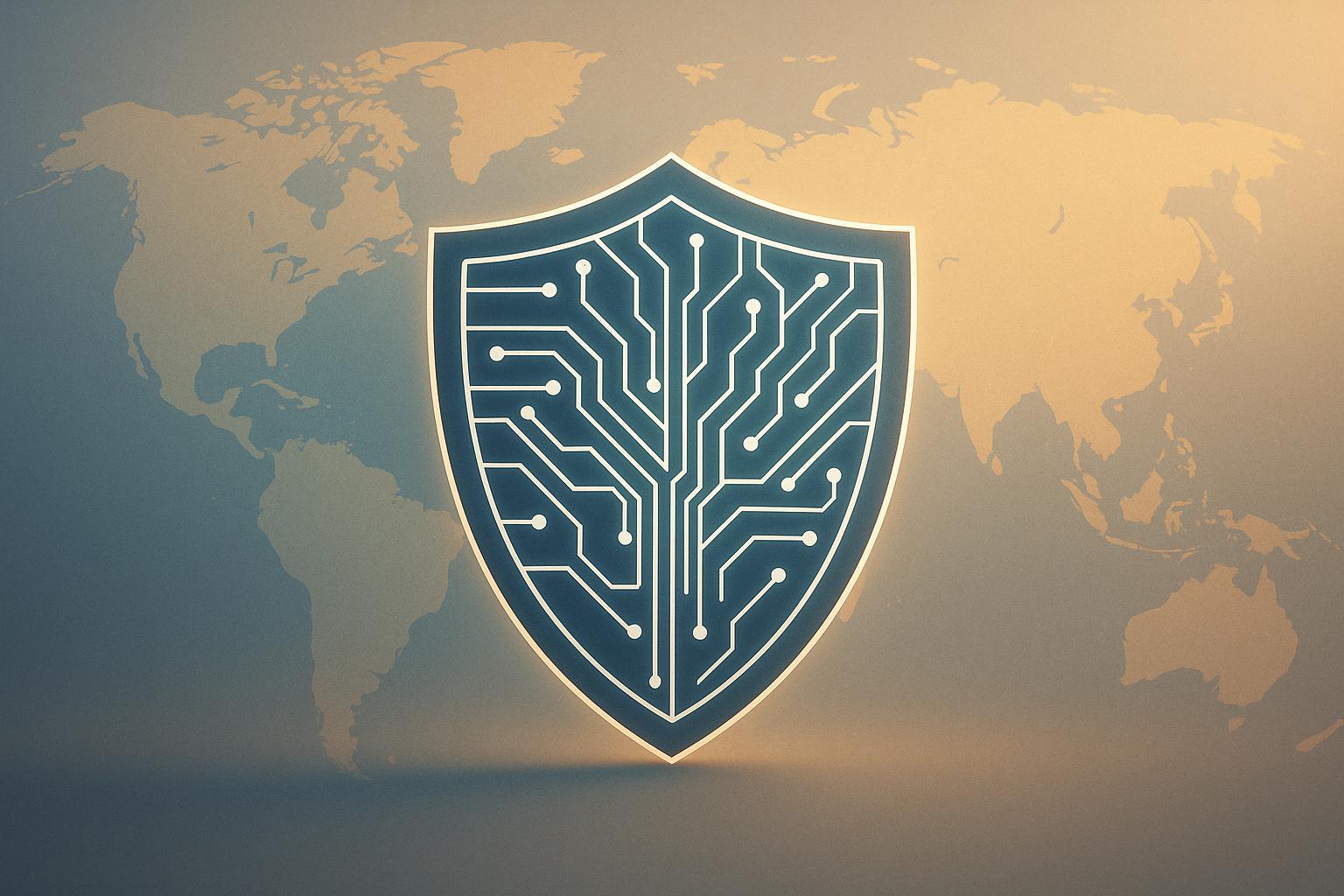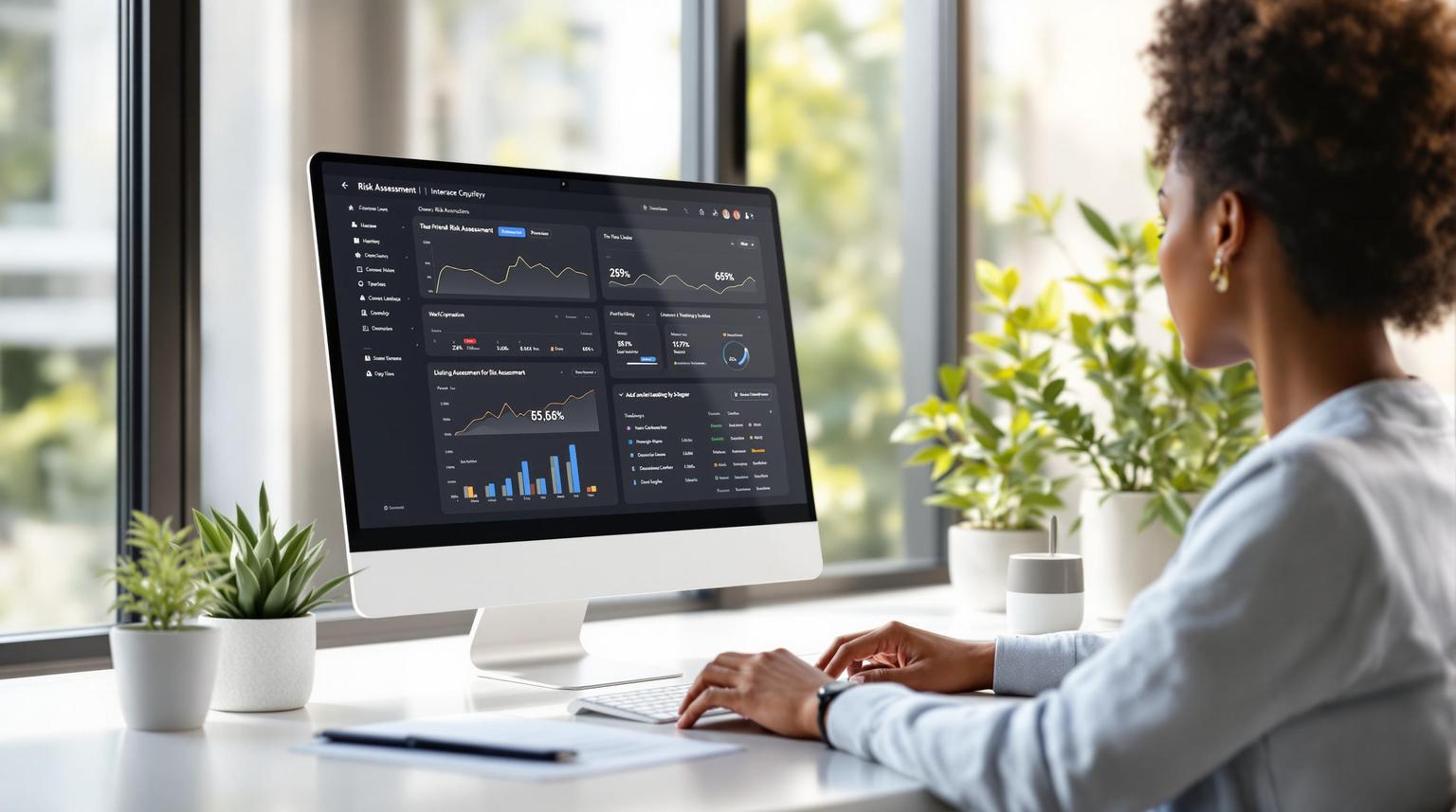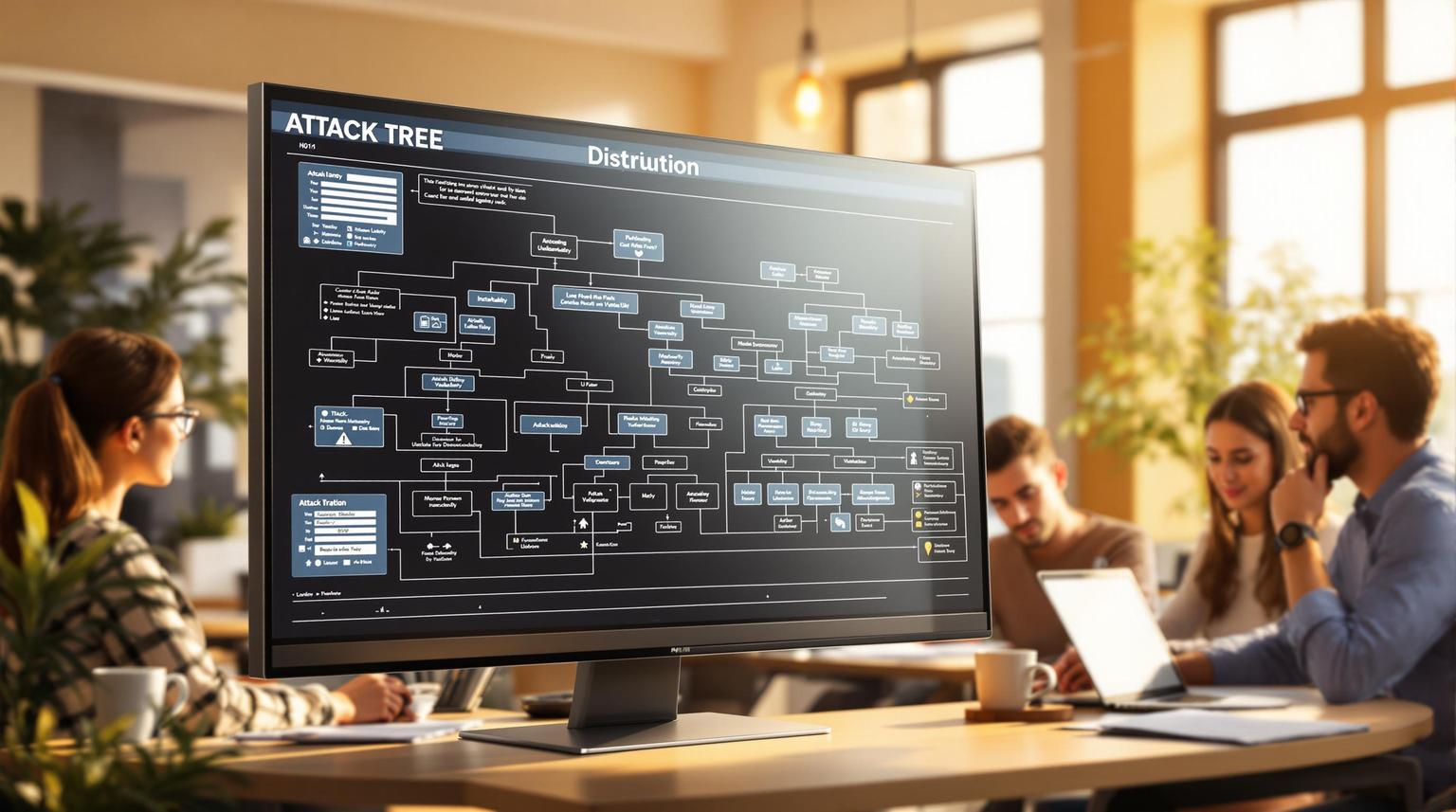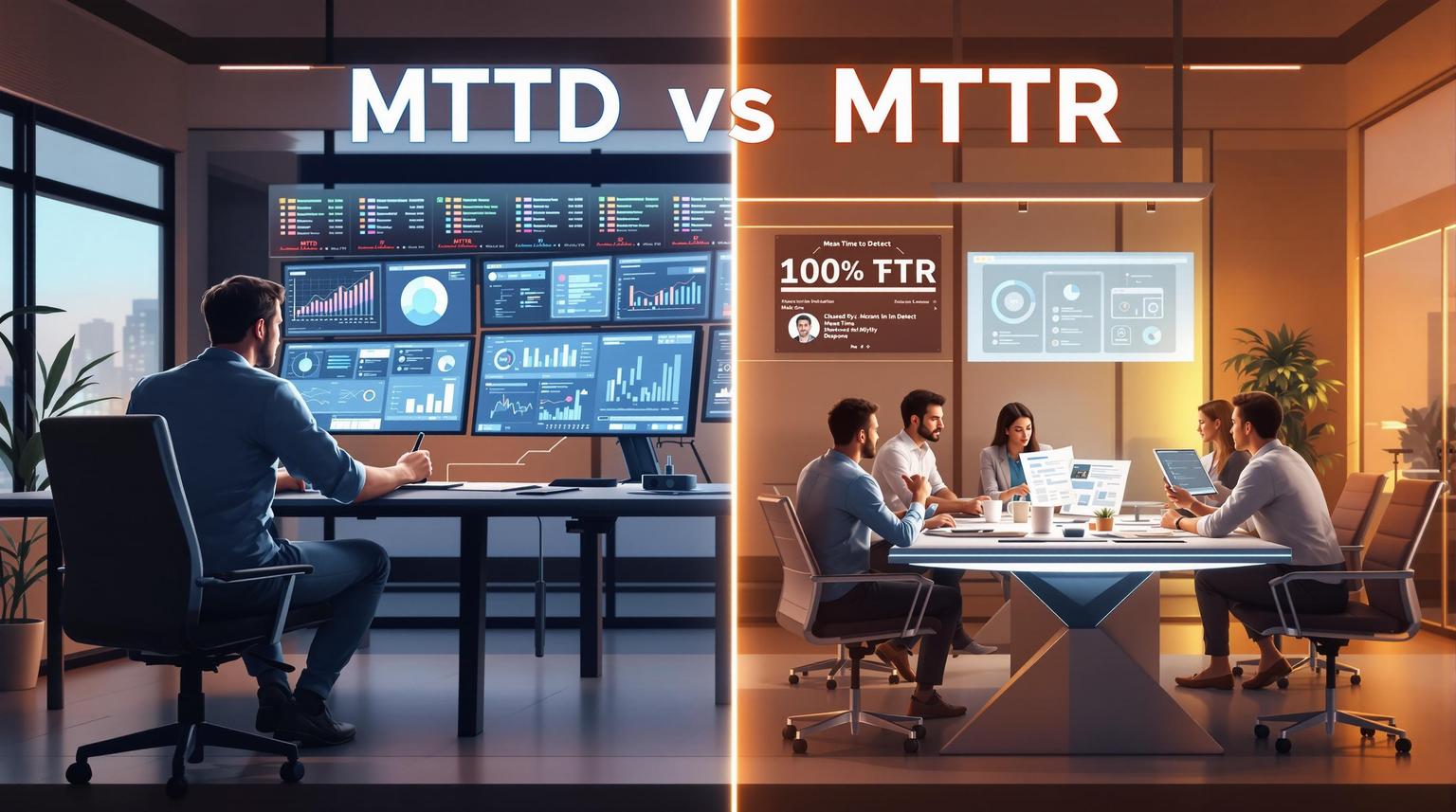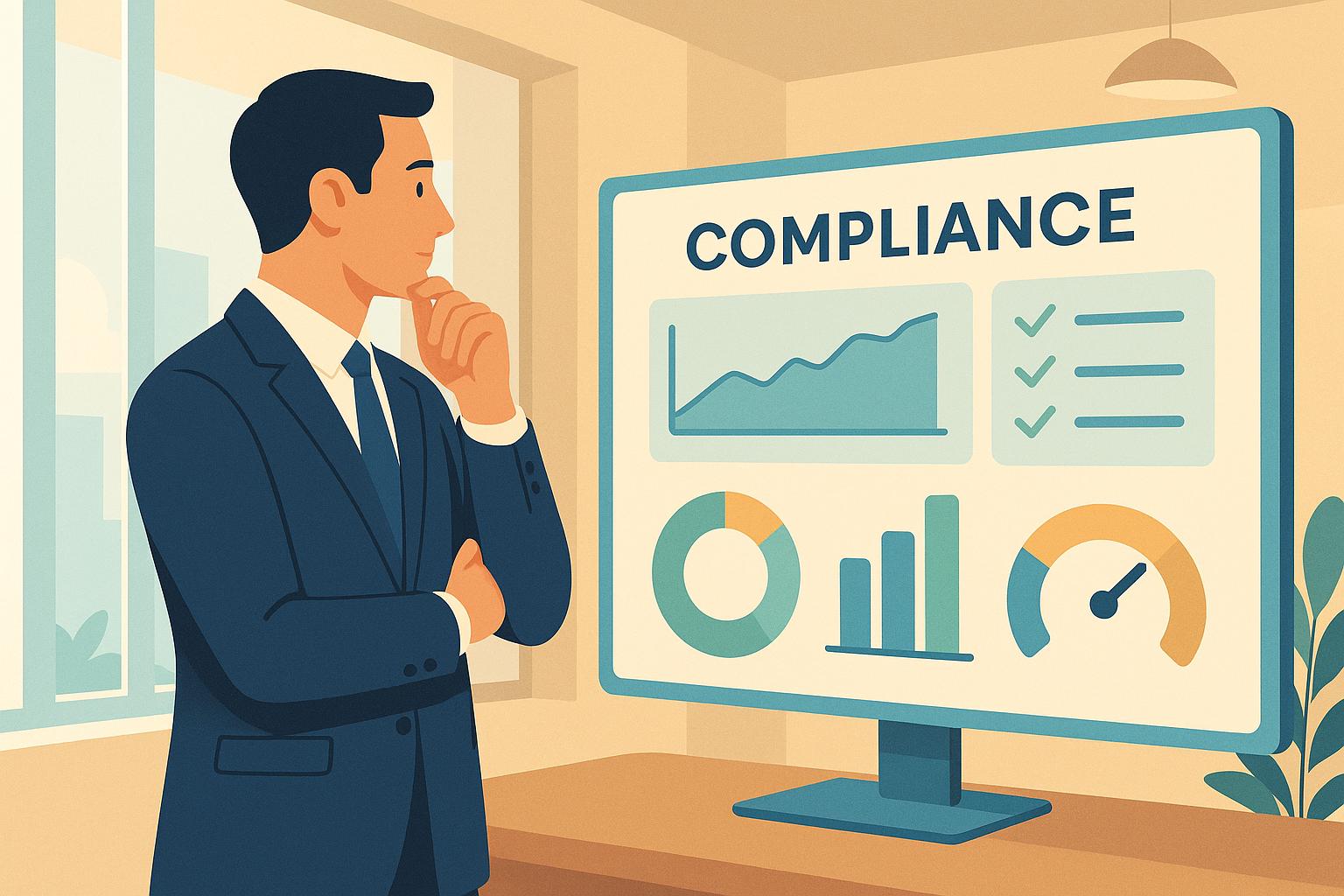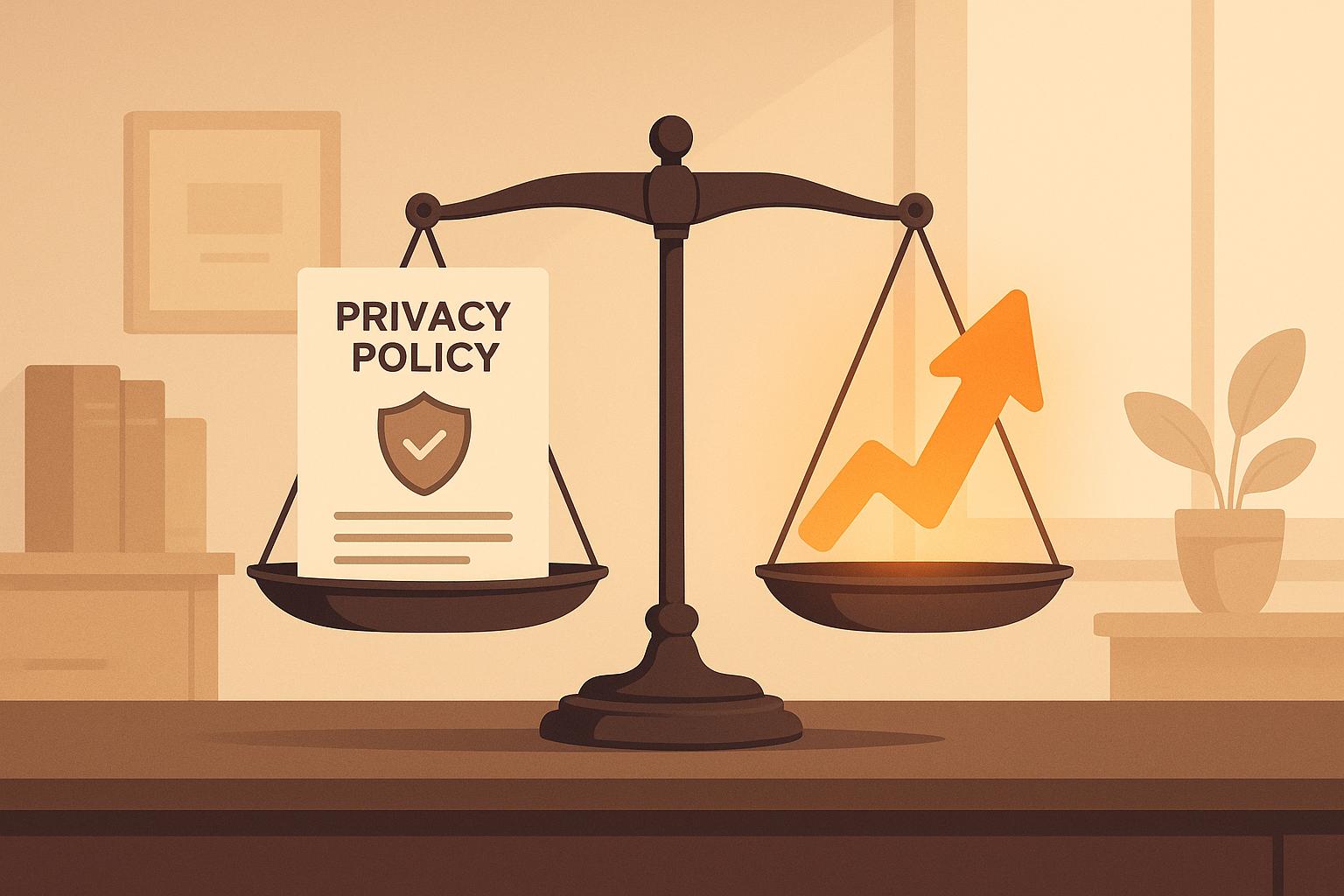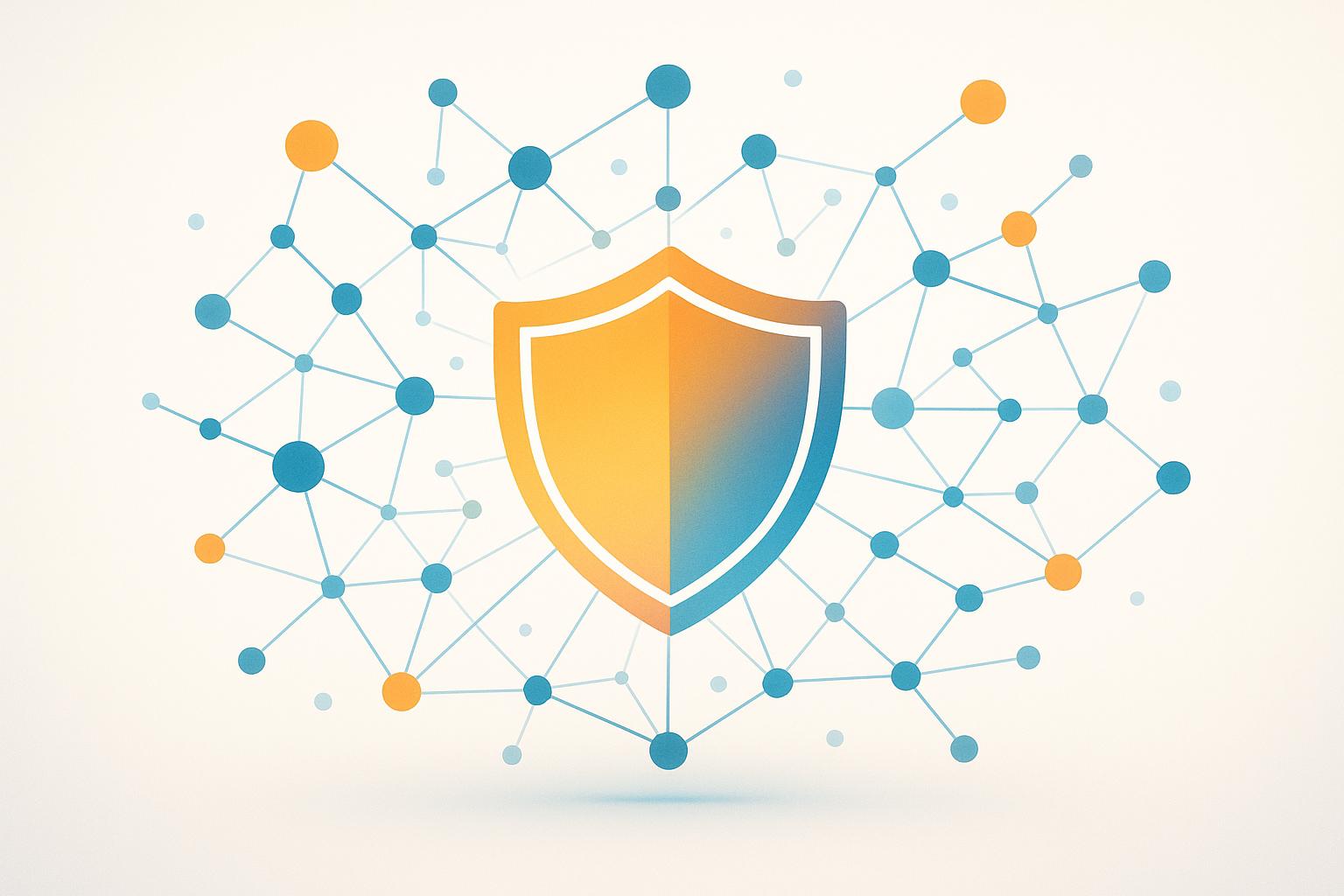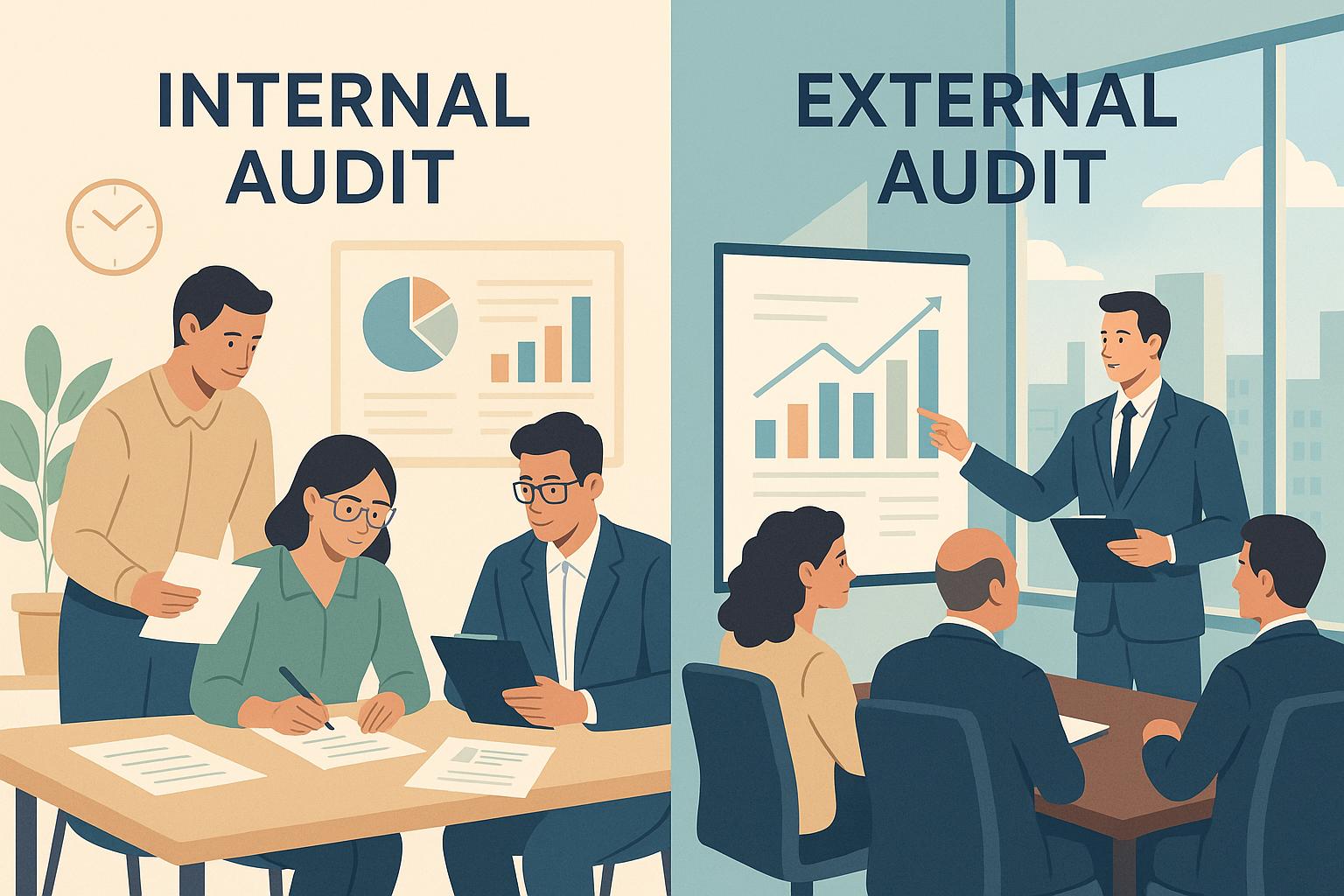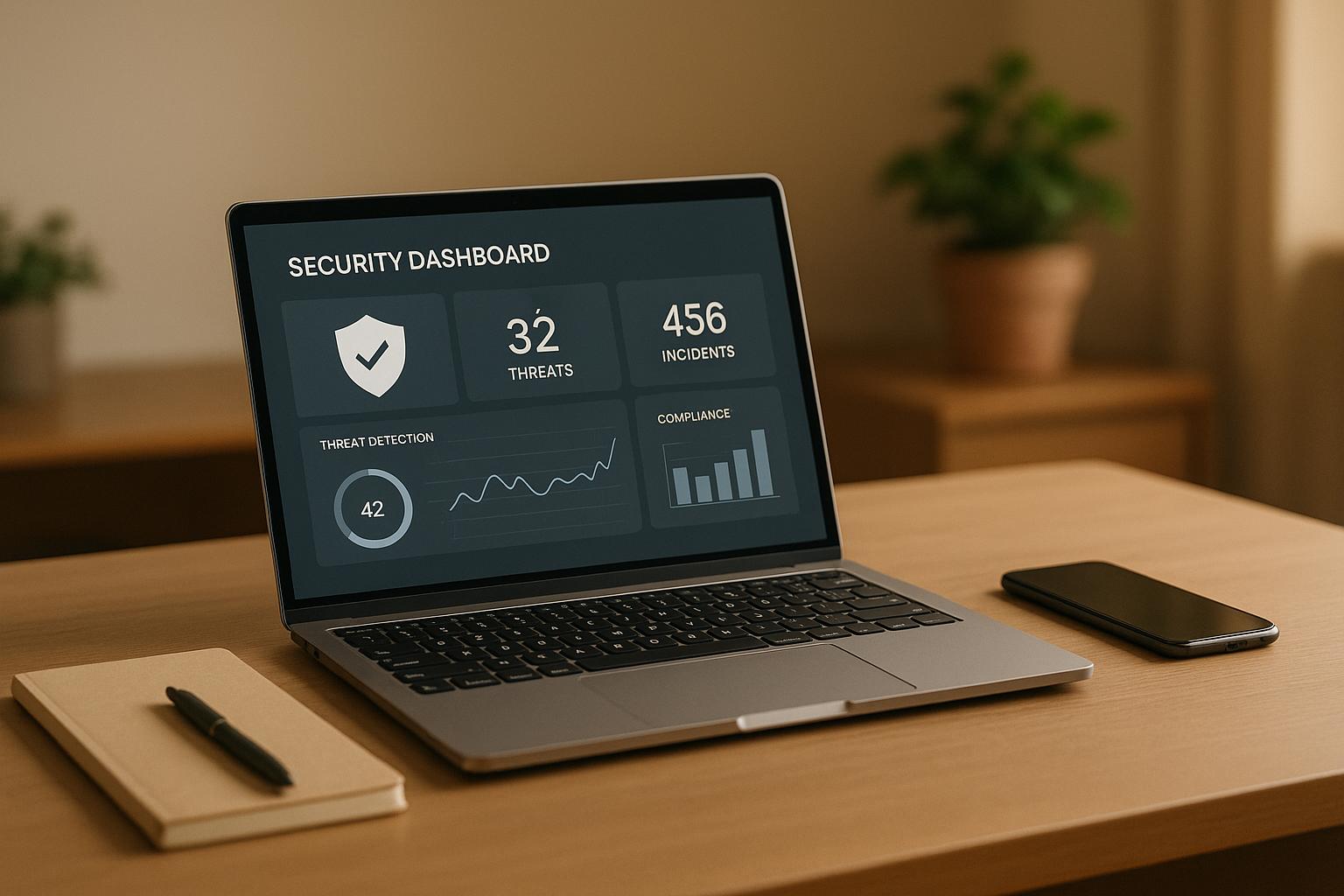
You don’t need a full security team to protect your business. Here’s how you can build an effective security program using outsourcing, automation, and smart planning:
- Start with a Risk Assessment: Identify your assets, vulnerabilities, and the most critical areas to secure.
- Choose a Compliance Framework: Match your business needs to frameworks like SOC 2, ISO 27001, or HIPAA.
- Outsource Security Services: Use Managed Service Providers (MSPs) or Virtual CISOs to get expert-level security without hiring full-time staff.
- Automate Compliance Processes: Tools like Drata or Vanta streamline evidence collection, reporting, and monitoring.
- Adopt Continuous Compliance Practices: Shift from periodic checks to real-time monitoring for ongoing protection.
Why it matters: Cybercrime is predicted to cost $10.5 trillion globally by 2025. Starting small with these steps can safeguard your data, build customer trust, and avoid costly breaches - all without the overhead of an in-house team.
Running a Cloud Security Program with No Dedicated Security Team
Evaluate Your Security and Compliance Requirements
To effectively allocate resources, start by identifying your assets and the standards that apply to your organization. This foundational step ensures your efforts are guided by the right frameworks and that resources are focused where they’re needed most.
Perform a Security Risk Assessment
A security risk assessment acts as a blueprint for uncovering vulnerabilities and potential threats across your organization. By identifying security gaps, you can focus on critical areas and avoid wasting resources on less pressing concerns.
Begin by mapping your assets - this includes hardware, software, user accounts, and data storage. Think of everything from servers and laptops to cloud storage. Using data flow diagrams can help you pinpoint weak spots in how information moves through your systems.
Next, categorize your data based on access levels, such as:
- Public
- Confidential
- Internal Use Only
- Intellectual Property
- Compliance Restricted Data
This will help you determine which assets require stronger protections.
Conduct vulnerability scans, penetration testing, and policy reviews to identify issues like outdated software, weak passwords, or insufficient training. When assessing risks, consider both the tangible costs, such as replacement expenses and lost revenue, and the intangible impacts, like damage to your reputation or loss of competitive edge.
Assign a risk rating to each vulnerability by evaluating its likelihood of exploitation and potential impact. Document your findings with clear action steps and timelines for solutions, whether that means implementing better training, updating software, or tightening access controls.
"As more of our physical world is connected to and controlled by the virtual world, and more of our business and personal information goes digital, the risks become increasingly daunting. While it has never been more important to manage cybersecurity risk, it also has never been more difficult." – Dave Hatter, Cybersecurity Consultant at Intrust IT
It’s worth noting that 23% of small businesses experienced at least one cyber attack in 2020, with an average financial loss exceeding $25,000 annually. These insights from your risk assessment will help guide your choice of compliance frameworks.
Choose the Right Compliance Frameworks
The compliance framework you select should align with your industry, customer expectations, and operational goals. Start by understanding the regulations that apply to your business and the expectations of your customer base.
For instance, if you’re a North American SaaS or cloud provider, SOC 2 is often the go-to framework. If your business operates globally or serves customers in Europe or Asia, ISO 27001 is typically more relevant.
Here’s how some common frameworks align with specific needs:
| Framework | Best For | Geographic Focus | Flexibility |
|---|---|---|---|
| SOC 2 | SaaS companies, cloud service providers | North America | High – customizable scope |
| ISO 27001 | Organizations seeking comprehensive ISMS | International, Europe, Asia | Low – prescriptive requirements |
| NIST CSF | Organizations wanting a structured approach | United States | High – adaptable framework |
| HIPAA | Healthcare sector | United States | Low – specific requirements |
| PCI DSS | Companies processing credit cards | Global | Low – strict standards |
If you’re in healthcare, HIPAA compliance is non-negotiable. Companies handling credit card payments must adhere to PCI DSS. Businesses working with EU citizens’ data need to comply with GDPR, while handling California residents’ data requires meeting CCPA standards.
When choosing a framework, consider your operational needs. For example, SOC 2 offers flexibility by letting you define the scope of your audit, focusing on specific services or systems. On the other hand, ISO 27001 takes a broader approach, requiring a full Information Security Management System (ISMS) that covers multiple domains - ideal for companies aiming for a comprehensive strategy.
"The cost of non-compliance is great. If you think compliance is expensive, try non-compliance." – Paul McNulty
The framework you choose will shape your security efforts. Smaller businesses might manage with a single framework, while larger organizations often need to juggle multiple frameworks to meet diverse requirements. For example, achieving ISO 27001 certification can open up global opportunities, while SOC 2 compliance is often a must for B2B SaaS companies in North America.
Use Outsourced Security and Compliance Services
Once you've nailed down your security needs and chosen the right frameworks, the next step is figuring out how to bring them to life. If your organization doesn’t have an in-house team to handle this, outsourcing security and compliance services can be a smart way to get the protection you need without the expense of hiring full-time staff.
Outsourcing your cybersecurity means handing over the reins to a third-party provider, often a Managed Service Provider (MSP). As cyber threats become more sophisticated and compliance requirements grow more demanding, this approach is gaining traction. Here’s a sobering stat: 43% of cyberattacks target small businesses, yet only 14% of them are prepared.
"Outsourcing cybersecurity can help your business reduce risk, improve compliance, and protect itself from evolving cyber threats." – ThinkSecureNet
The numbers back up the trend. The compliance outsourcing market is projected to grow at a 12.3% annual rate from 2021 to 2028. According to Deloitte’s Global Outsourcing Survey, 60% of companies already outsource at least one compliance function. In the financial sector, that figure jumps to 64% for large institutions.
Why Outsourcing Security Leadership and Compliance Makes Sense
For organizations building their first security program, outsourcing offers several advantages. The most immediate perk? Cost savings. Hiring and maintaining an internal cybersecurity team requires a hefty investment in salaries, benefits, and continuous training. Outsourcing gives you instant access to seasoned professionals who know the ins and outs of compliance frameworks and security practices - expertise that could take years to cultivate in-house.
Outsourced services also scale easily. MSPs offer flexible pricing that adjusts as your business grows, making it easier to expand your security efforts without the headaches of hiring and onboarding new staff.
Another big plus is 24/7 monitoring and response. Security Operations Center as a Service (SOCaaS) users report a 70% drop in cybersecurity incidents thanks to proactive threat detection and rapid response.
Specialized services like Cycore's Virtual CISO (vCISO) provide strategic security leadership without the cost of a full-time executive. A vCISO can craft your security strategy, lead compliance initiatives, and guide your security investments. Similarly, Virtual Data Protection Officer (vDPO) services help businesses meet privacy regulations like GDPR or CCPA without needing a dedicated privacy expert.
For organizations leveraging compliance tools like Drata, Vanta, Secureframe, or Thoropass, GRC Tool Administration services handle the technical management, ensuring you get the most from your compliance technology.
"Outsourcing business compliance services to experts ensures cost-efficiency, expert guidance, reduced risk, and timely regulatory adherence, allowing you to focus on core operations and growth." – Oliver Brown, Financial Analyst at Bookkeeping By Pros
By outsourcing, you free up your internal team to focus on what they do best - whether that’s product innovation, customer service, or scaling your business.
Outsourcing vs. Building an Internal Team
When deciding between outsourcing and building an internal team, it’s essential to weigh the costs and benefits. Here’s a side-by-side comparison of these two approaches:
| Factor | Outsourced Services | Internal Team |
|---|---|---|
| Initial Cost | Lower upfront investment with predictable monthly fees | High upfront costs for salaries, benefits, and equipment |
| Ongoing Expenses | Scalable pricing that grows with your business | Fixed costs, including ongoing training expenses |
| Expertise Access | Immediate access to diverse, experienced professionals | Limited to the expertise of the individuals you hire |
| Coverage Hours | 24/7 monitoring and response | Limited to business hours |
| Scalability | Easy to adjust as needs evolve | Costly and time-consuming to expand or reduce staff |
| Regulatory Knowledge | Specialists keep up with changing regulations | Requires constant training and certification updates |
| Technology Access | Access to top-tier security tools and platforms | Must invest in and maintain tools independently |
| Response Time | Faster response from dedicated teams | Dependent on internal team availability |
Outsourcing offers a cost-efficient way to tap into high-level expertise and enterprise-grade tools, providing robust security without the overhead of an in-house team. Another key advantage is speed - outsourced providers can often start protecting your organization within days, a huge benefit when facing tight compliance deadlines or urgent threats.
That said, outsourcing isn’t without its challenges. You’ll need to ensure your provider follows strict security protocols and that contracts clearly outline responsibilities and data handling practices. While outsourcing can execute your security strategy, your leadership team remains accountable for your organization’s overall security posture. Success depends on clear communication, well-defined expectations, and regular performance reviews.
sbb-itb-ec1727d
Automate Governance, Risk, and Compliance Processes
Once your outsourced security measures are in place, the next step is to automate your compliance workflows. Manual processes can be slow and prone to errors, but automating governance, risk, and compliance (GRC) tasks simplifies these operations and improves efficiency. By integrating automation, you can build on your outsourced security foundation, ensuring a more scalable and streamlined approach to compliance.
GRC automation can increase productivity by as much as 70% through real-time monitoring, faster reporting, and better risk visibility. With non-compliance potentially costing organizations an average of $14.82 million annually, automation becomes a vital investment for mitigating risks and enhancing operational efficiency.
Use GRC Automation Platforms
GRC platforms are the backbone of any automated compliance strategy. These tools centralize regulatory requirements, monitor risks, and ensure adherence to standards. Platforms like Drata, Vanta, Secureframe, and Thoropass simplify tasks such as evidence collection, policy management, and reporting. For example, automating these processes can cut the time needed for SOC 2 compliance by 50%. The key is selecting platforms that offer automated workflows, real-time monitoring, and seamless integration with your existing systems.
"This year, we invested time in setting up our GRC platform in a way that will help us reap the benefits of automation next year and for years to come . . . We plan to further automate our compliance operations with the ultimate goal of automating everything we can automate."
– Mike Caldwell, Senior Program Manager, GRC, Outreach
If managing these platforms feels overwhelming, services like Cycore's GRC Tool Administration can help. They specialize in configuring and managing GRC tools for US-based organizations, allowing you to focus on the bigger picture while they handle the technical complexities. This ensures you get the most out of your compliance technology investment.
To get started, define your objectives - whether it’s improving compliance accuracy, reducing manual effort, or enhancing risk visibility. Evaluate your current systems to identify inefficiencies and pinpoint where automation can deliver the biggest impact.
"Because all of our controls and the details about how those controls function are stored in our GRC platform, I can easily retrieve information I need to answer customers' questions. Our organization is able to be responsive to our customers and demonstrate that we are working towards becoming first-in-class from a security standpoint."
– Mohamed Manga, Engineering Manager – Digital Enablement, Unifonic
Streamline Reporting and Monitoring
Automated workflows are just one part of the equation. Reporting and monitoring are equally critical to strengthening your compliance program. Automated reporting transforms a traditionally time-consuming task into an efficient, continuous process. Instead of manually collecting and formatting data, these systems monitor your environment in real time, ensuring that controls are functioning properly 24/7. This constant vigilance allows for proactive management of potential issues, such as anomalies or gaps, which is especially crucial for meeting standards like SOC 2 and ISO 27001.
For US-based organizations, automated reporting also ensures compliance documentation aligns with local conventions - using USD for currency, MM/DD/YYYY for dates, and standard US number formatting. Advanced GRC platforms often include analytics tools, giving you insights into your risk posture, helping you spot trends, and enabling data-driven decisions about security investments. Multi-framework cross-mapping capabilities also prepare your reporting infrastructure to adapt as new compliance requirements arise.
"With our GRC platform, we can immediately understand our compliance posture because it provides a single source of truth on controls that is more reliable than Google sheets."
– Mike Caldwell, Senior Program Manager, GRC, Outreach
Starting with a pilot implementation is a smart way to test the system and address any issues before rolling it out organization-wide. Regular monitoring and continuous improvements will ensure your compliance processes remain effective and adaptable over time.
Implement and Maintain Continuous Compliance Practices
Keeping up with compliance over time can be one of the toughest challenges, especially when your resources are stretched thin. The key is to adopt continuous compliance, which shifts your approach from periodic, reactive efforts to proactive, ongoing monitoring. This method helps catch potential issues before they escalate into audit flags or incidents.
Unlike traditional compliance methods that rely on occasional snapshots, continuous compliance ensures that your compliance status is monitored in real-time. This proactive approach is particularly helpful for organizations without large, dedicated teams, as it prevents minor issues from snowballing into significant problems.
"Continuous compliance is the ongoing process of ensuring that an organization consistently adheres to regulatory standards and internal policies for its systems, applications, employees, partners, and engagement with stakeholders." - StrongDM Team
Some key benefits include early issue detection, reduced manual workload, compatibility with multiple frameworks, and improved credibility with auditors. For US-based organizations, this approach also ensures your documentation aligns with local standards, such as using MM/DD/YYYY date formats, USD currency, and standard US number formatting.
Here’s a streamlined five-step process to help you embed continuous compliance into your daily operations.
Steps for Maintaining Compliance
A structured approach is essential for successful continuous compliance. By building on existing automation and outsourced services, you can create a self-sustaining compliance system.
- Establish a baseline: Start by mapping out all the frameworks and regulations relevant to your organization. Take stock of your current controls and pinpoint any gaps that need to be addressed. This baseline serves as your reference point for tracking progress and ensuring no detail is overlooked.
- Automate tracking: Use automation to handle policy tracking, evidence collection, and control monitoring across all systems. Integration with your existing tools can create a unified view of your compliance status.
- Define ownership: Assign clear responsibilities for every aspect of your compliance program. Even if you don’t have a dedicated team, someone must be accountable for each control and policy. This might involve distributing tasks among your current staff or leaning more on outsourced partners.
- Monitor continuously: Set up automated control tests and real-time risk monitoring. Configure your GRC platform to flag issues immediately, ensuring critical controls are prioritized and thresholds are established for immediate action.
- Regular reviews and updates: Conduct periodic reviews, update your risk registers, and adjust policies as needed. This ongoing rhythm keeps compliance from becoming a last-minute scramble.
To streamline your efforts, centralize all policies, procedures, and controls in one accessible location. Implement a structured testing plan with clear parameters for control validation and evidence collection. Most importantly, stay updated on regulatory changes to avoid falling behind.
Use Cycore's Continuous Compliance Services
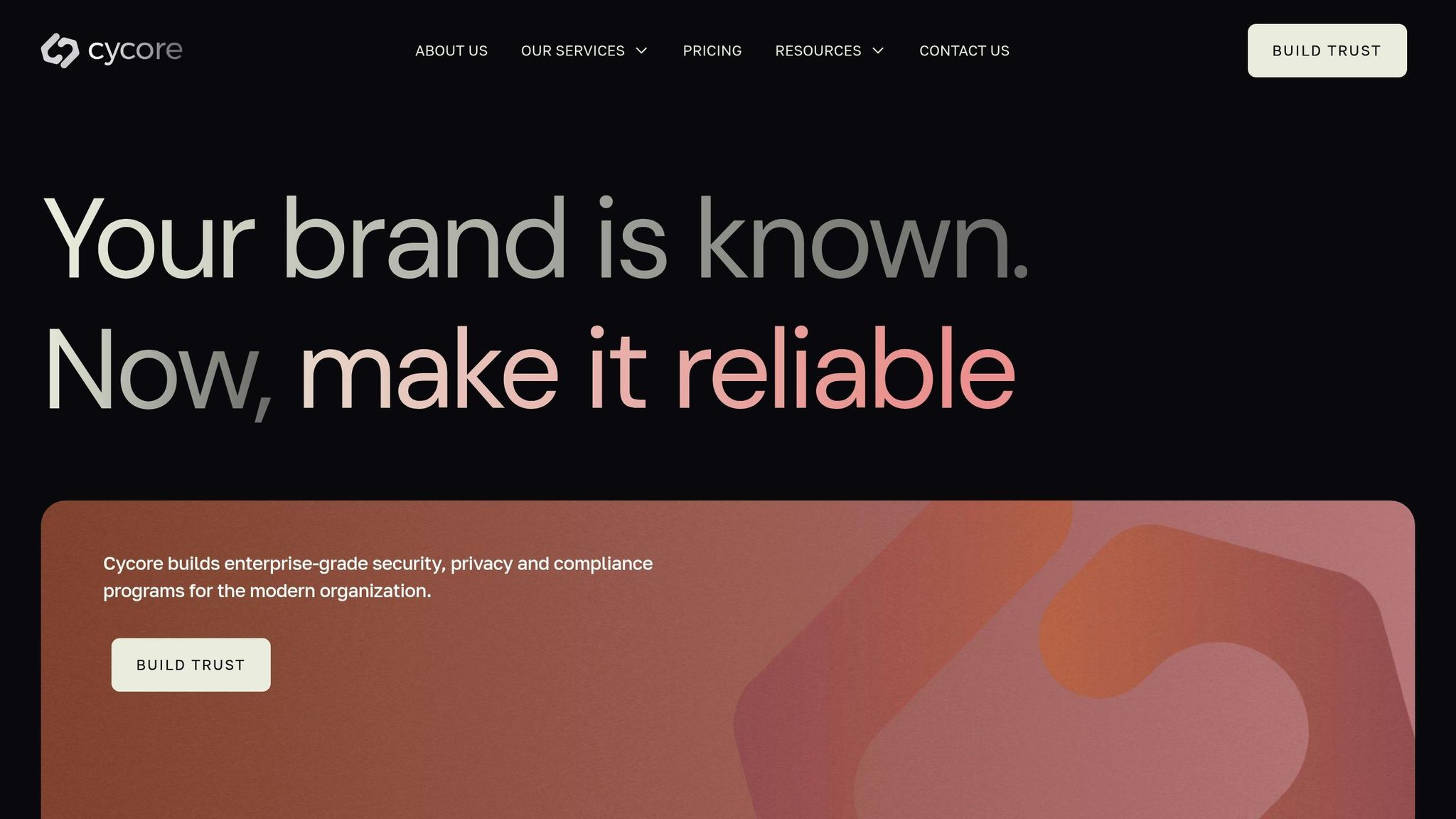
If your organization lacks the resources for a dedicated compliance team, Cycore offers services designed to extend your automated defenses and provide ongoing oversight. Their comprehensive solutions are tailored for US-based organizations navigating frameworks like SOC 2, HIPAA, ISO 27001, and HITRUST, ensuring that continuous compliance becomes manageable and effective.
"Our Compliance Services are designed to help your organization navigate the complexities of industry regulations, including SOC 2, HIPAA, ISO 27001, HITRUST, and other frameworks. We work with your team to establish and maintain compliance, ensuring that your business is always audit-ready and can leverage compliance as a differentiator in the market." - Cycore
Cycore goes beyond the initial setup. They assess your current compliance posture, implement necessary controls, ensure accurate documentation, and offer full support during audits. This approach ensures that your compliance efforts are sustainable as your business evolves and regulations change.
The impact of these services is clear. For example, ReadMe significantly streamlined their compliance processes with Cycore’s GRC services. By cutting manual tasks and reducing the time spent on security questionnaires by 66%, they saved 1,656 hours annually. This efficiency allowed them to close deals faster and focus on growth.
Cycore’s solutions are scalable, adapting to your business needs without requiring a complete overhaul of your compliance infrastructure. Their flexible engagement model also includes access to virtual Data Protection Officer (vDPO) services for specific projects or ongoing support.
For organizations looking to maintain compliance without overburdening internal resources, Cycore provides the expertise and support needed to turn compliance into a competitive edge. By simplifying compliance management, they help businesses meet requirements cost-effectively while building trust and driving growth.
"Continuous compliance is the backbone of effective risk management, ensuring that businesses not only meet regulatory requirements but also safeguard their reputation." - Joe Aksharan, ISO Lead Auditor at Sprinto
Conclusion: Build a Scalable Security Program Without a Dedicated Team
Creating a strong security program without a dedicated team isn't just achievable - it's becoming the norm. By combining risk assessments, outsourced expertise, and automation tools, businesses can establish a scalable foundation that grows with them while keeping costs under control. These strategies offer a practical way to manage security and compliance effectively.
Consider this: automation tools benefit 75% of companies, yet 76% still struggle with manual compliance processes. This inefficiency wastes an average of 200 hours and $11,700 per employee every year. Clearly, the right tools can make all the difference.
Start with a thorough risk assessment to pinpoint vulnerabilities and set priorities. Use these insights to choose compliance frameworks that match your business needs - like SOC 2 for SaaS companies or HIPAA for healthcare providers. These steps lay the groundwork for a security strategy tailored to your goals. In fact, over half of risk teams report major improvements after adopting advanced analytics, automated workflows, and GRC (Governance, Risk, and Compliance) platforms.
Outsourcing and automation are game-changers. Third-party providers bring deep expertise across industries and compliance frameworks, along with access to advanced tools that enhance your capabilities. Meanwhile, automation takes over repetitive tasks like control mapping, evidence collection, and report generation. Real-time monitoring helps catch potential issues early, preventing them from escalating into costly security breaches. With the average data breach in 2024 costing $4.88 million, proactive automation isn't just smart - it's essential.
For US-based companies, it's important to align your security program with local standards. Use MM/DD/YYYY for dates, USD for financial documentation, and standard US number formatting. These small but crucial details demonstrate audit readiness and reinforce a systematic approach to security.
The formula is simple: combine expert guidance with smart automation, maintain continuous monitoring, and work with scalable specialists. This approach transforms security and compliance from daunting tasks into structured, manageable processes that drive growth. By embracing continuous compliance, businesses can turn potential challenges into opportunities for success.
FAQs
How can small businesses choose the right compliance framework for their needs?
Small businesses aiming to choose the right compliance framework should start by identifying the regulations and standards relevant to their industry. This could include data privacy laws or specific cybersecurity requirements. From there, evaluate the unique risks your business faces and determine how frameworks like SOC 2, ISO 27001, or NIST CSF can help mitigate those risks effectively.
It’s also crucial to assess your current processes, policies, and available resources. Conducting this internal review ensures your compliance efforts align with your business objectives. If resources are tight, consider using automation tools or outsourcing governance, risk, and compliance (GRC) tasks. These approaches can simplify the process and help you meet industry standards without overburdening your team.
What are the benefits and challenges of outsourcing cybersecurity for companies without an in-house security team?
Outsourcing cybersecurity offers valuable benefits for businesses that lack an in-house security team. Some of the standout advantages include lower costs, access to specialized professionals, and the ability to ramp up security measures quickly. It’s also a practical way to meet compliance requirements for standards like SOC 2 or ISO 27001, even if your internal resources are stretched thin.
That said, outsourcing isn’t without its challenges. Companies may face less control over certain security processes, reliance on external providers, and the possibility of delayed responses during urgent situations. To address these concerns, it’s crucial to thoroughly vet potential vendors, draft clear and detailed contracts, and maintain ongoing communication to ensure their efforts align with your security objectives.
How can automating governance, risk, and compliance (GRC) processes improve the efficiency and effectiveness of a security program?
Automating governance, risk, and compliance (GRC) processes can transform how your security program operates. By taking over repetitive manual tasks, automation not only saves time but also minimizes the risk of human error. Plus, with continuous monitoring in place, your team can shift their focus to more strategic, high-impact activities while streamlining compliance management for quicker and more precise results.
Automation also boosts effectiveness by offering real-time insights into potential risks. This means your team can make informed, proactive decisions and enforce policies consistently across the board. On top of that, automation makes it easier to scale your efforts, helping you stay on top of changing compliance demands and maintain a strong security framework - even when resources are tight.


